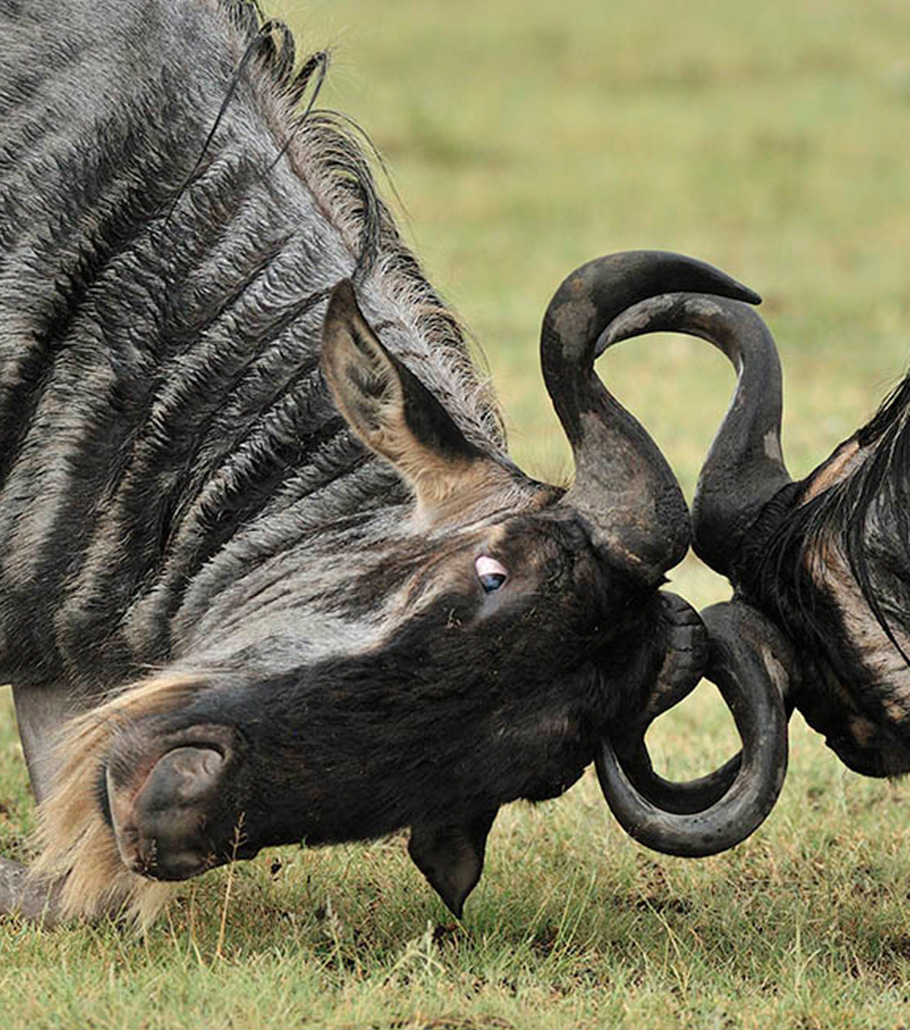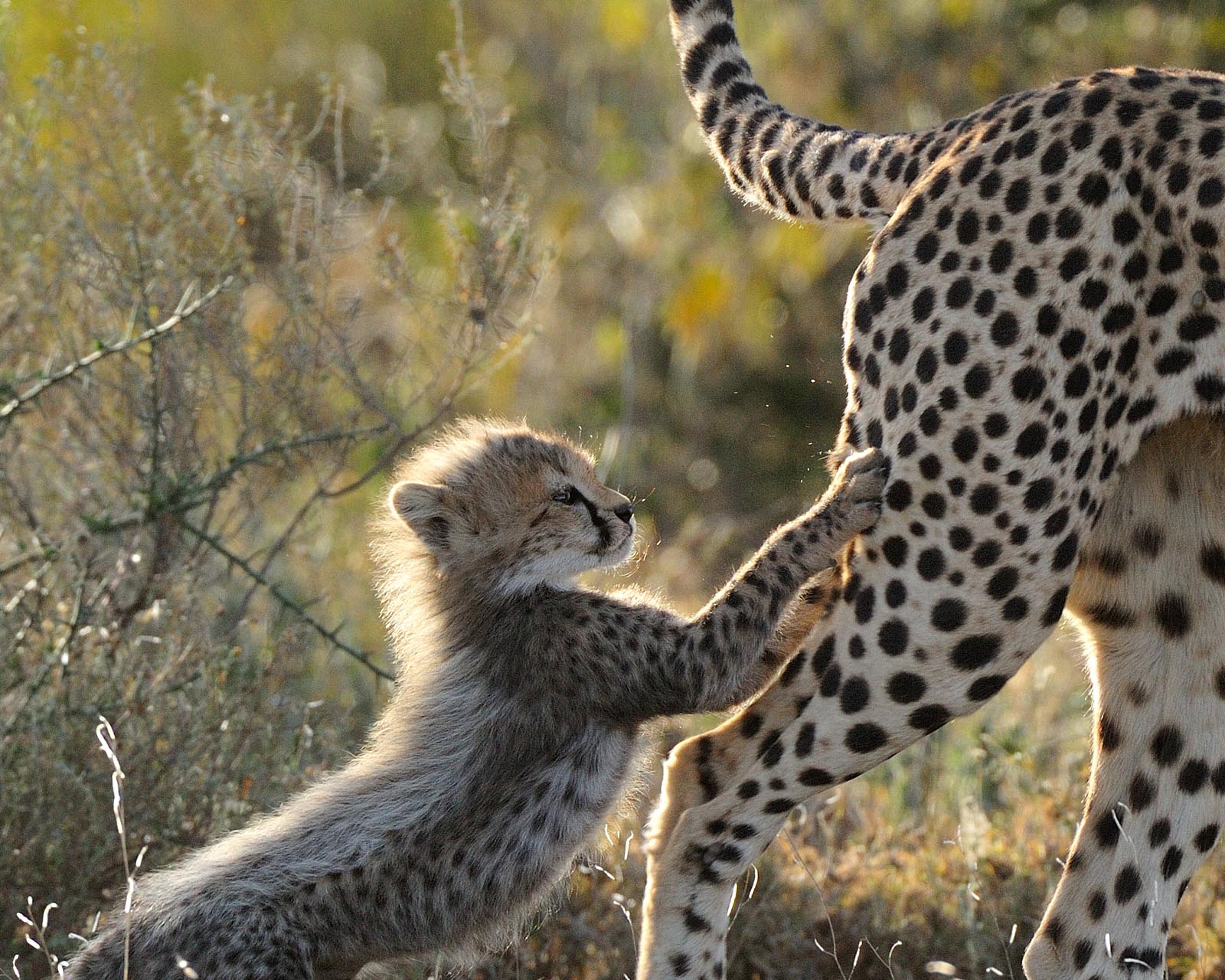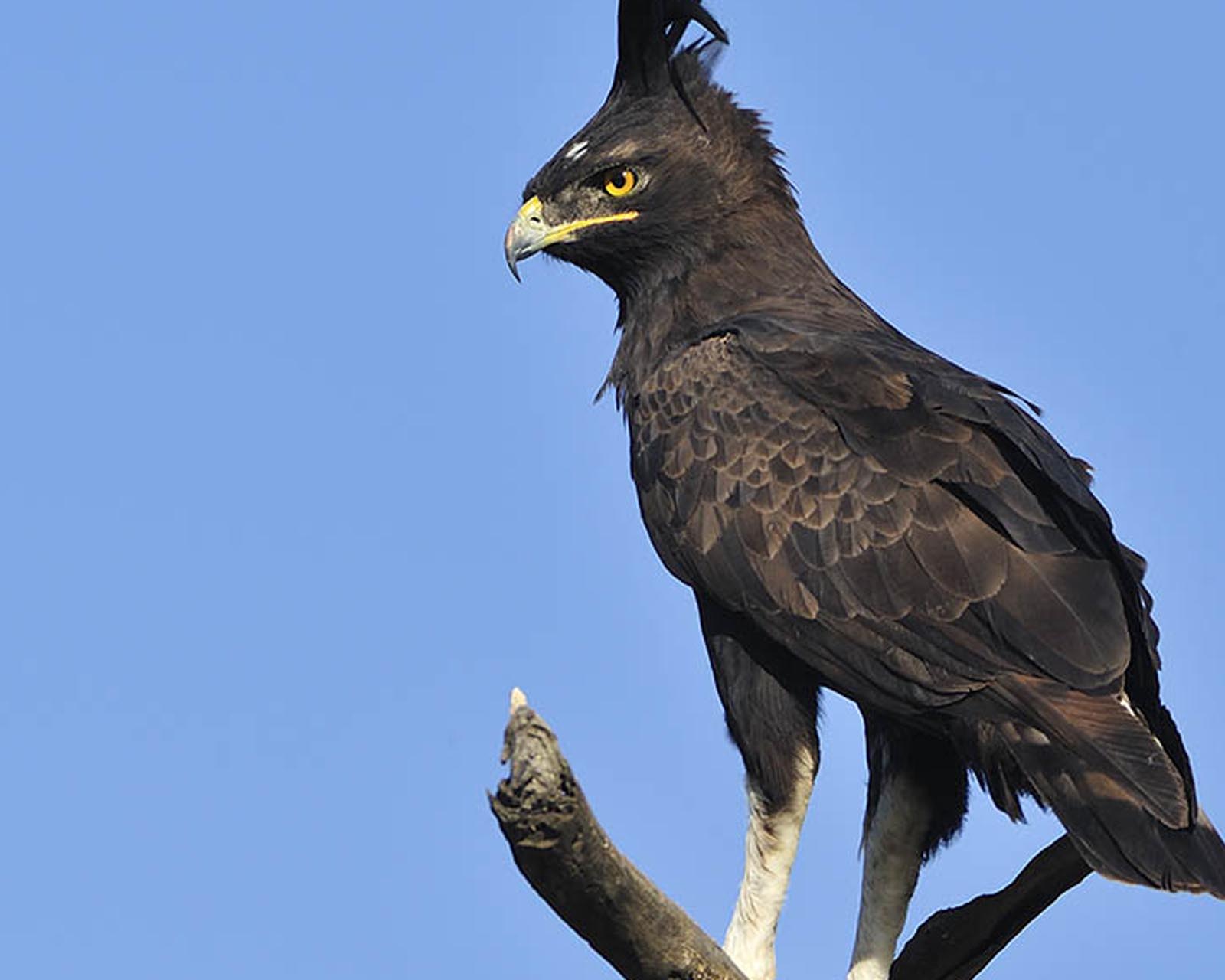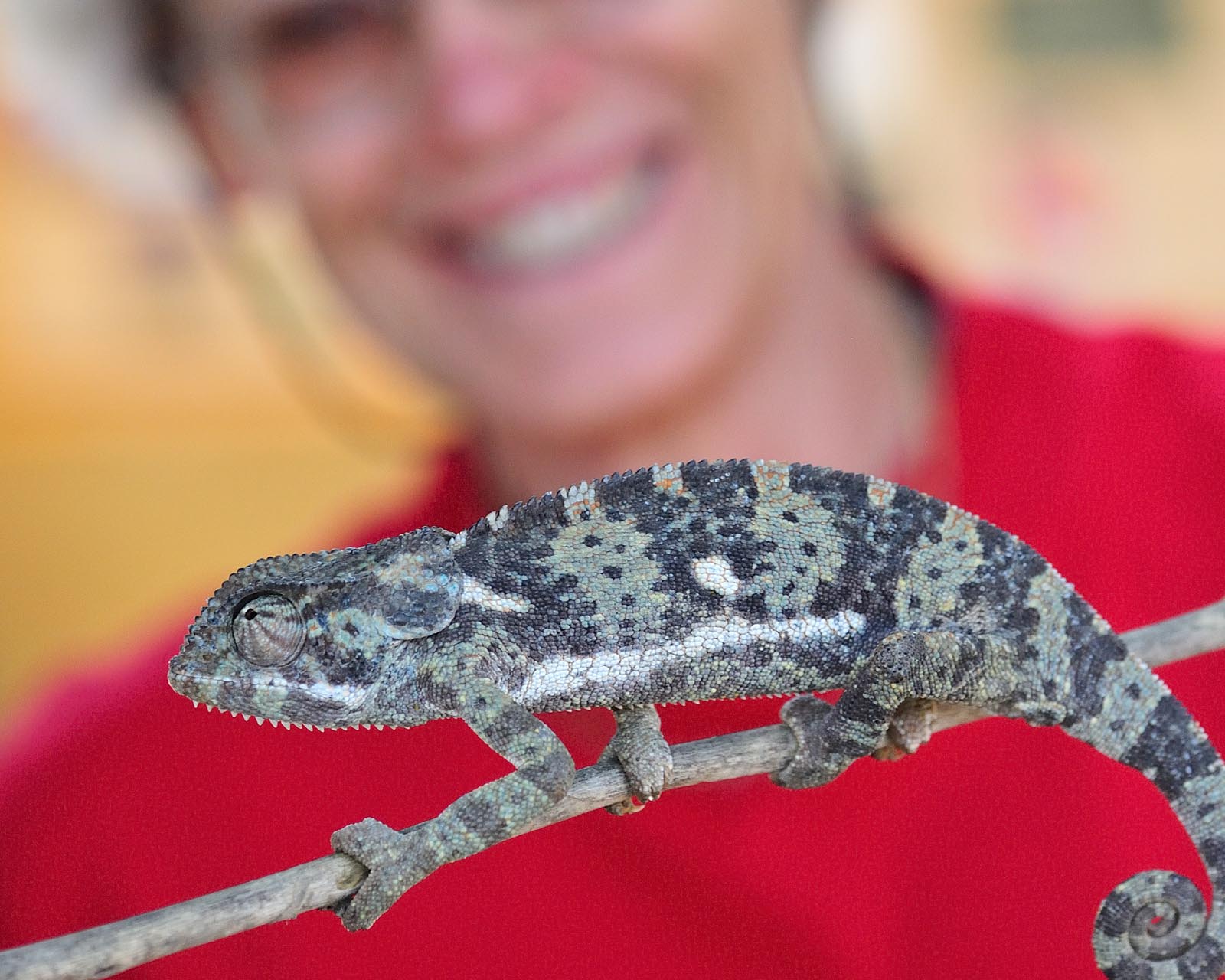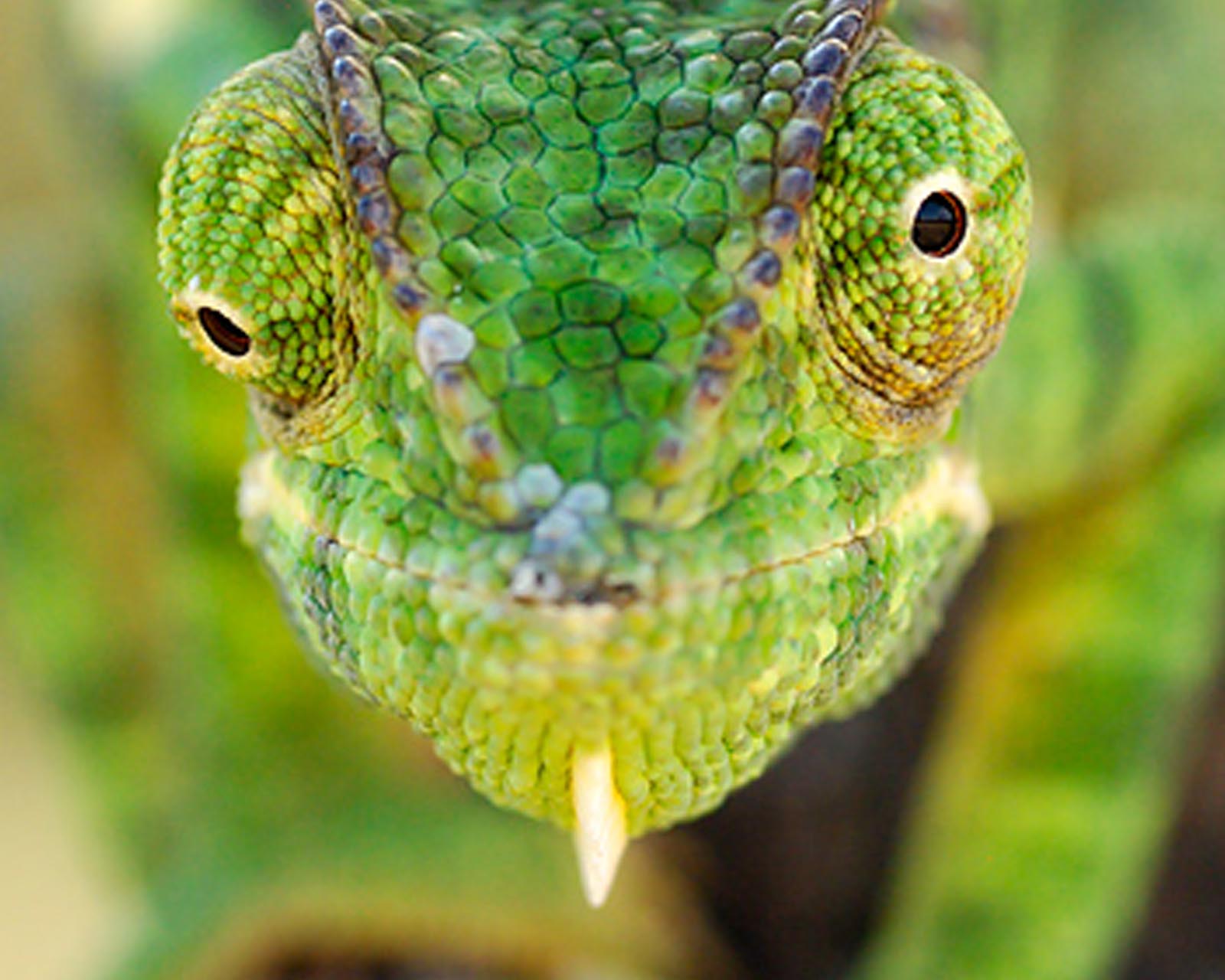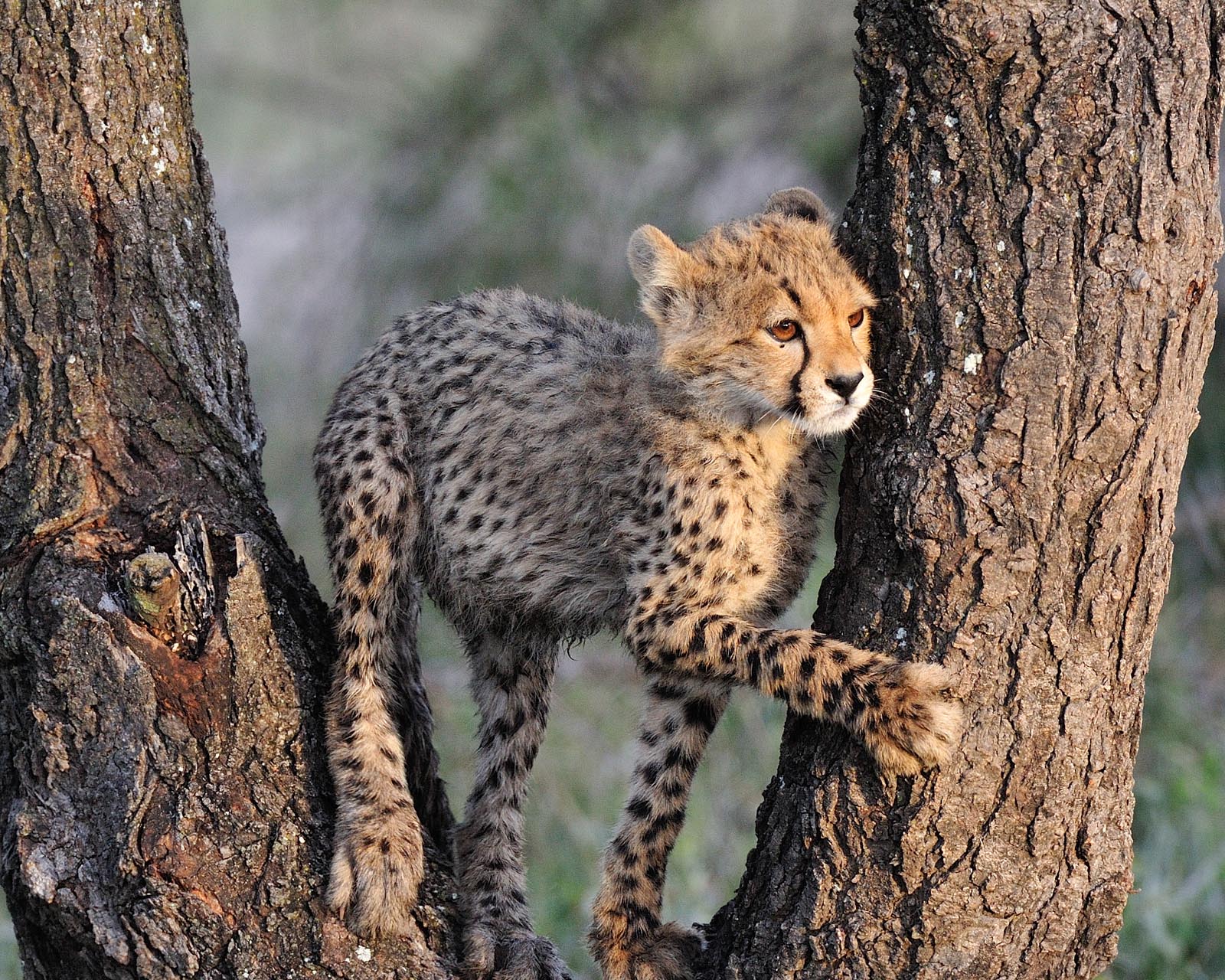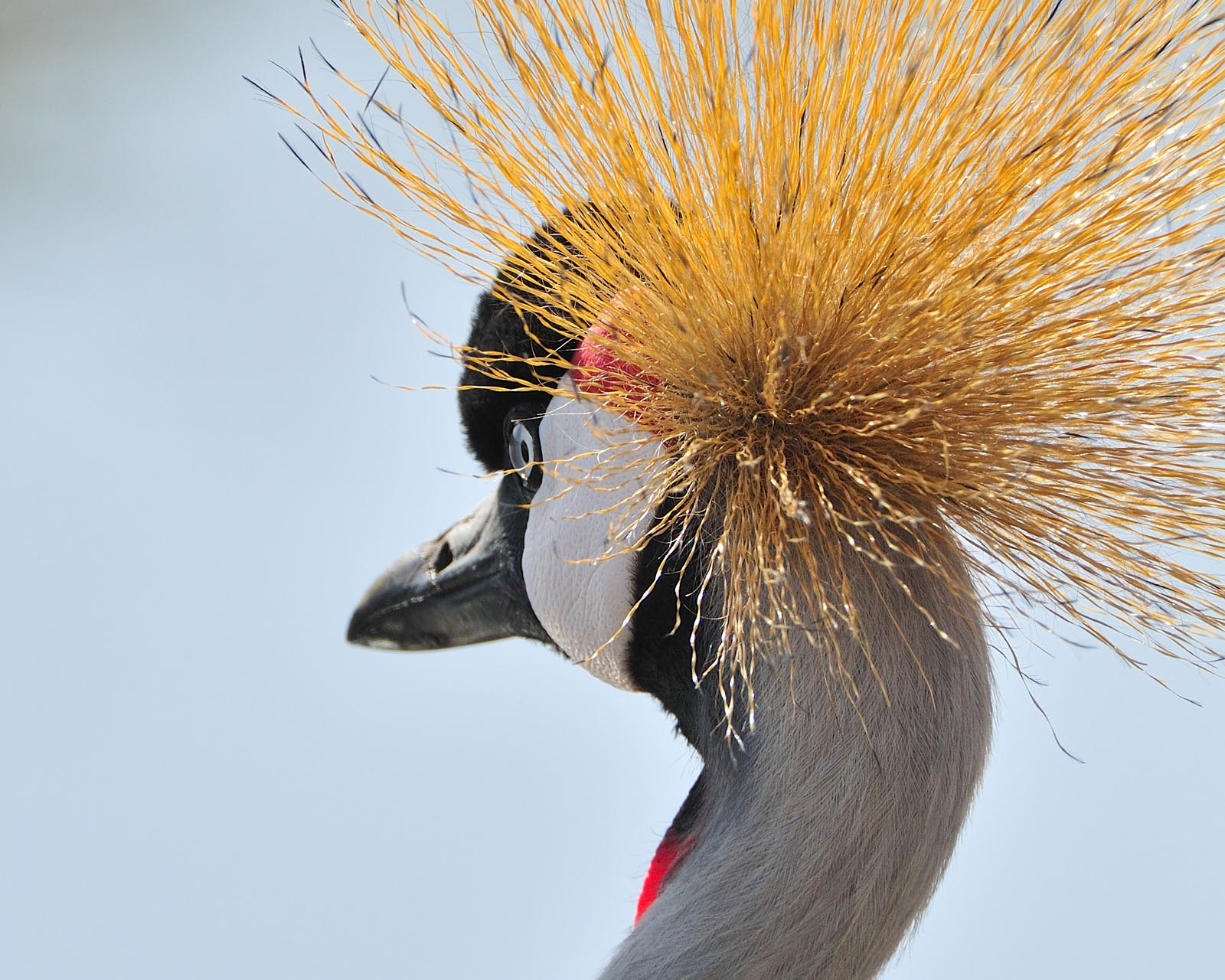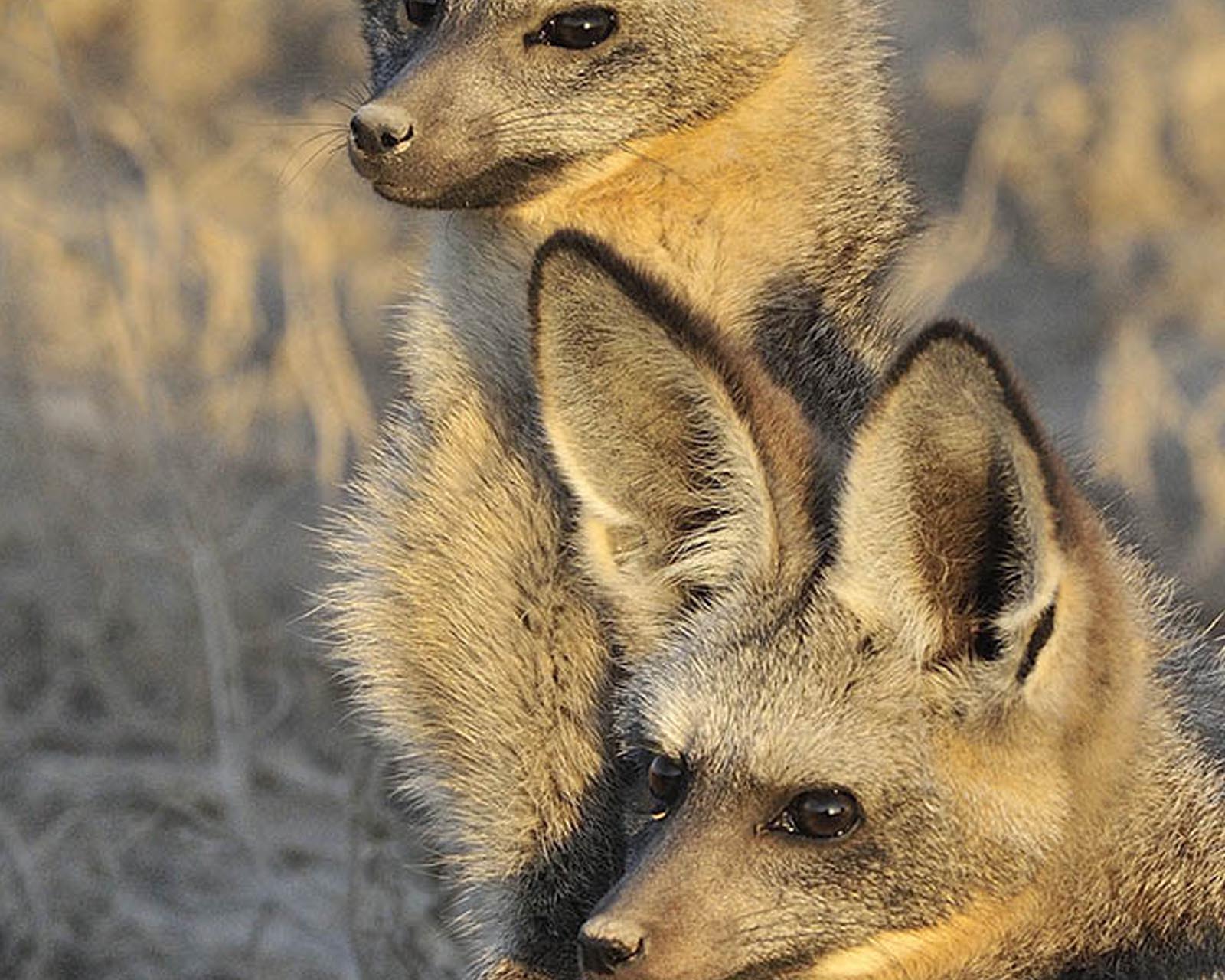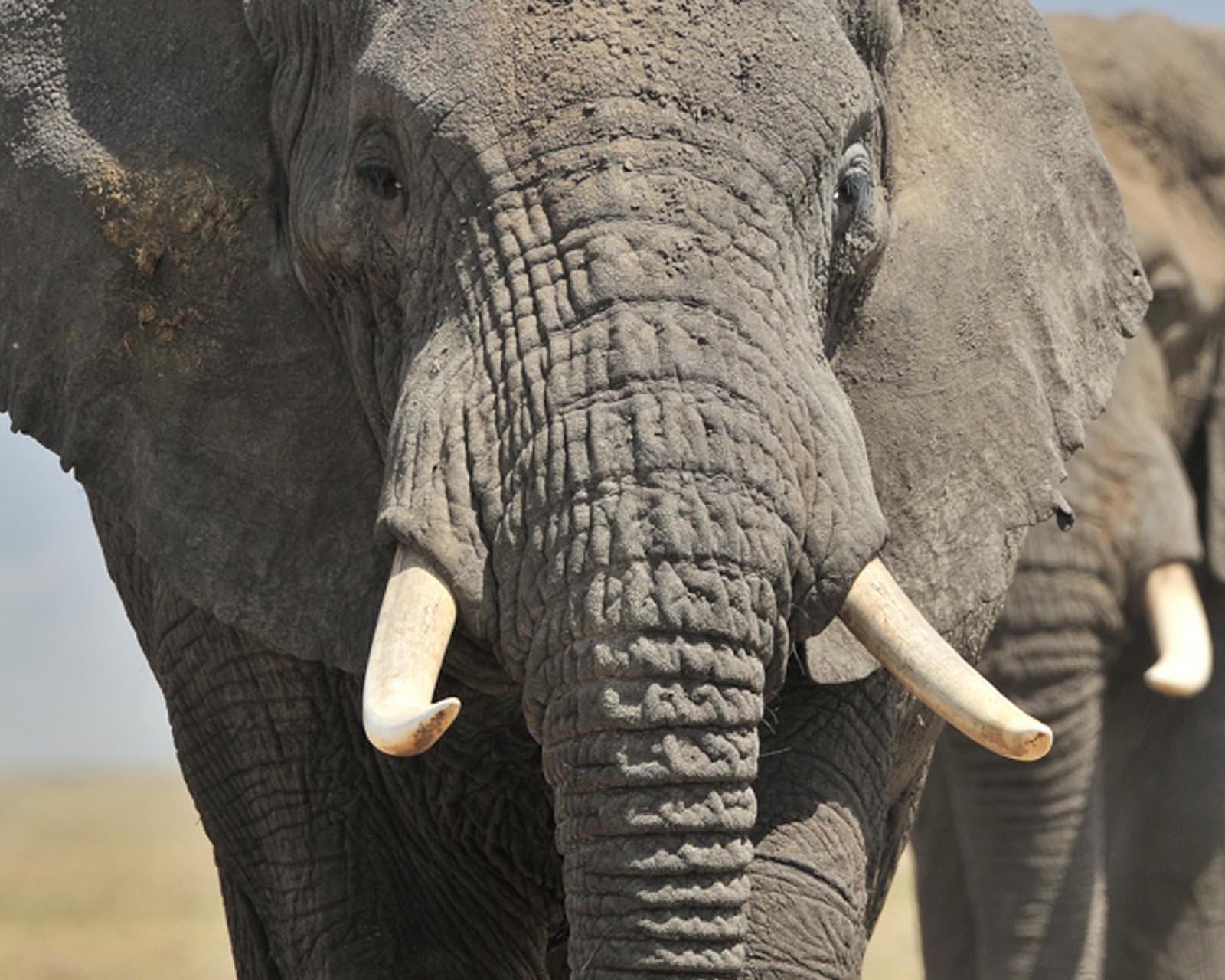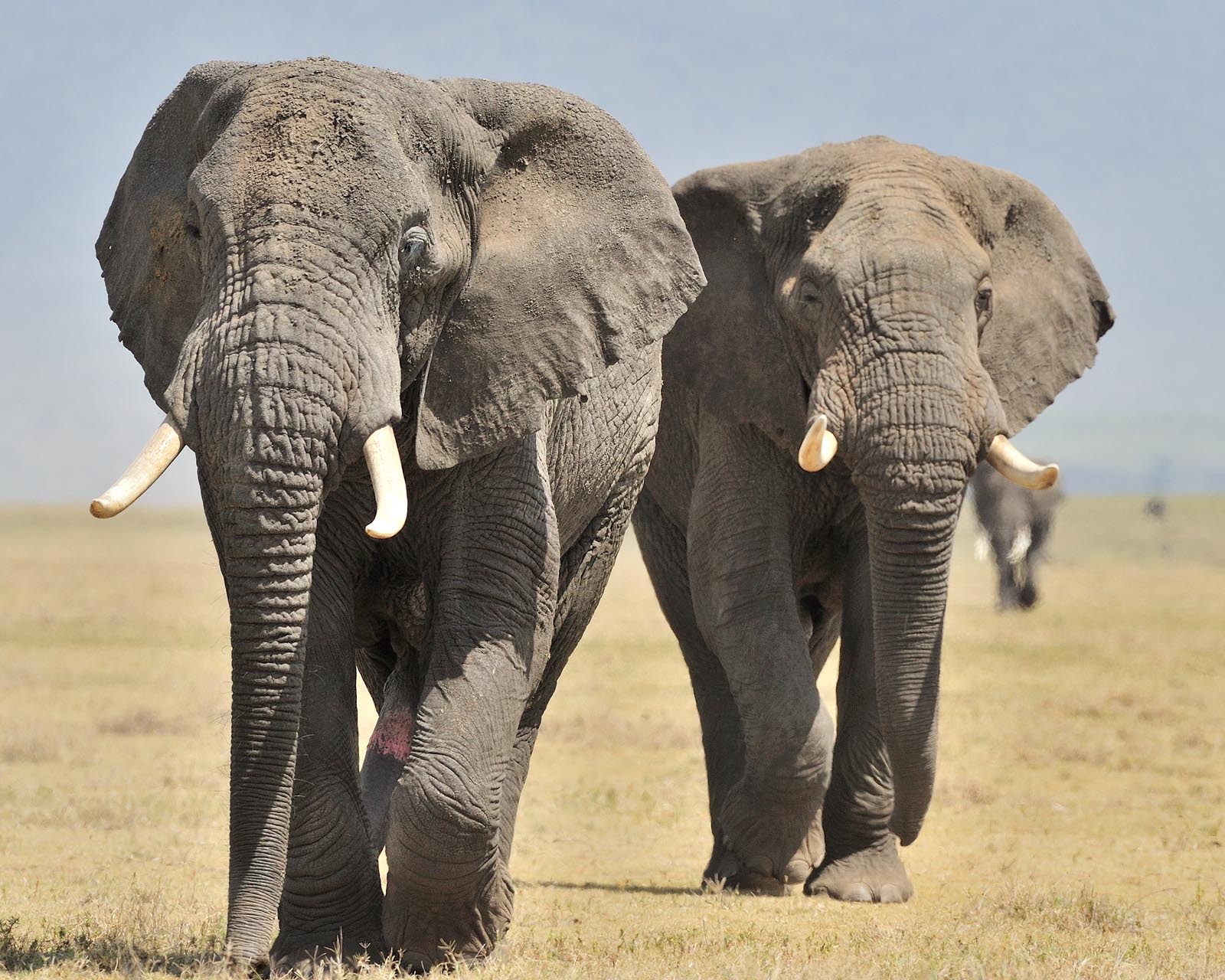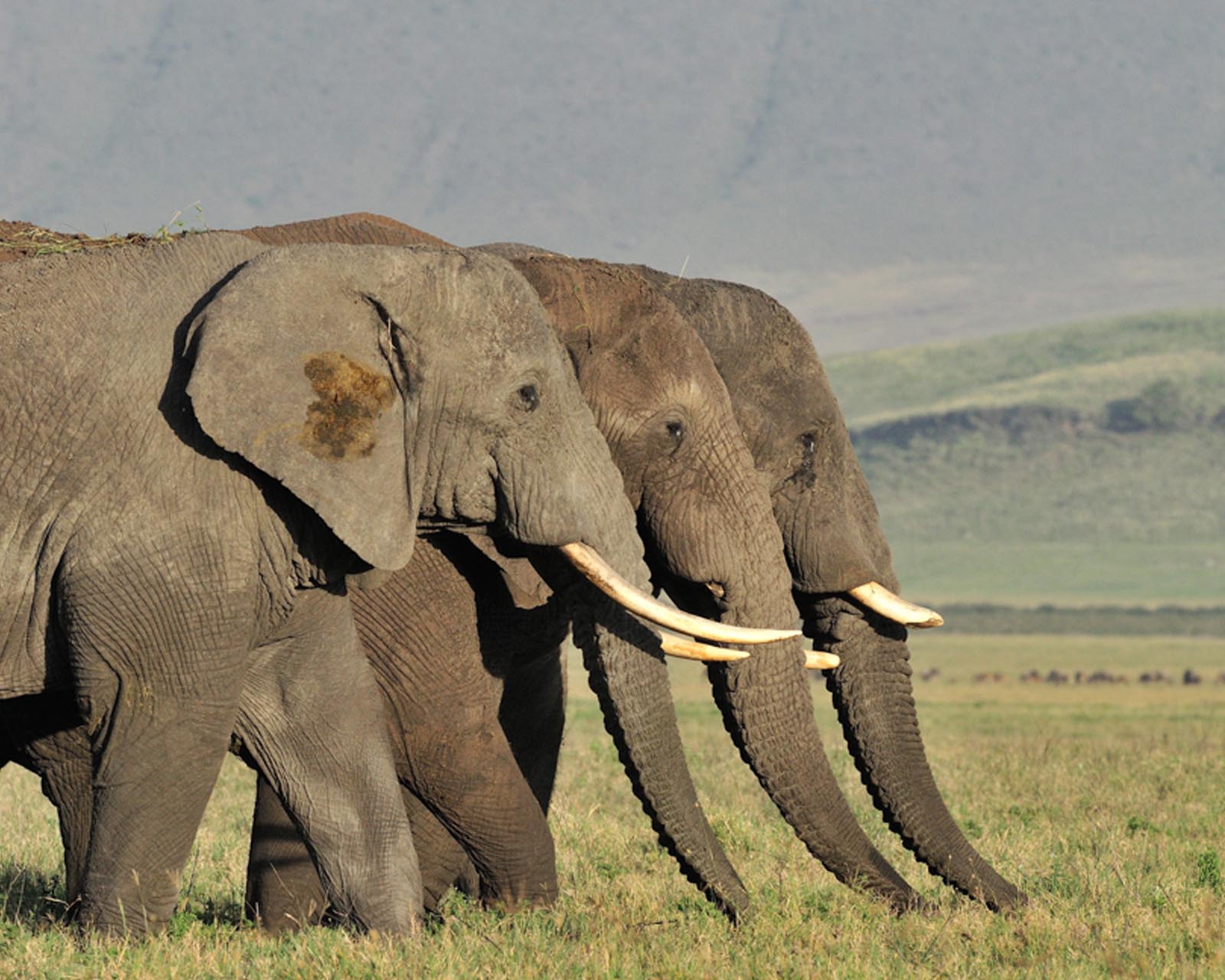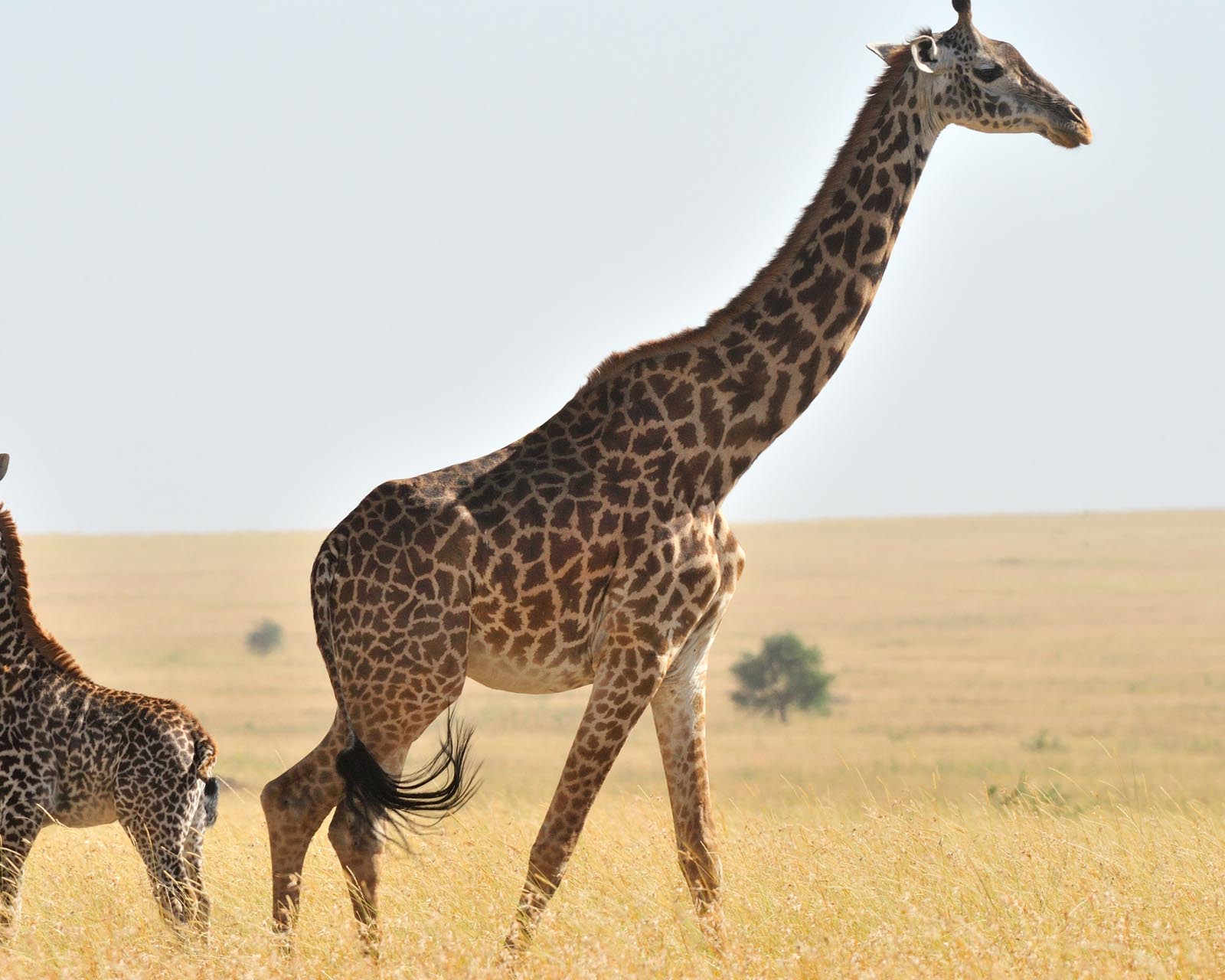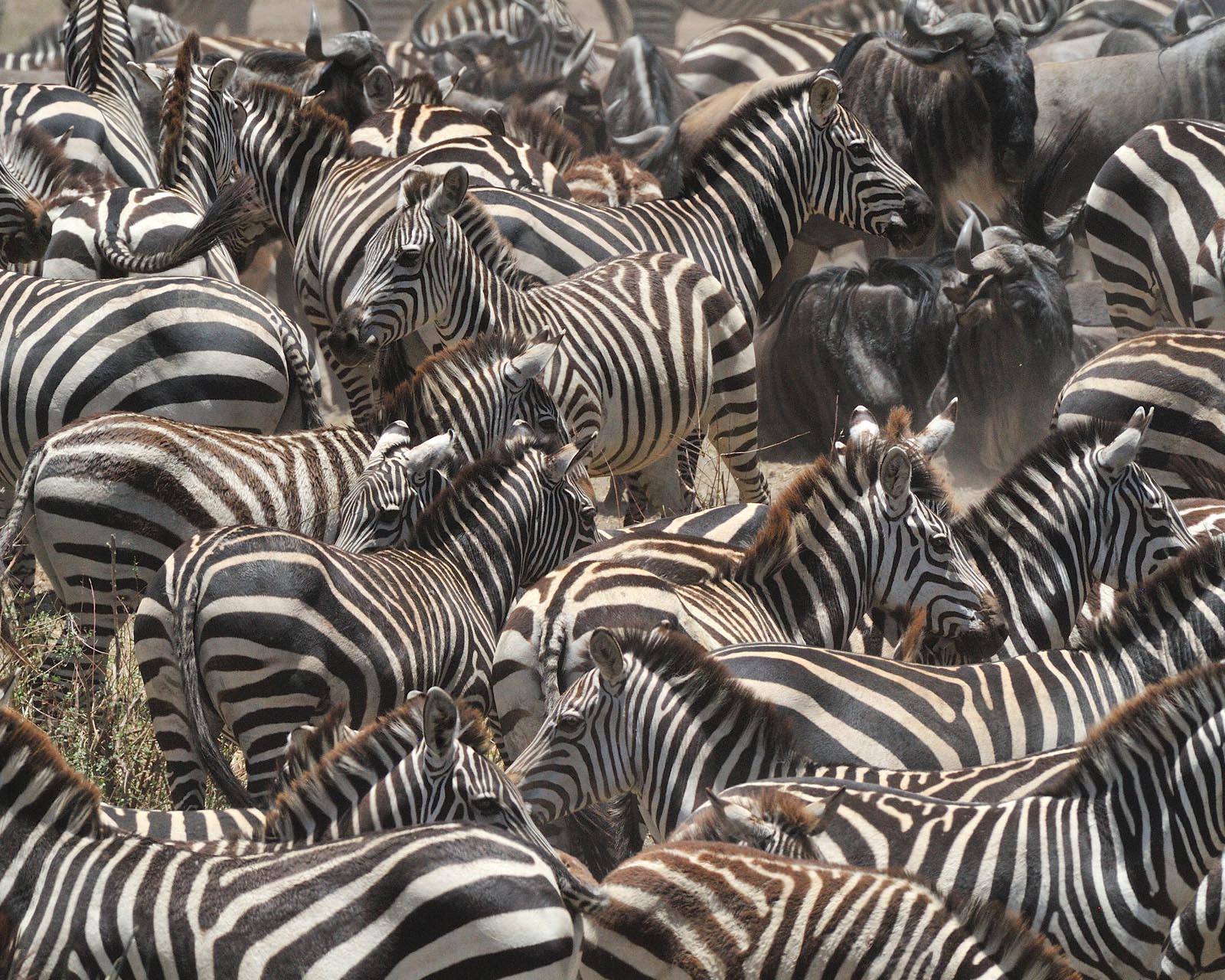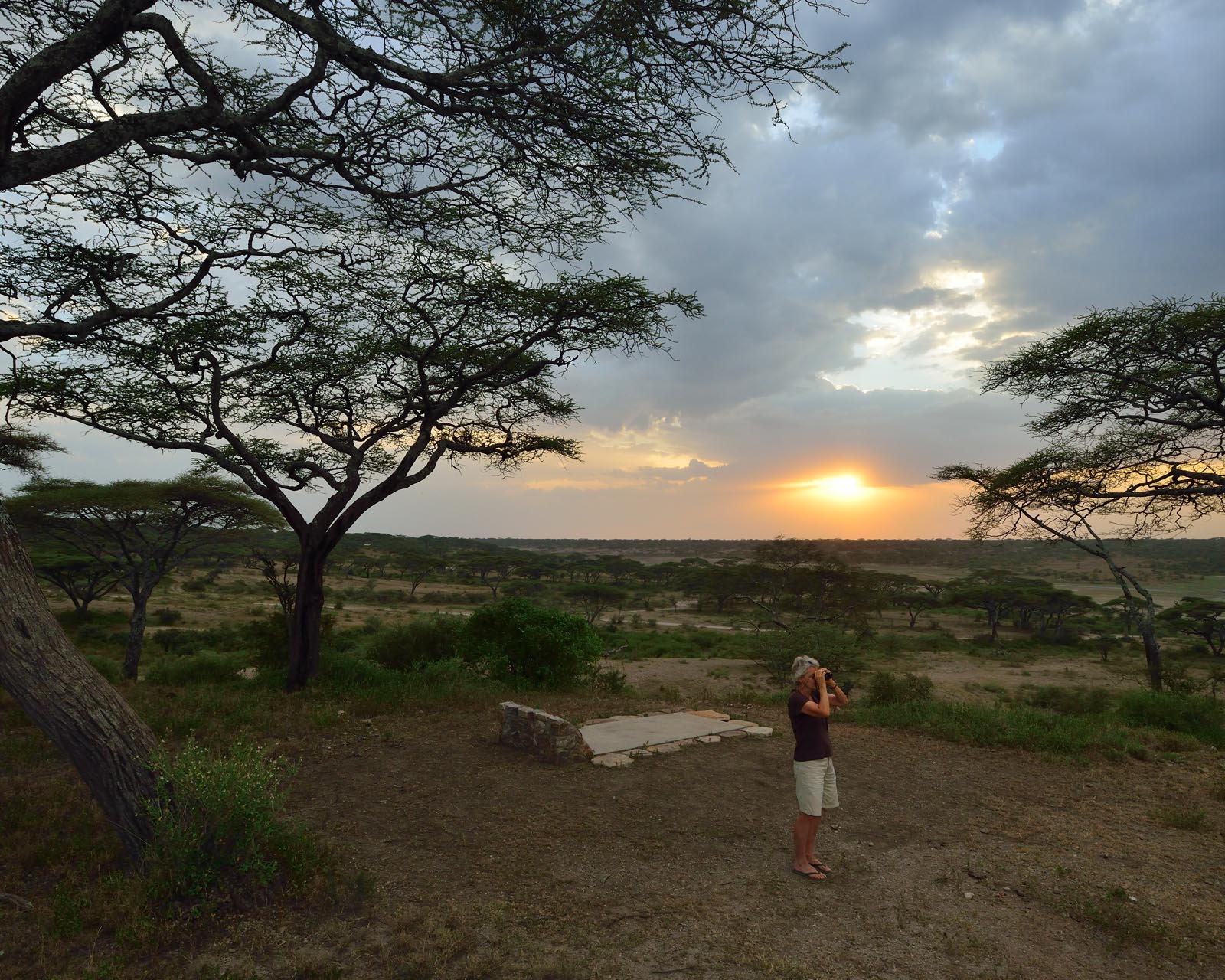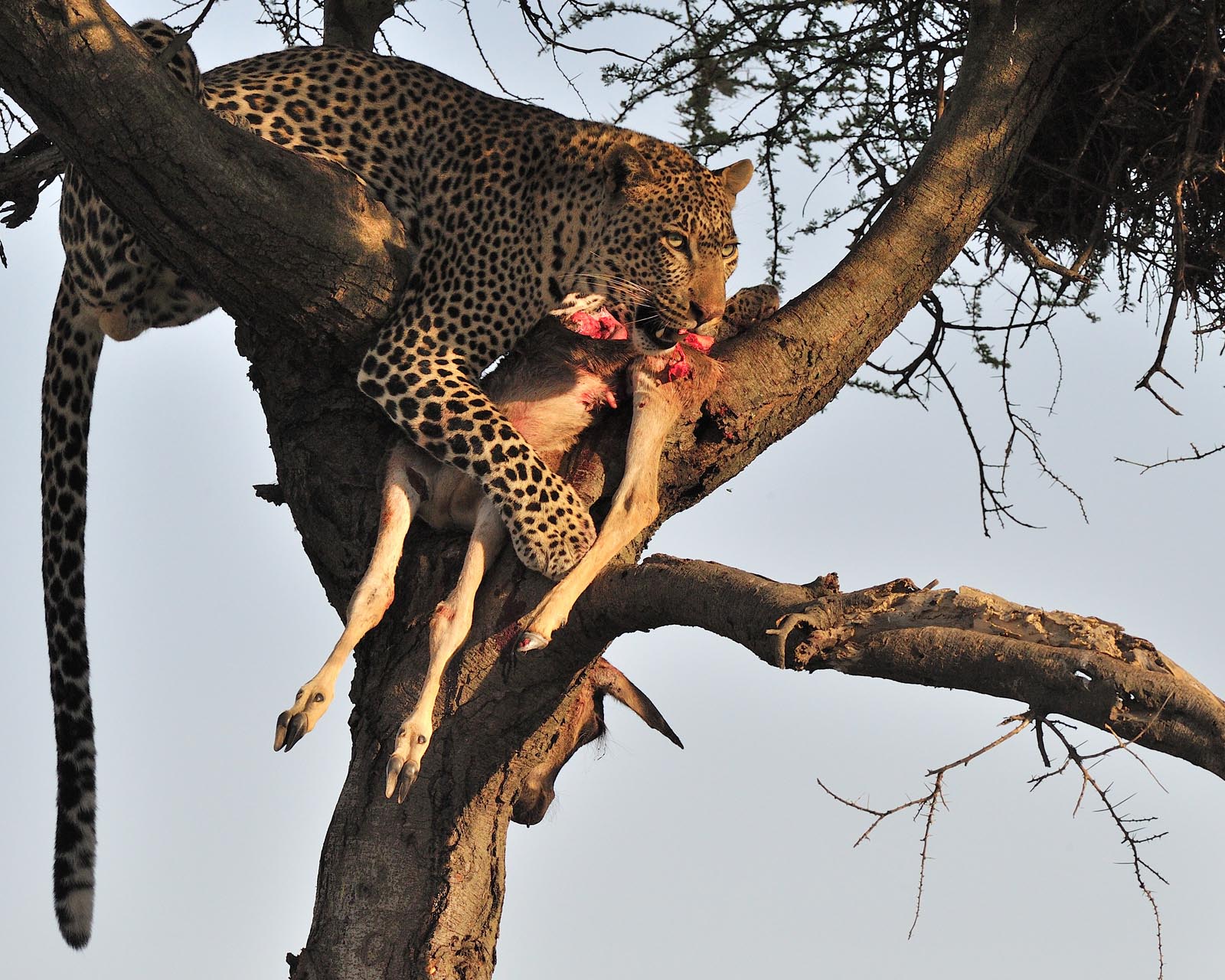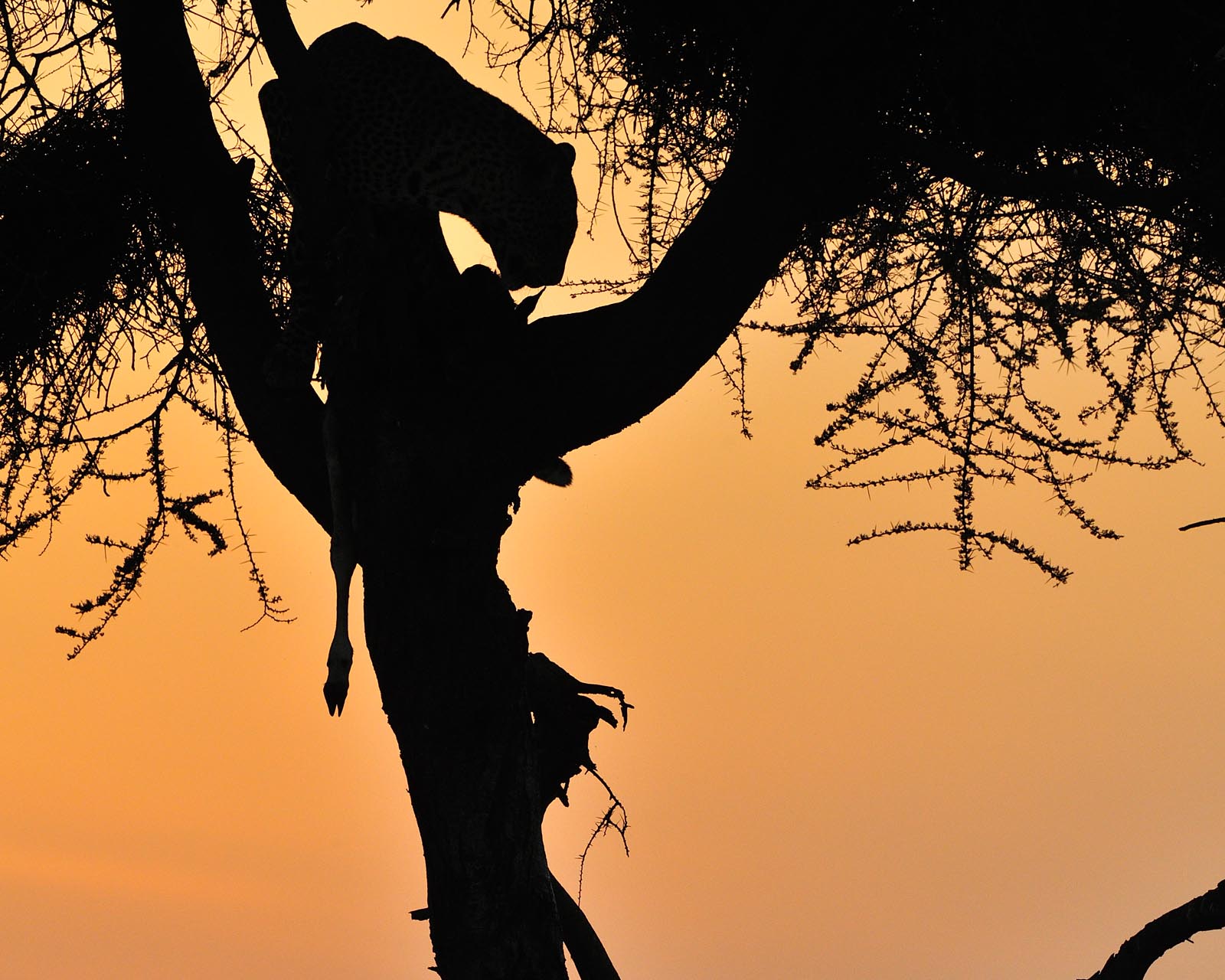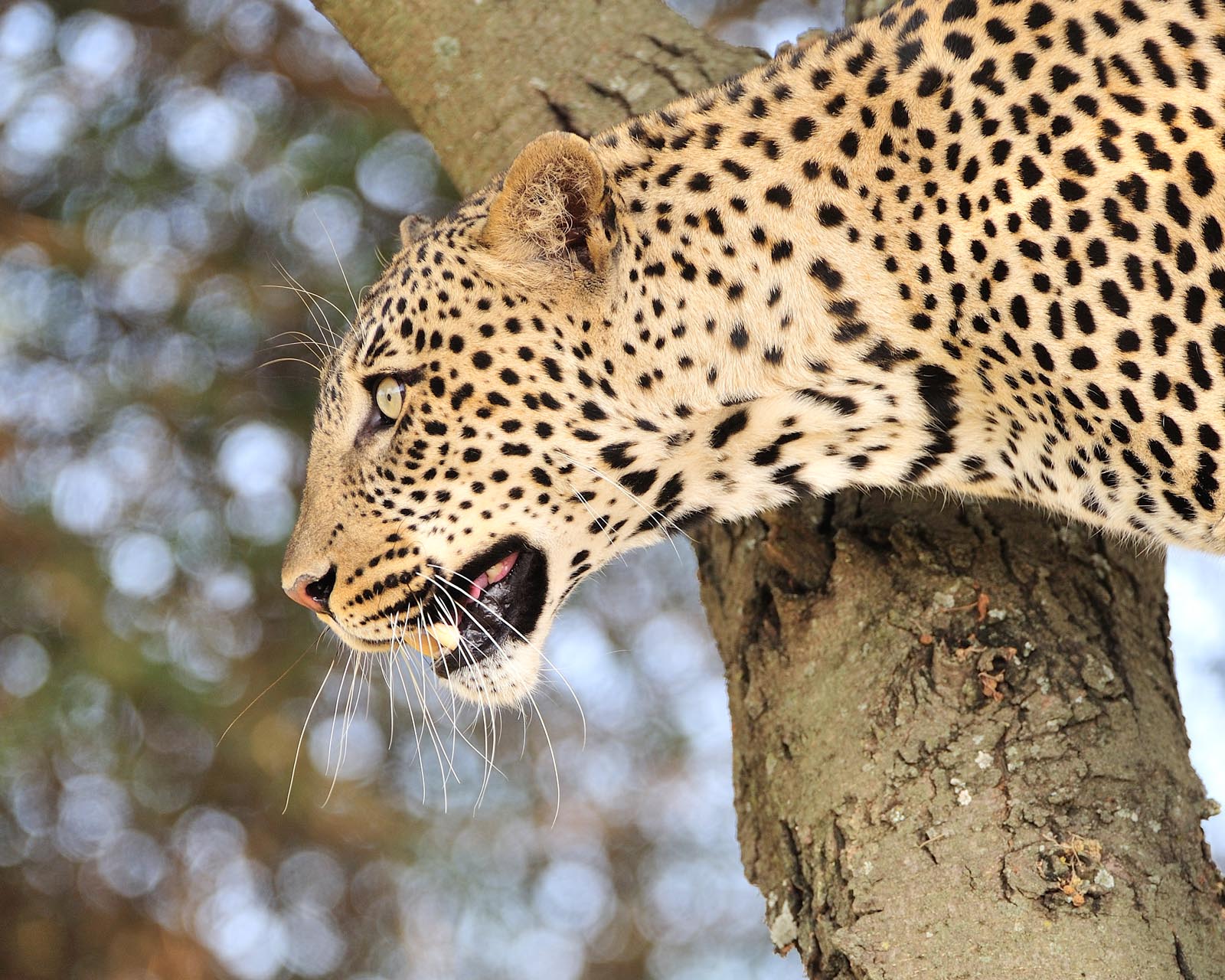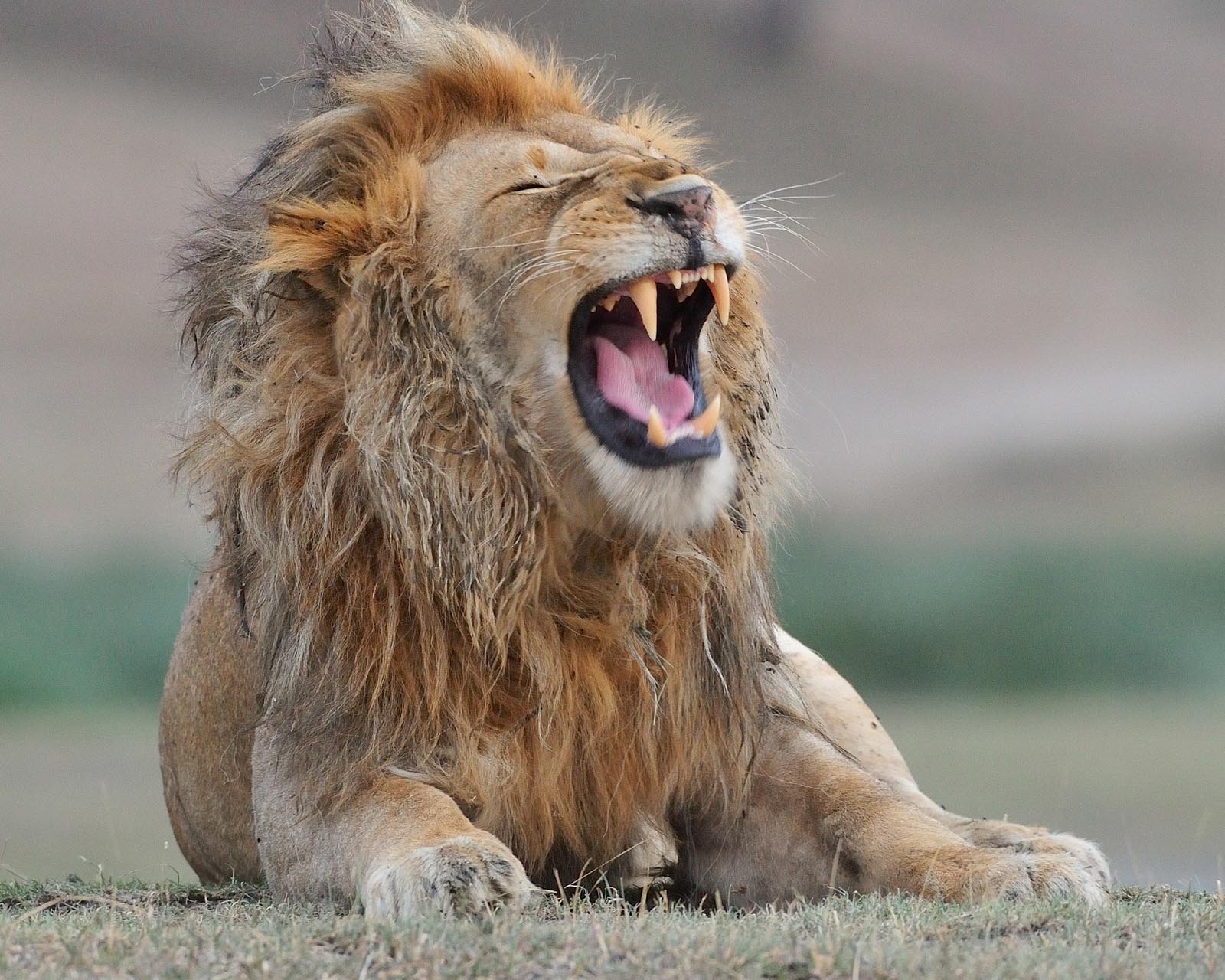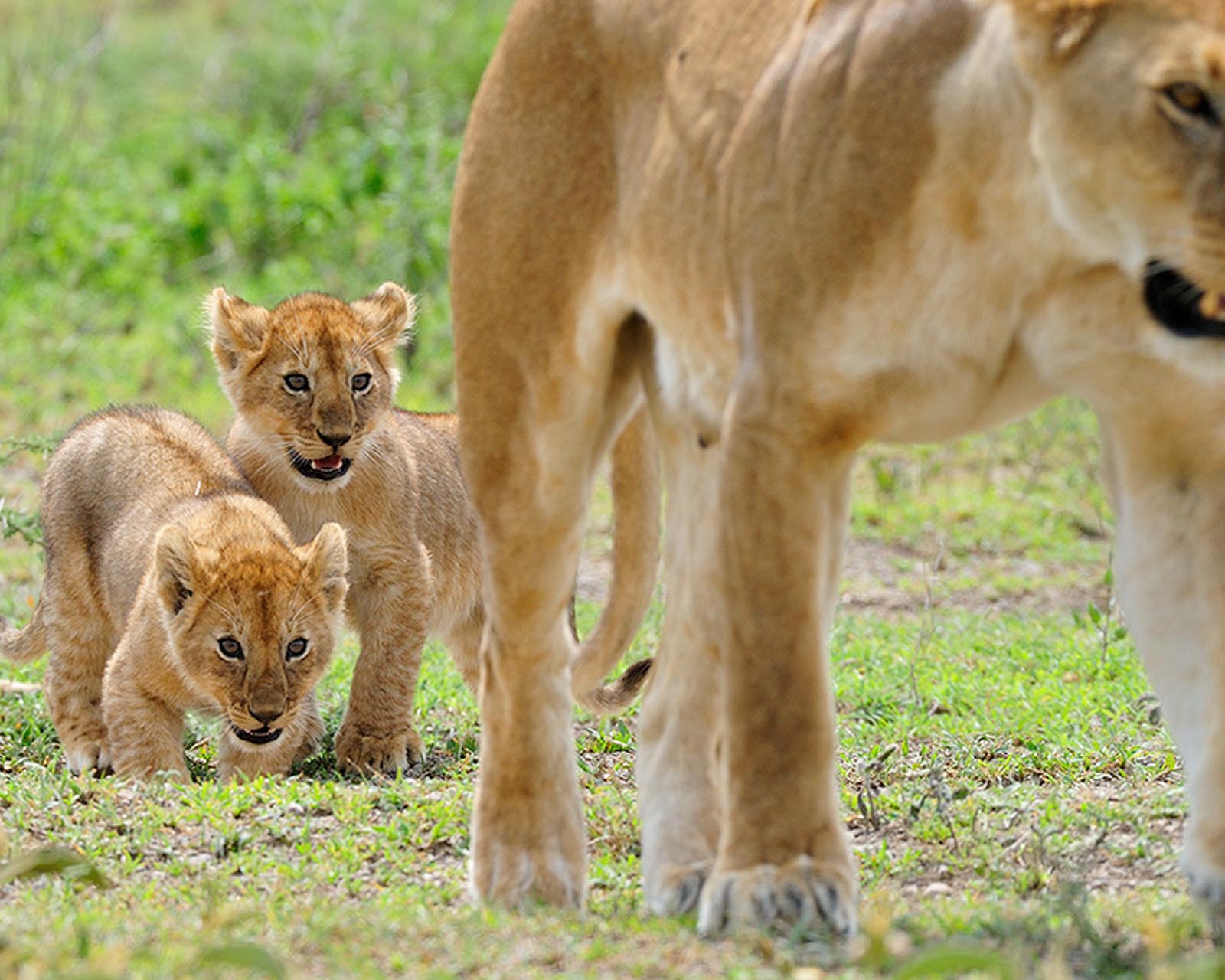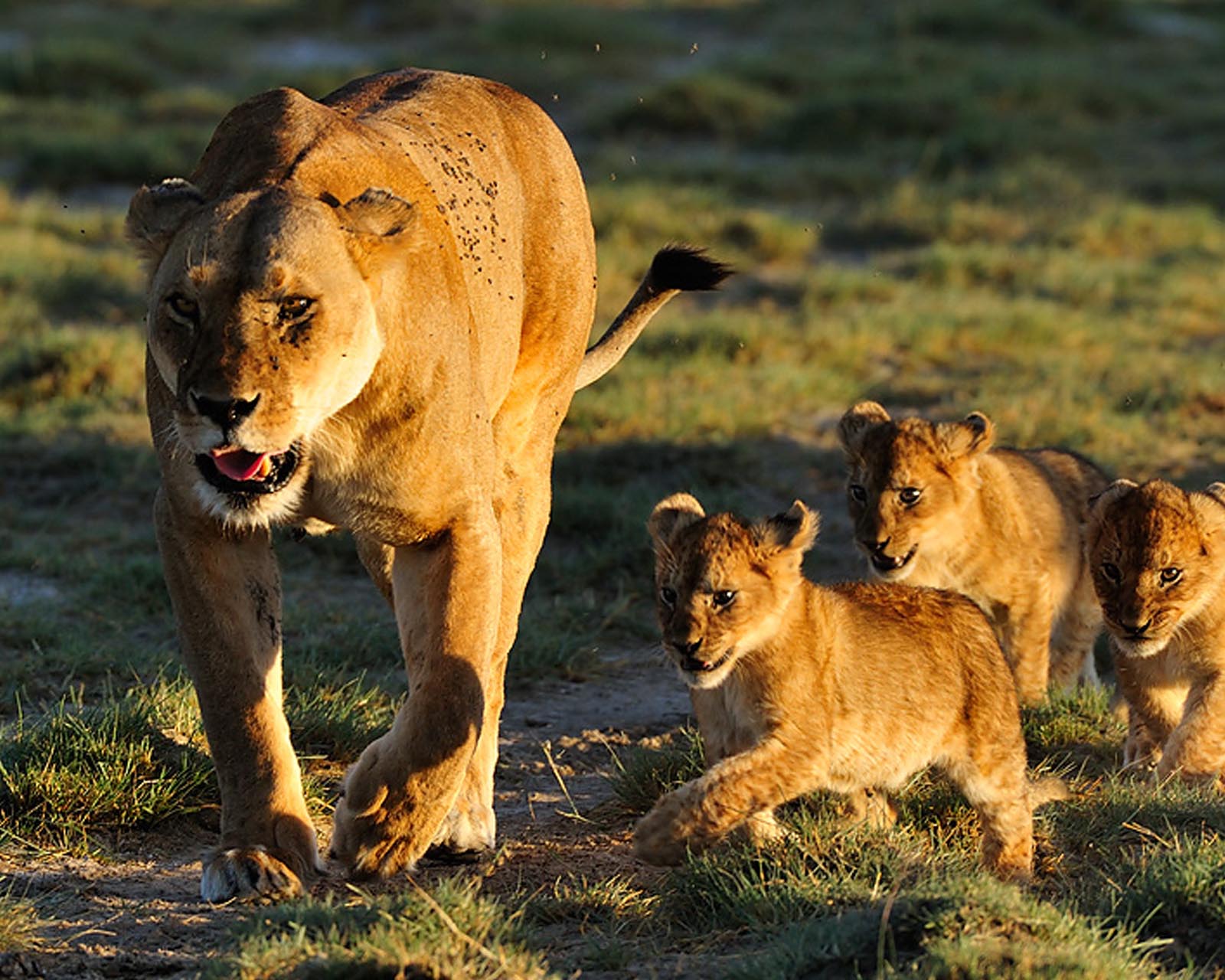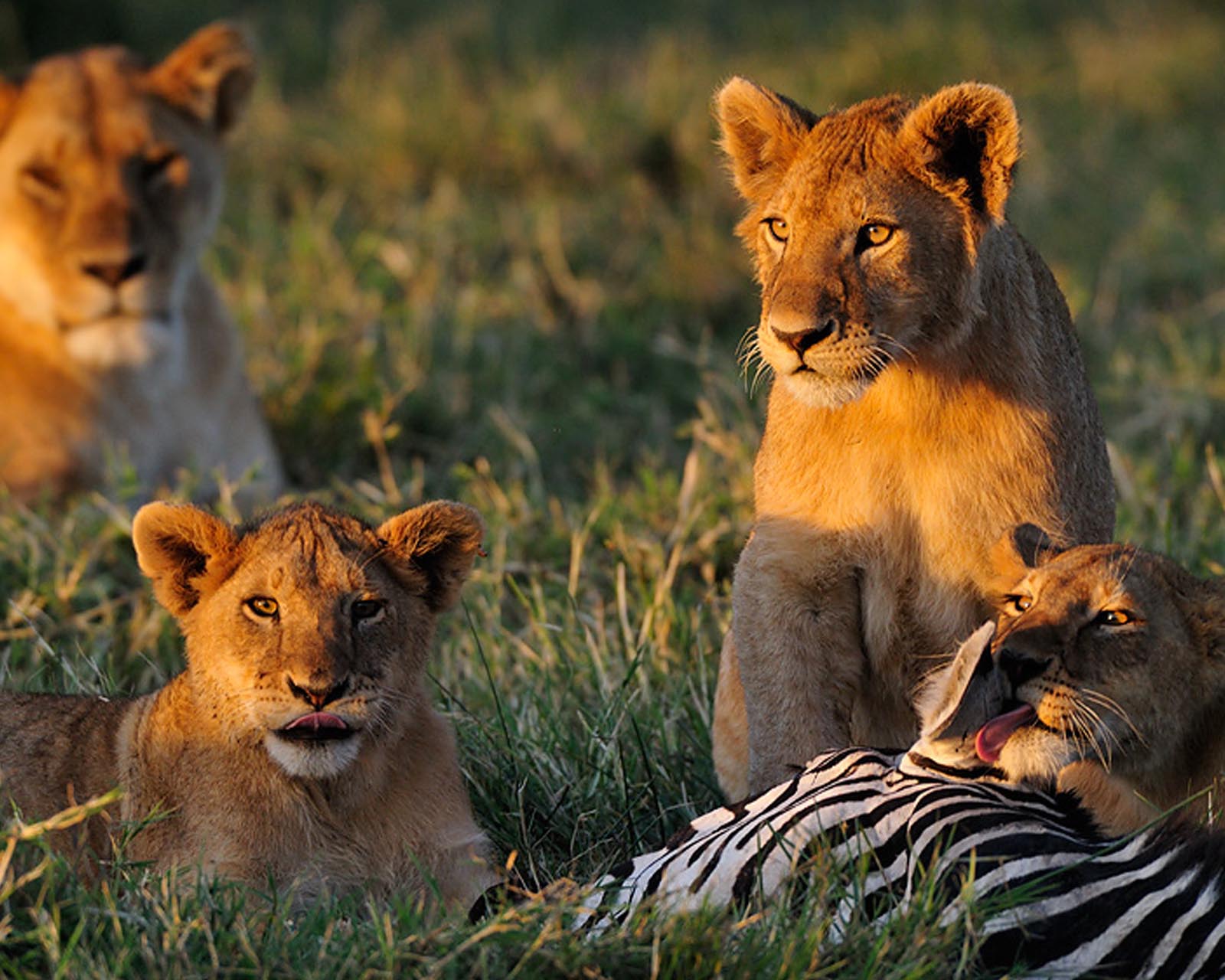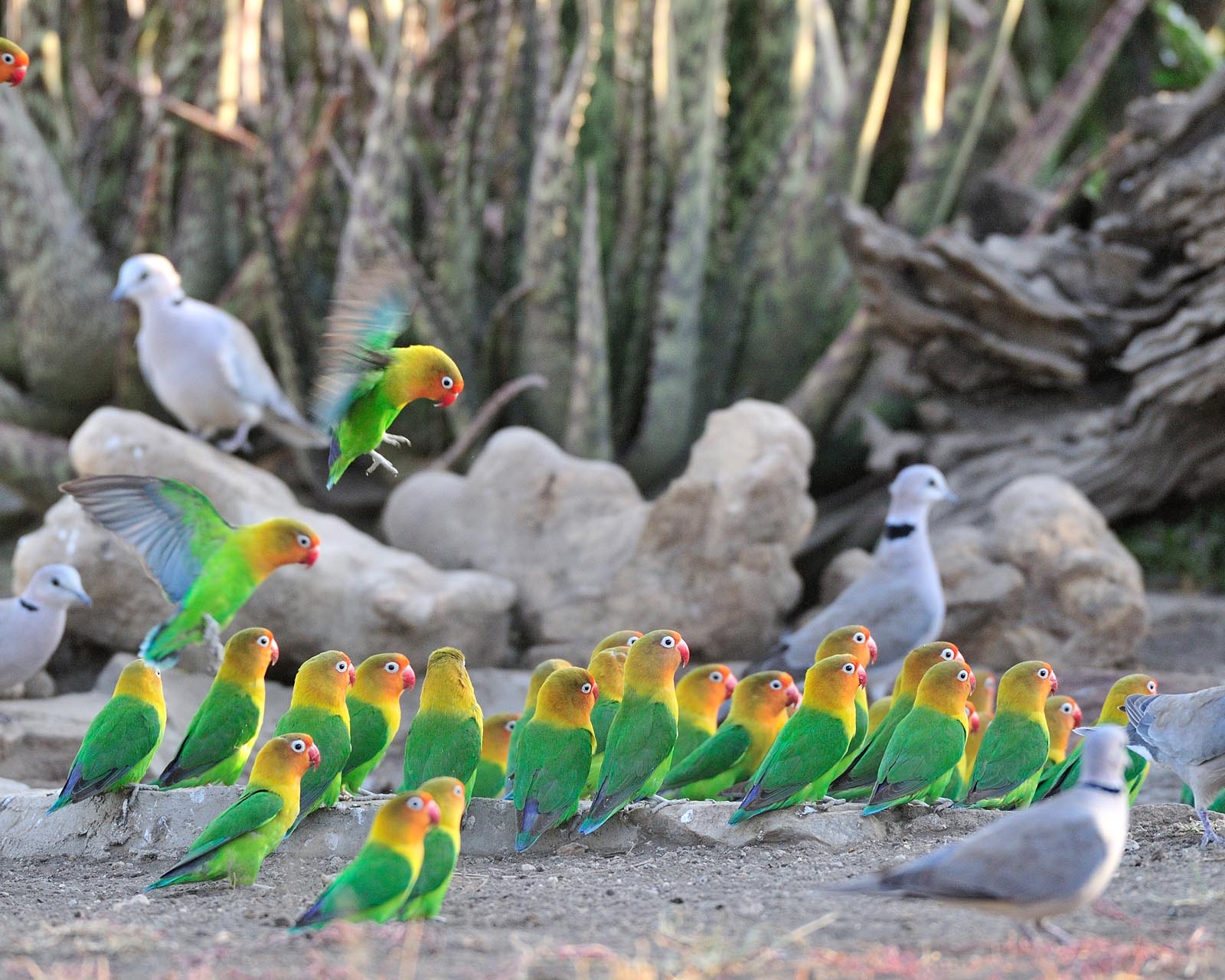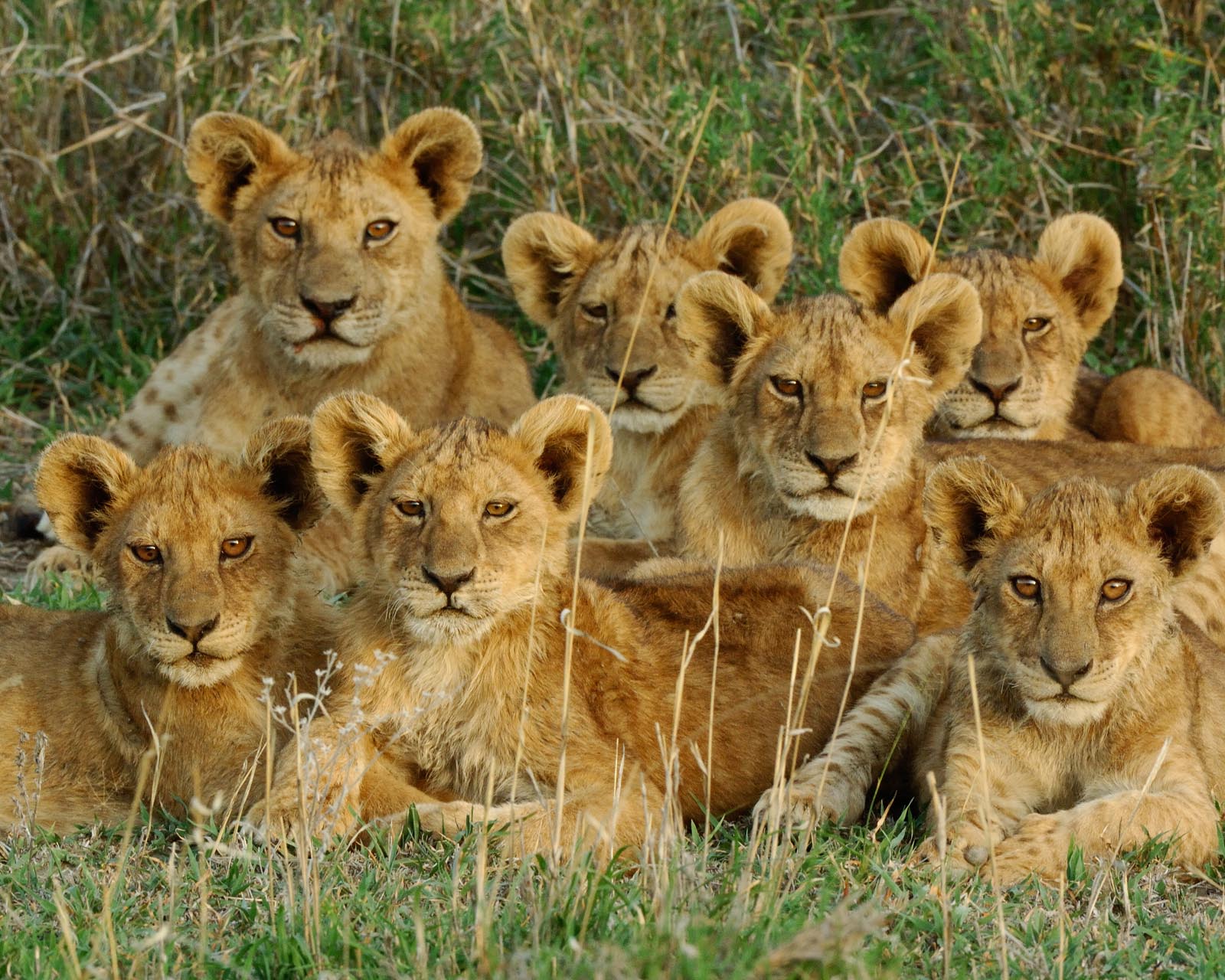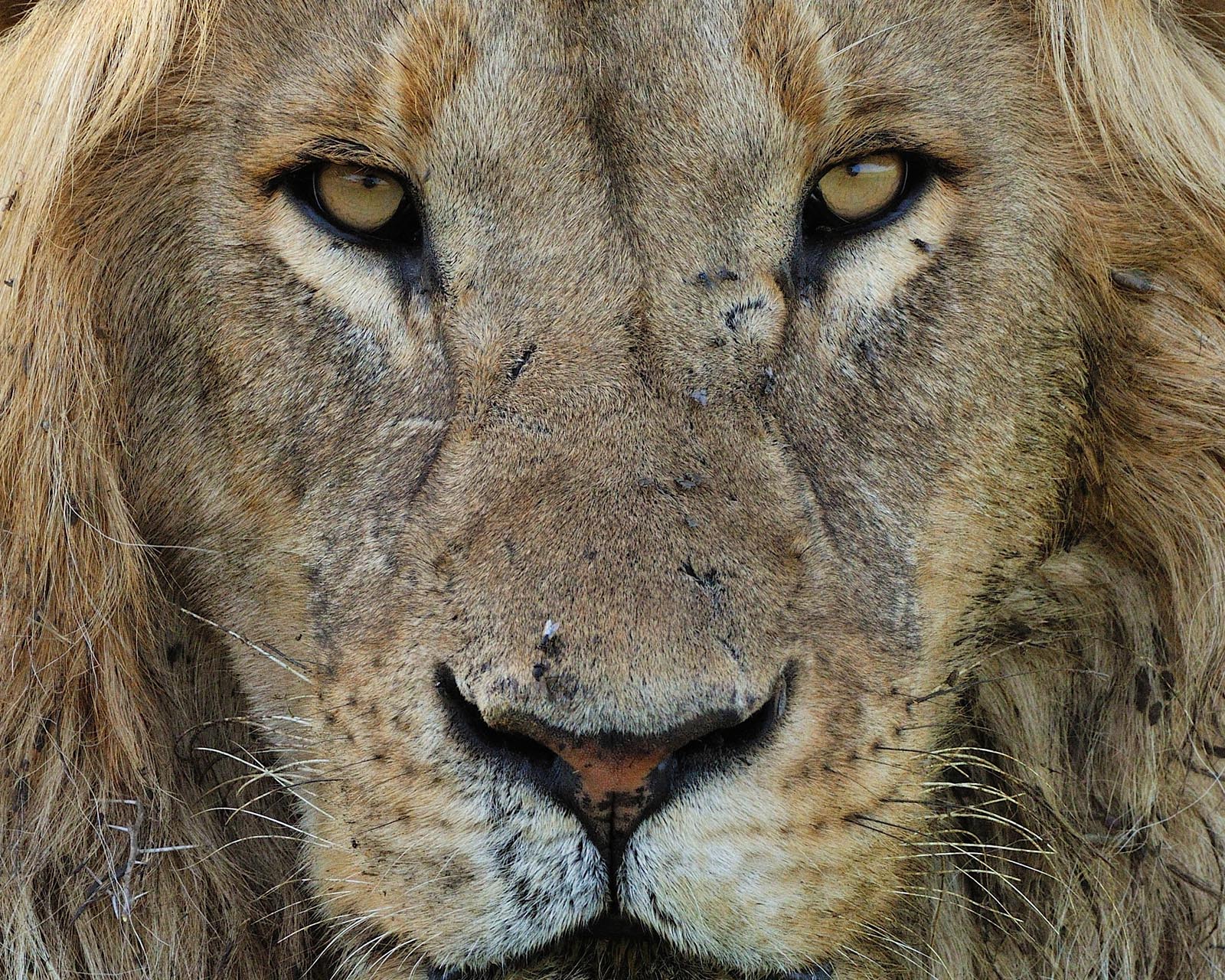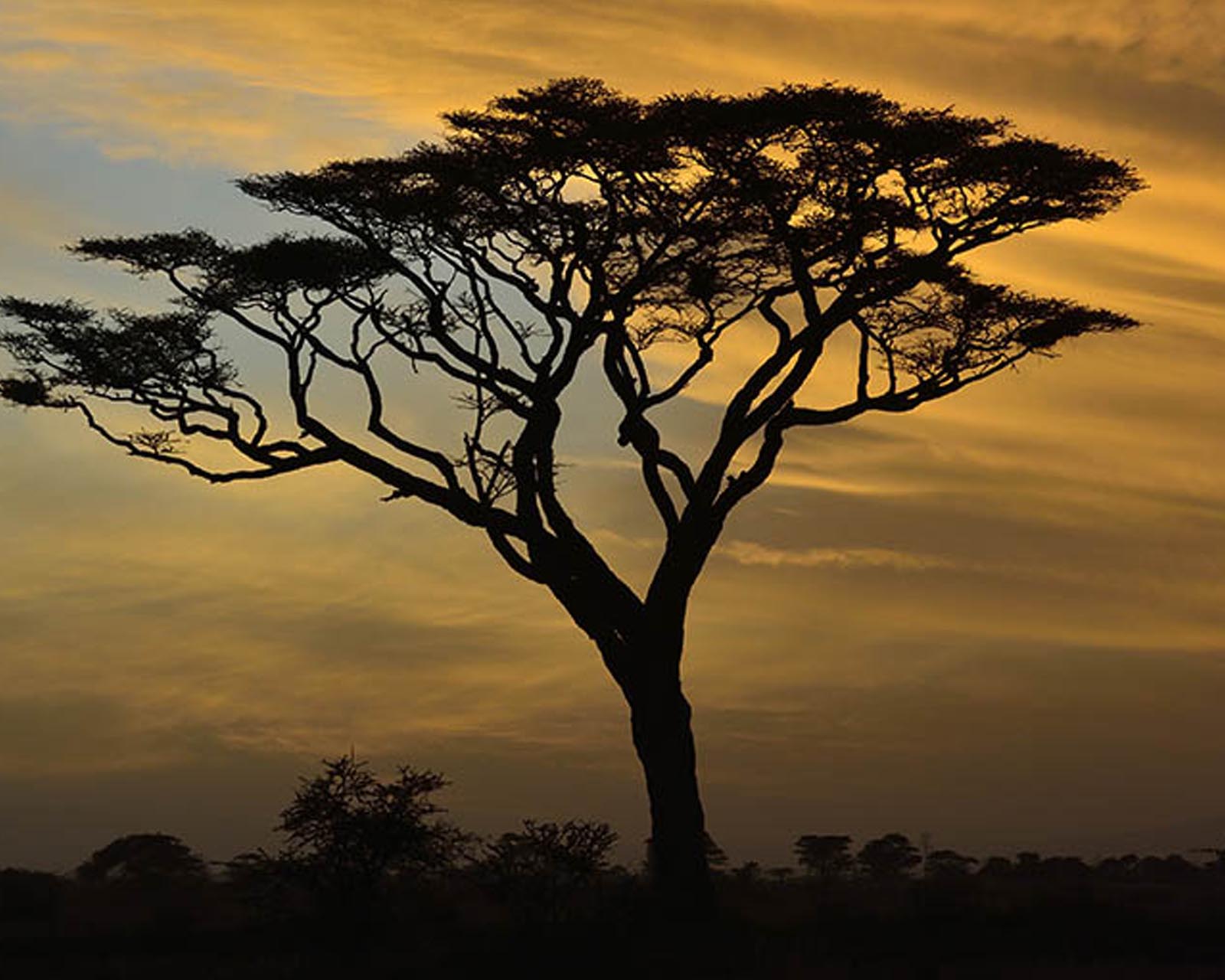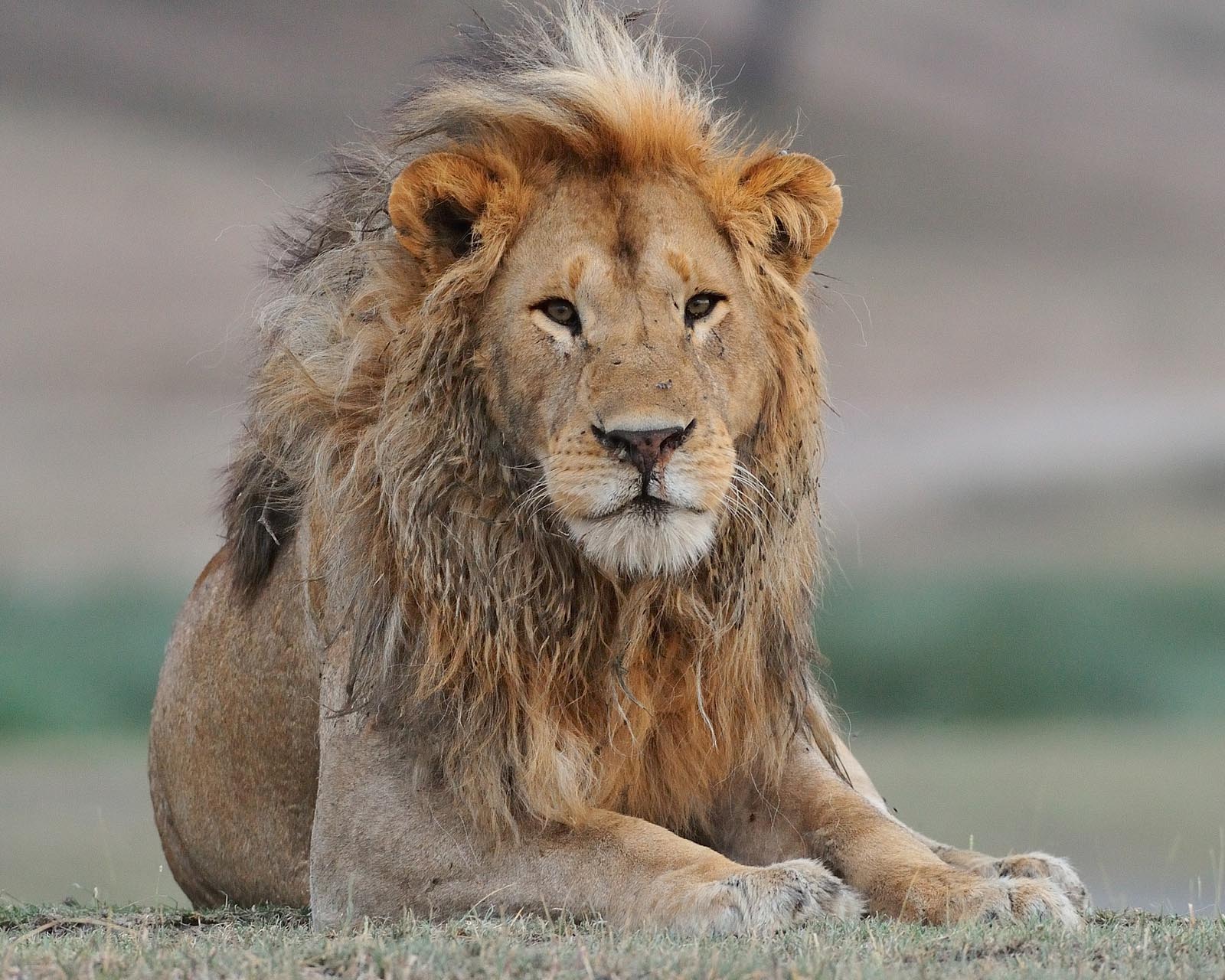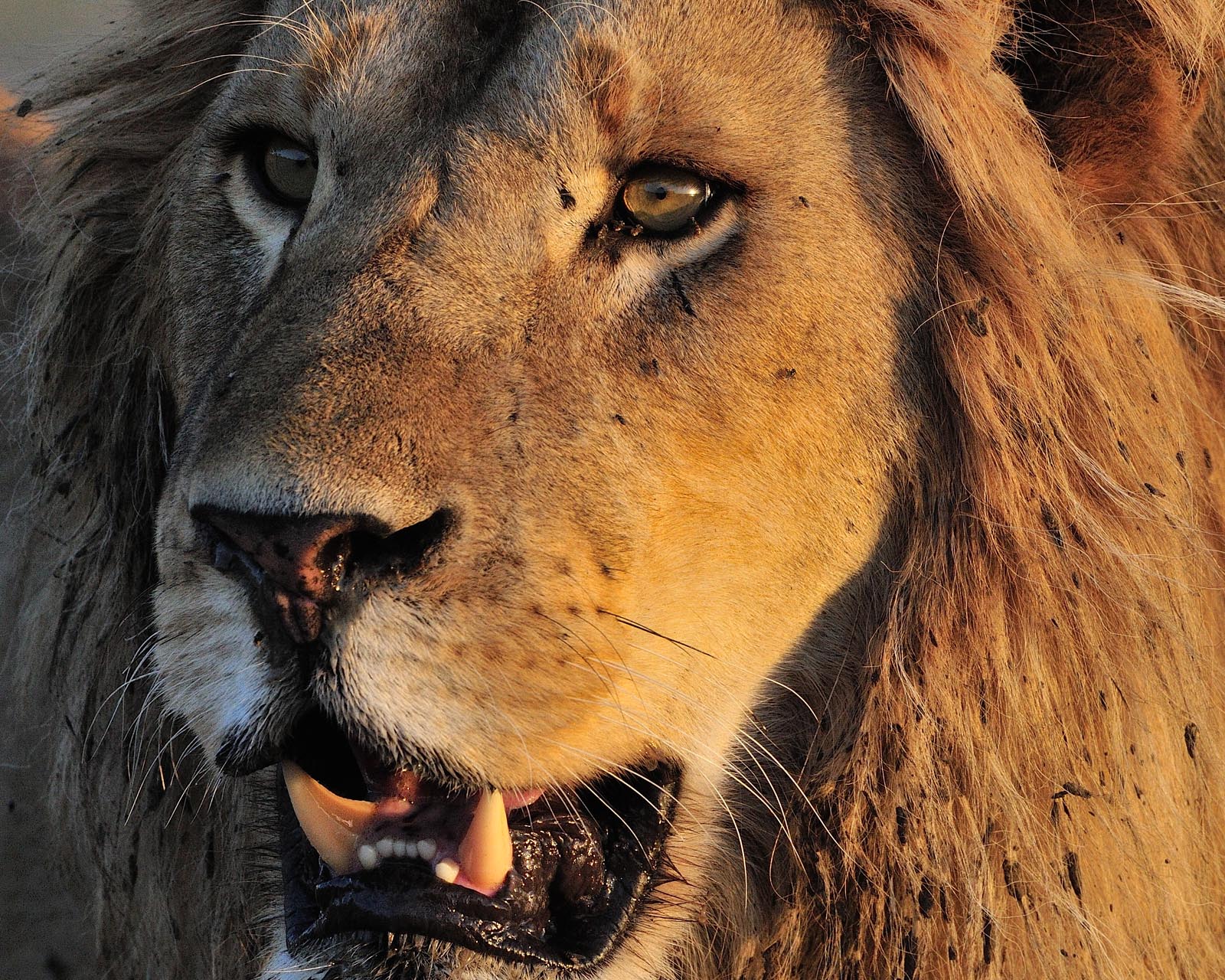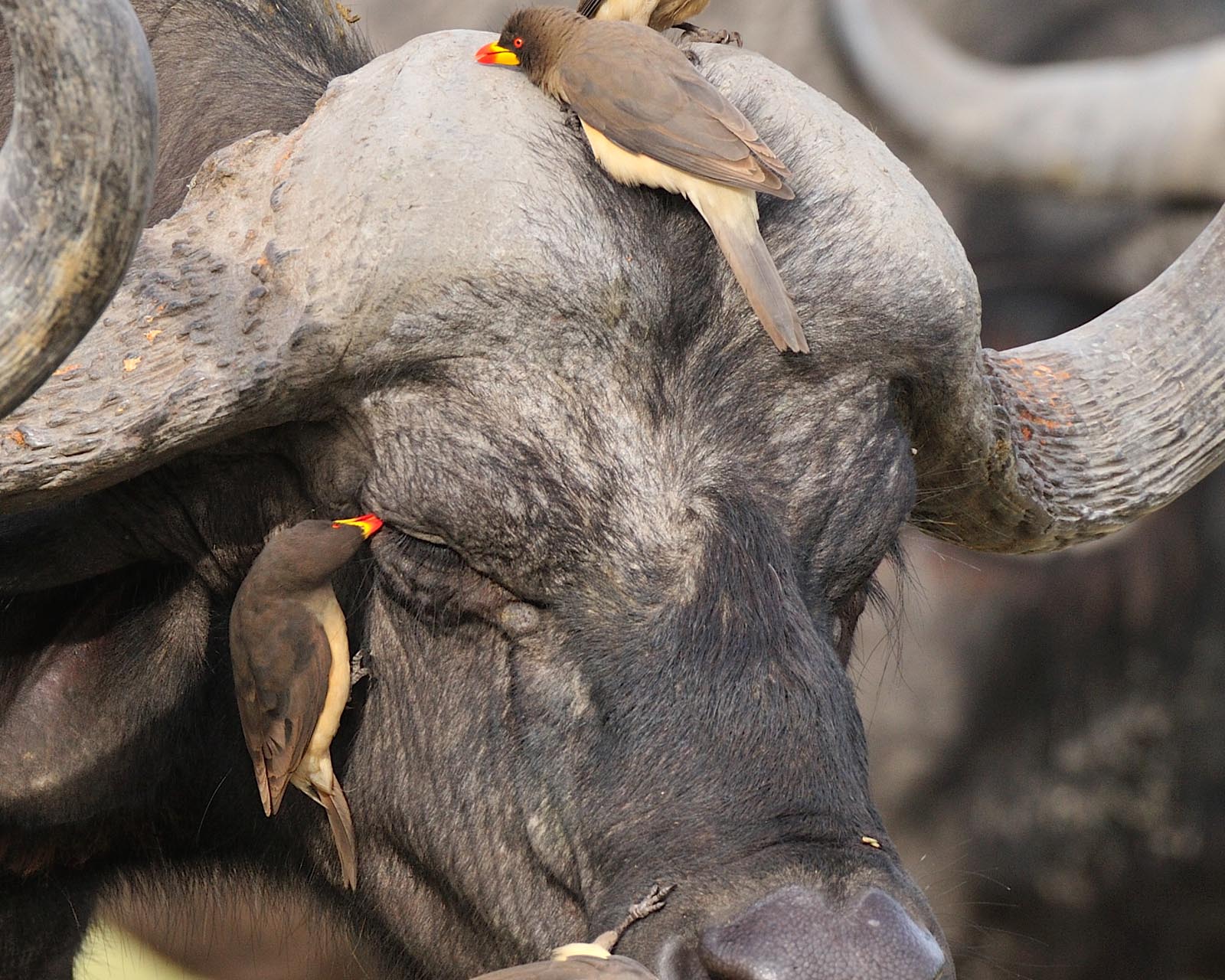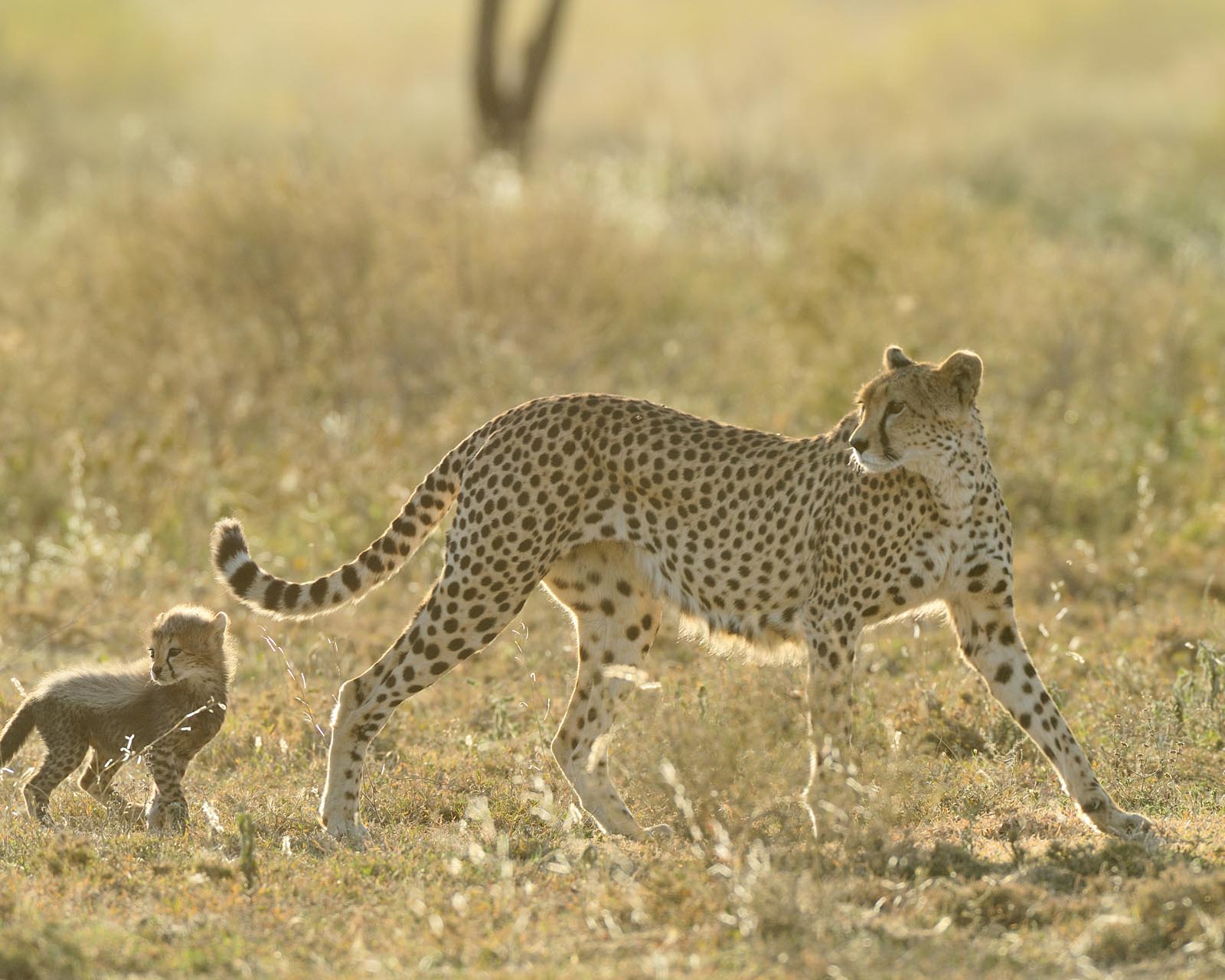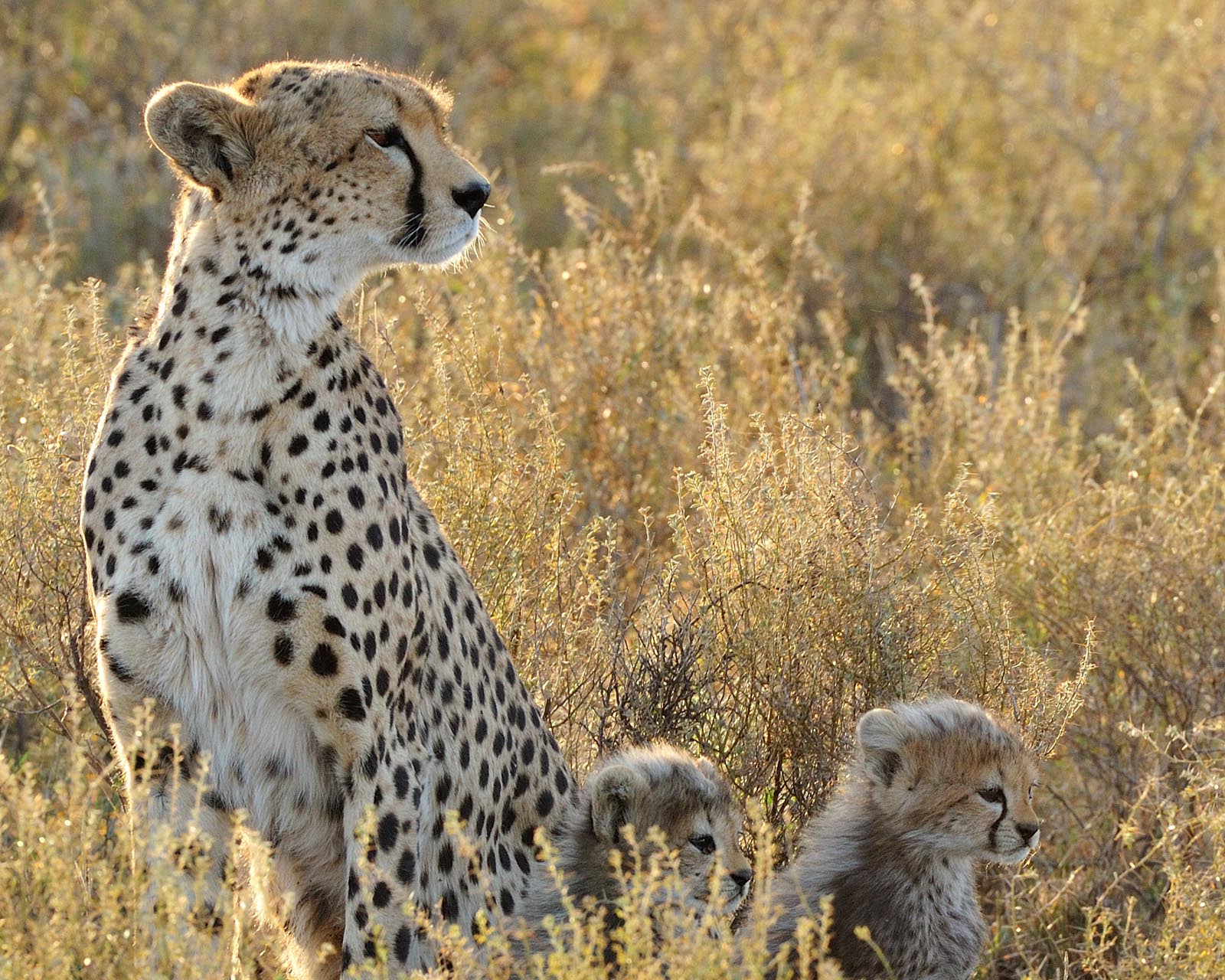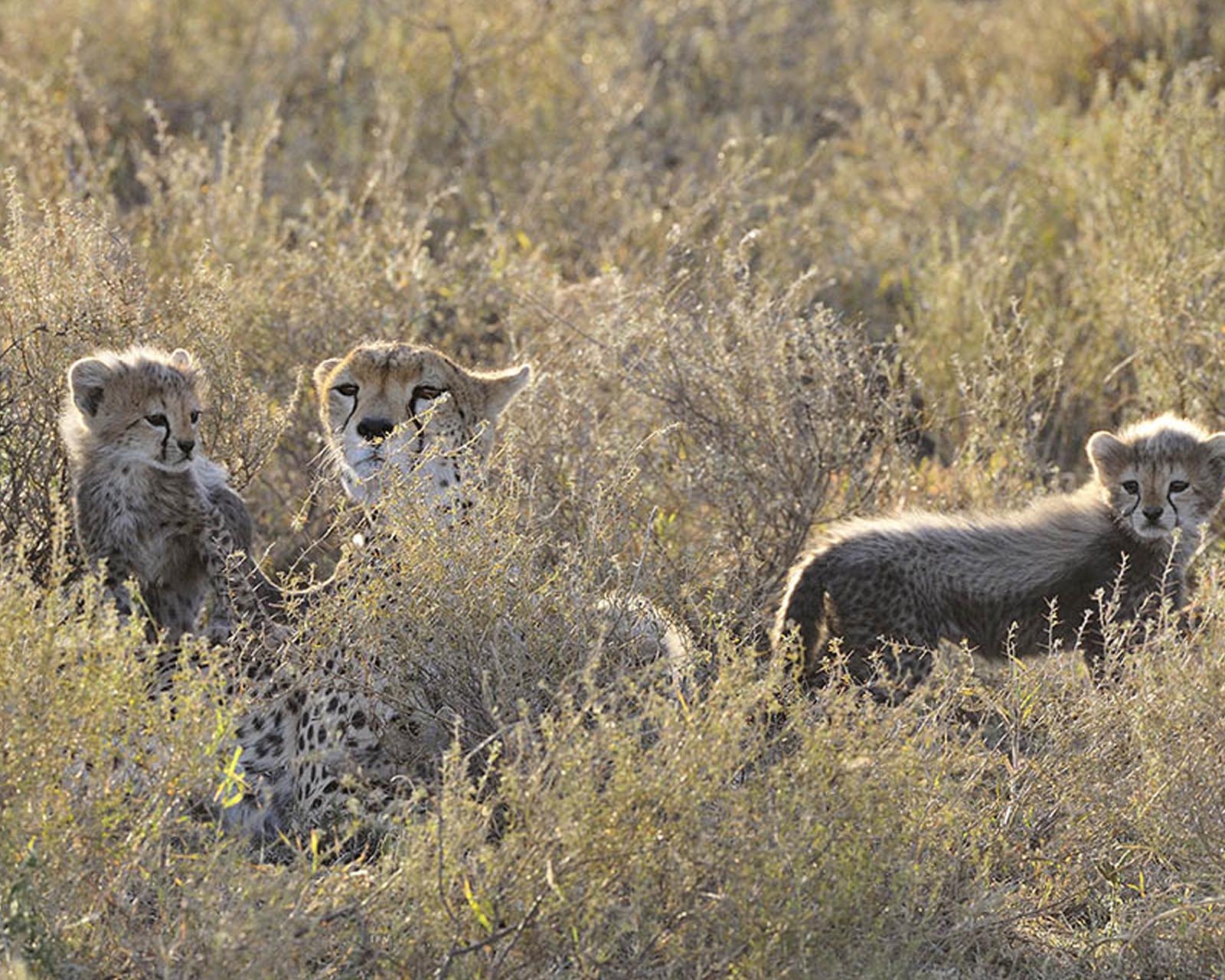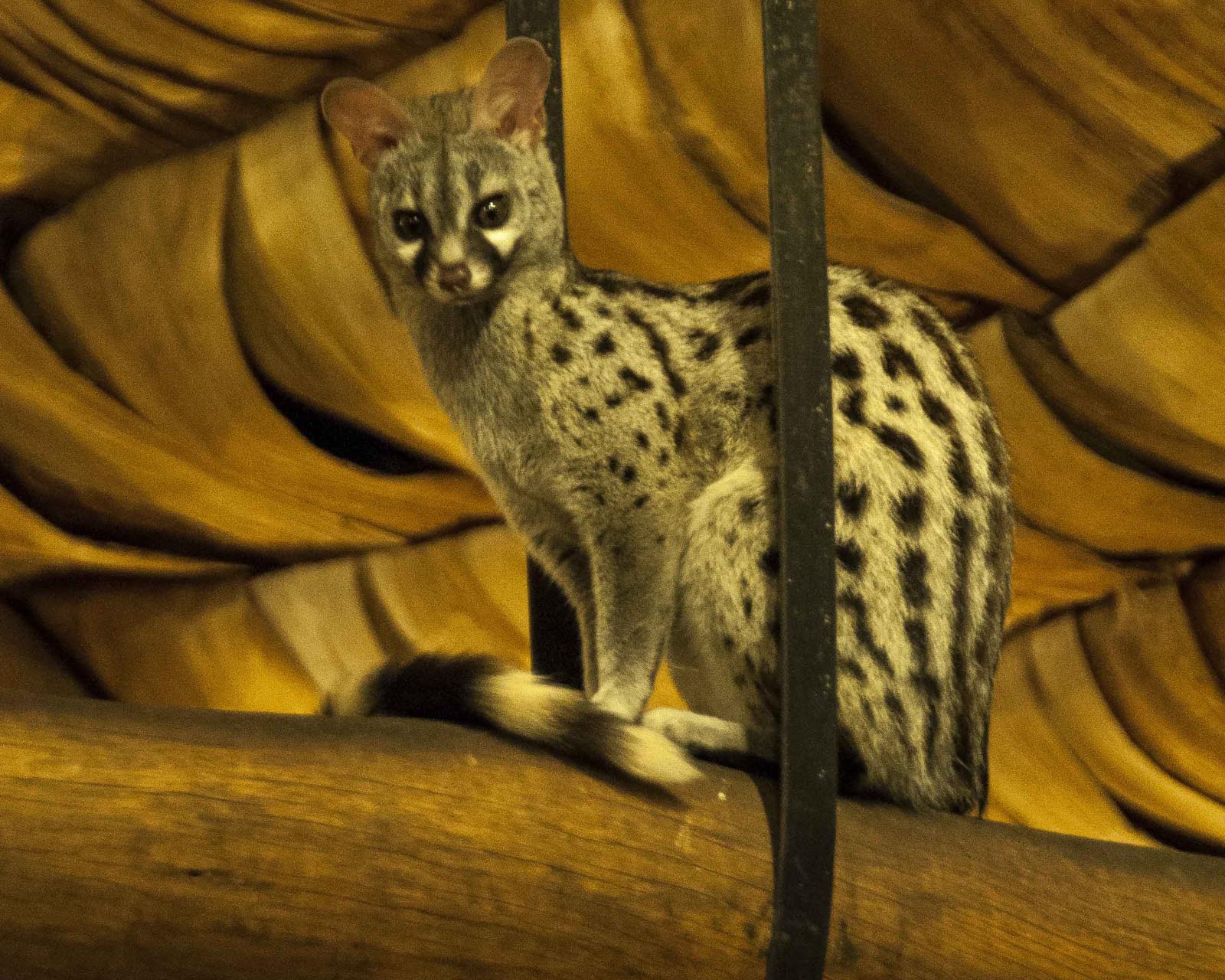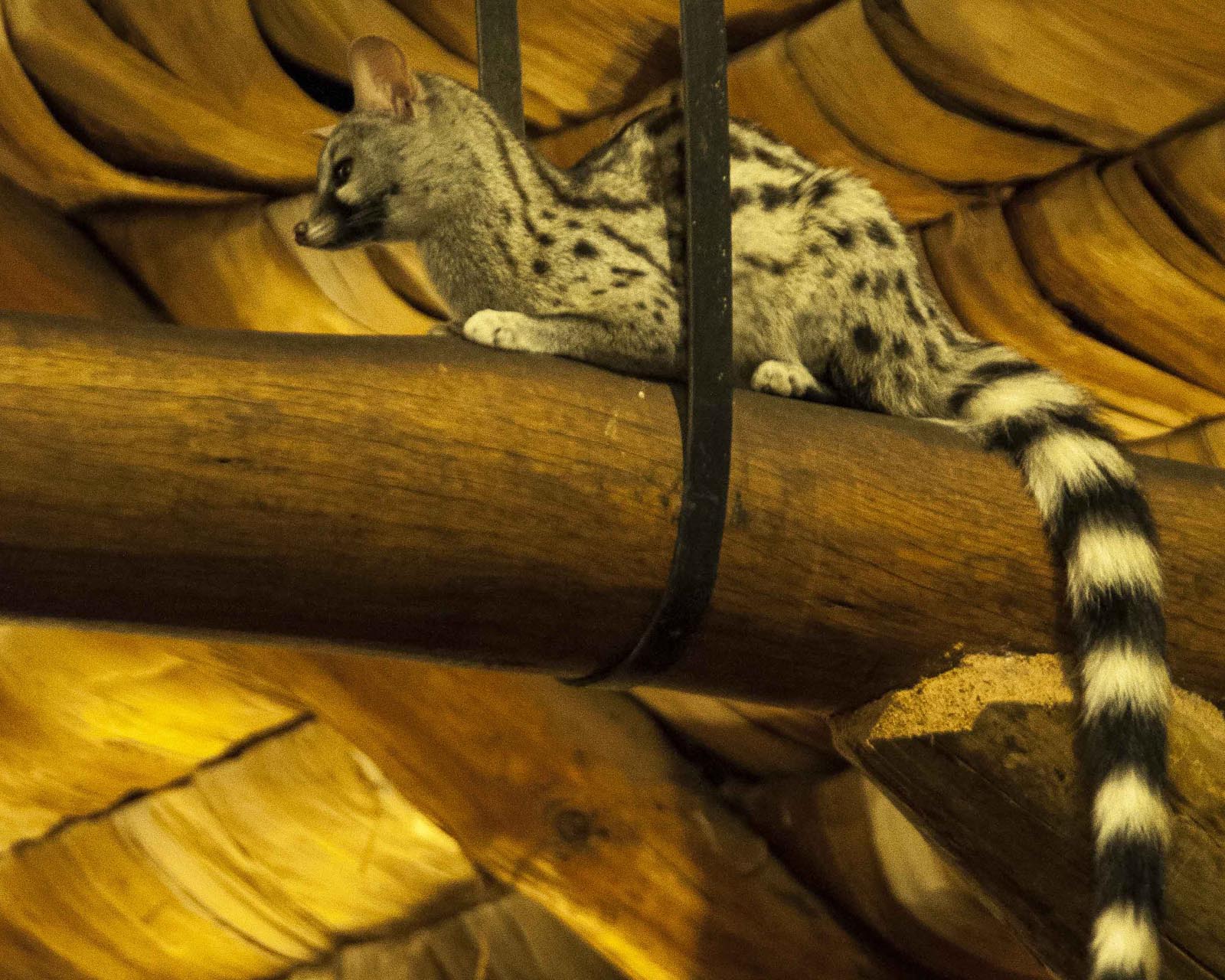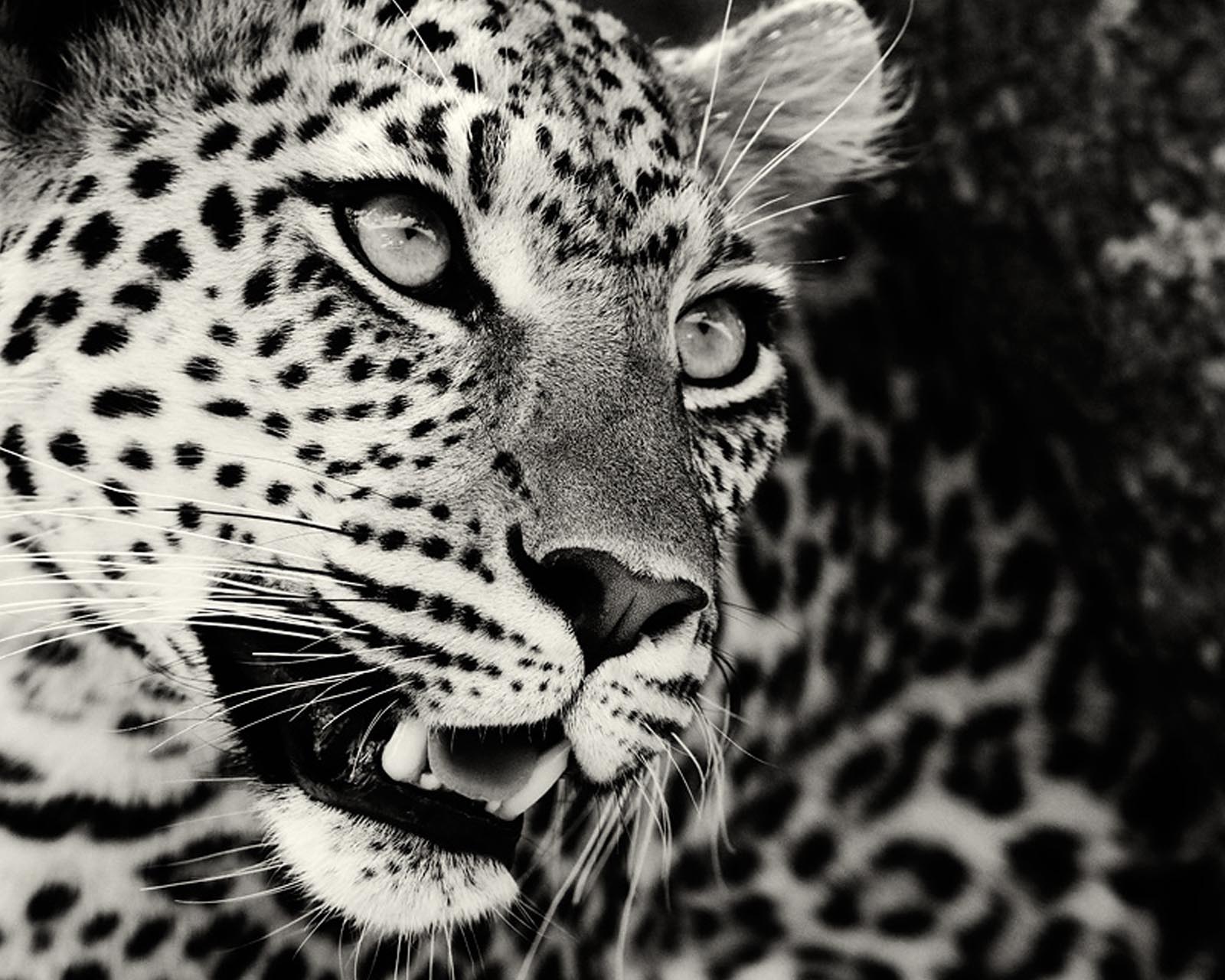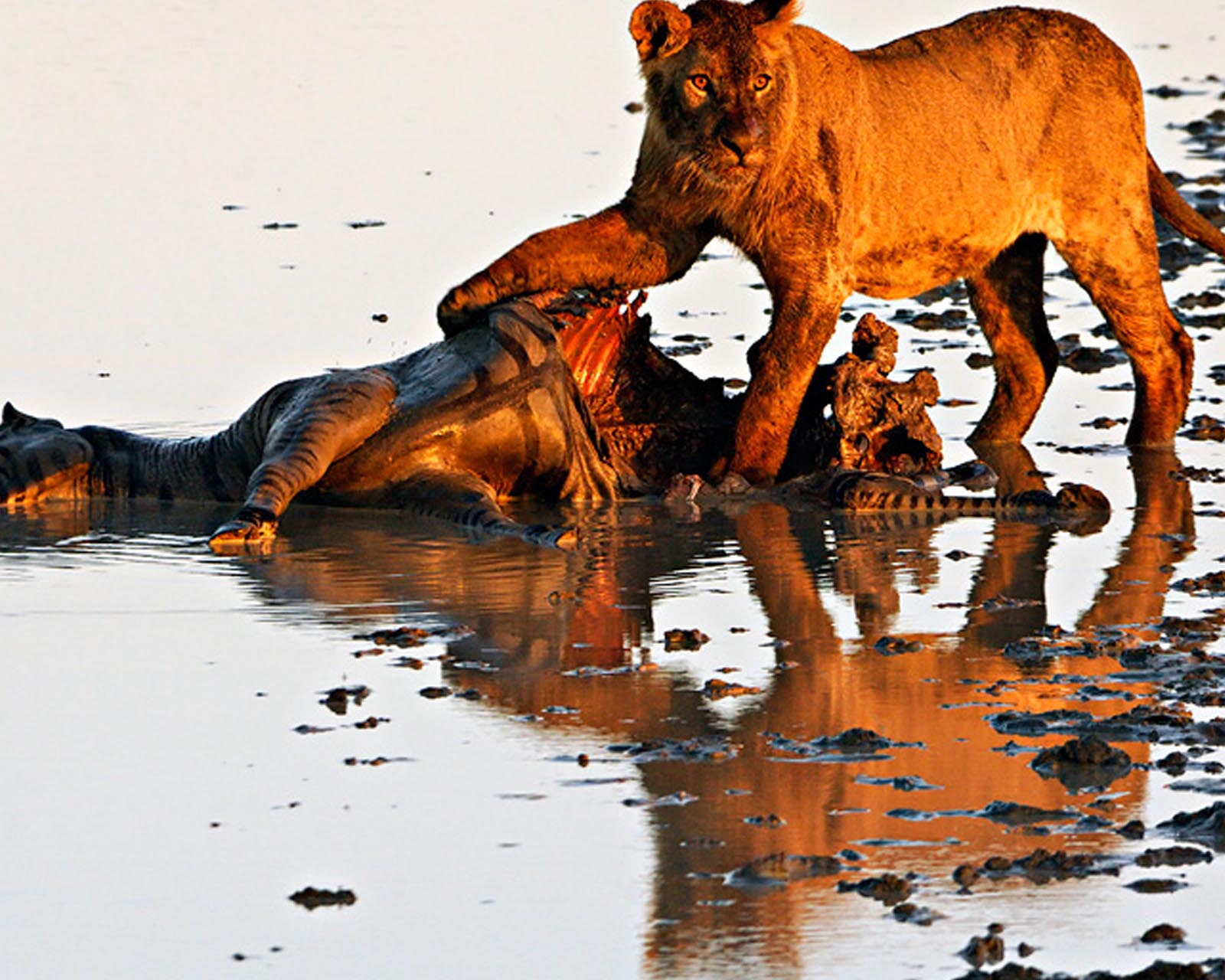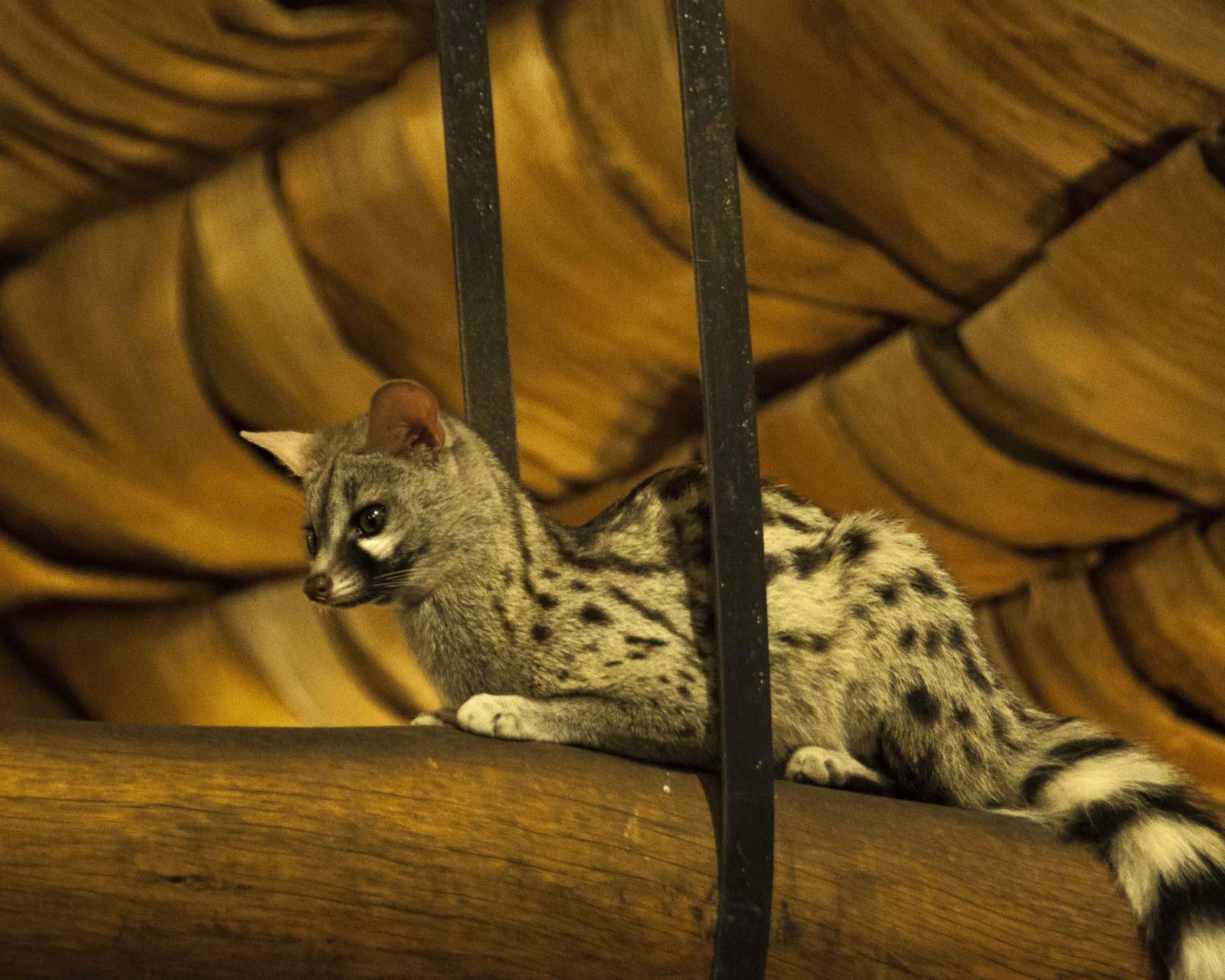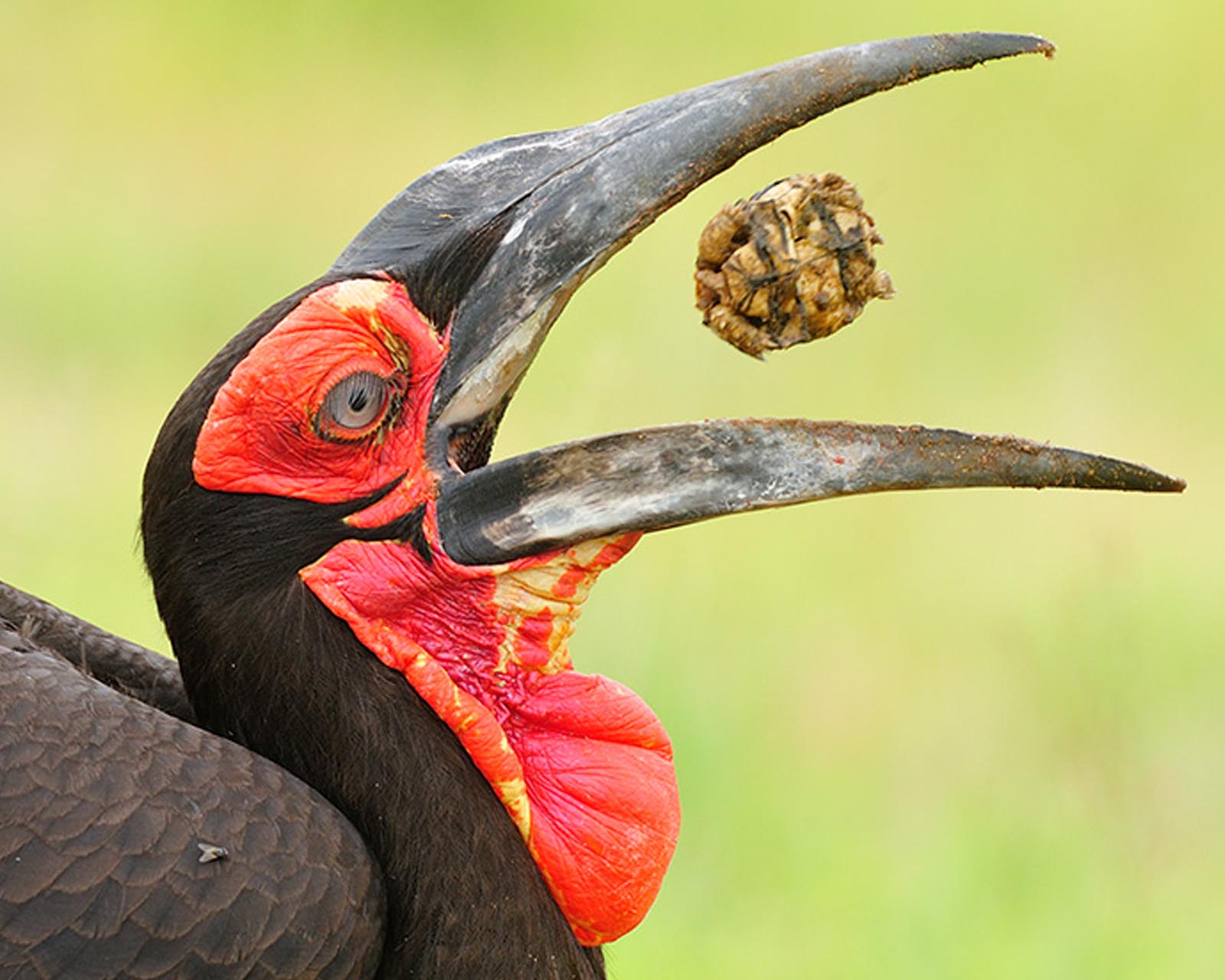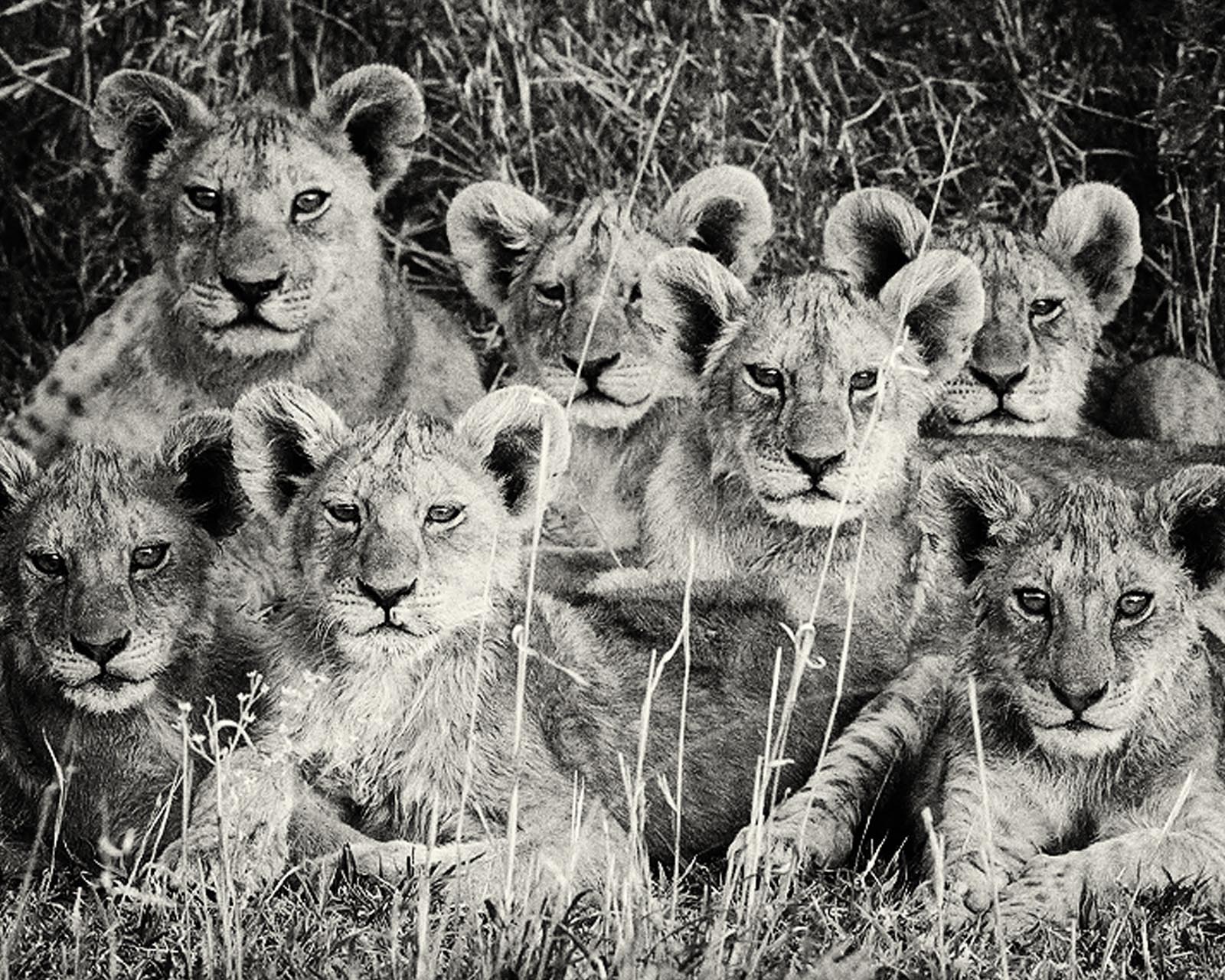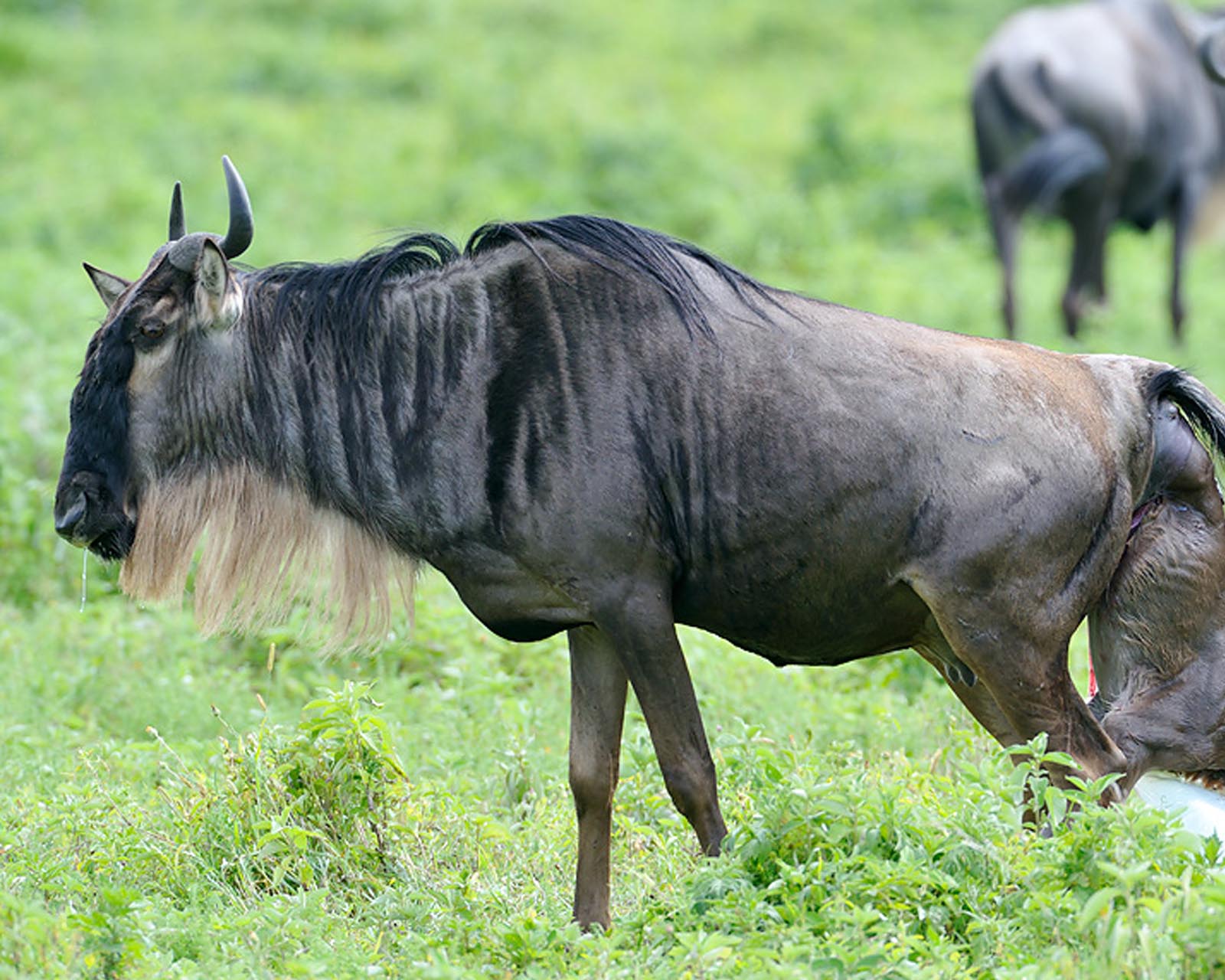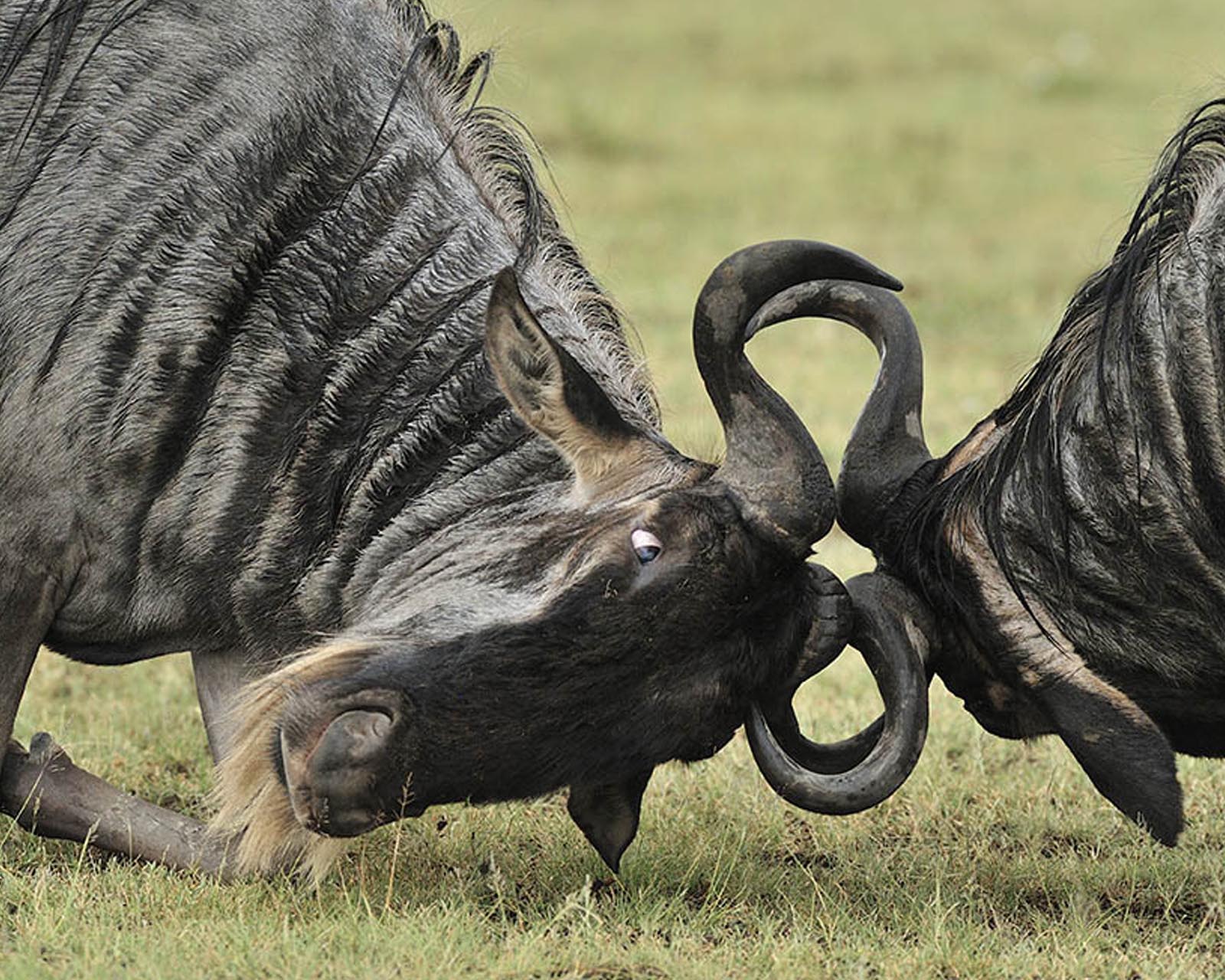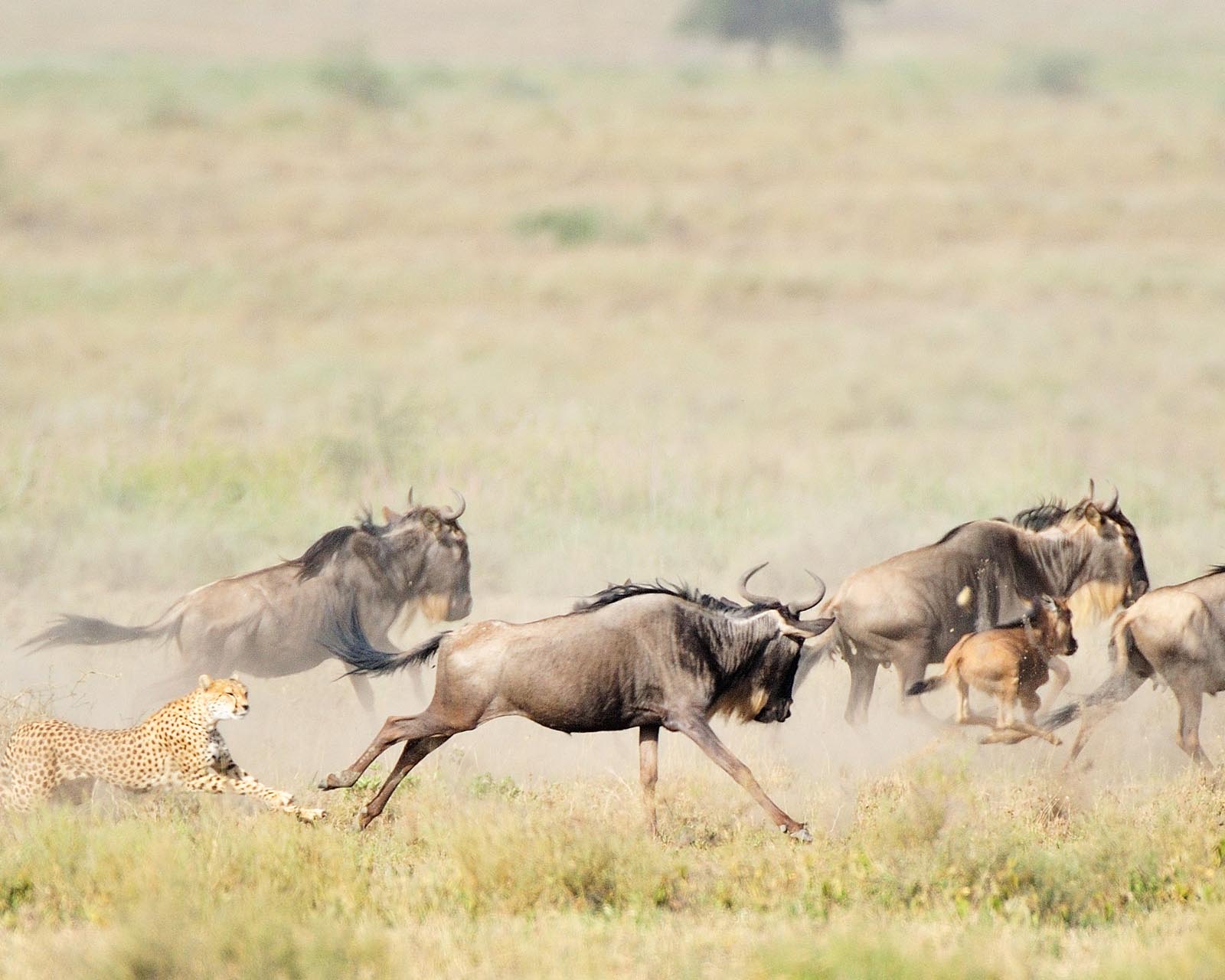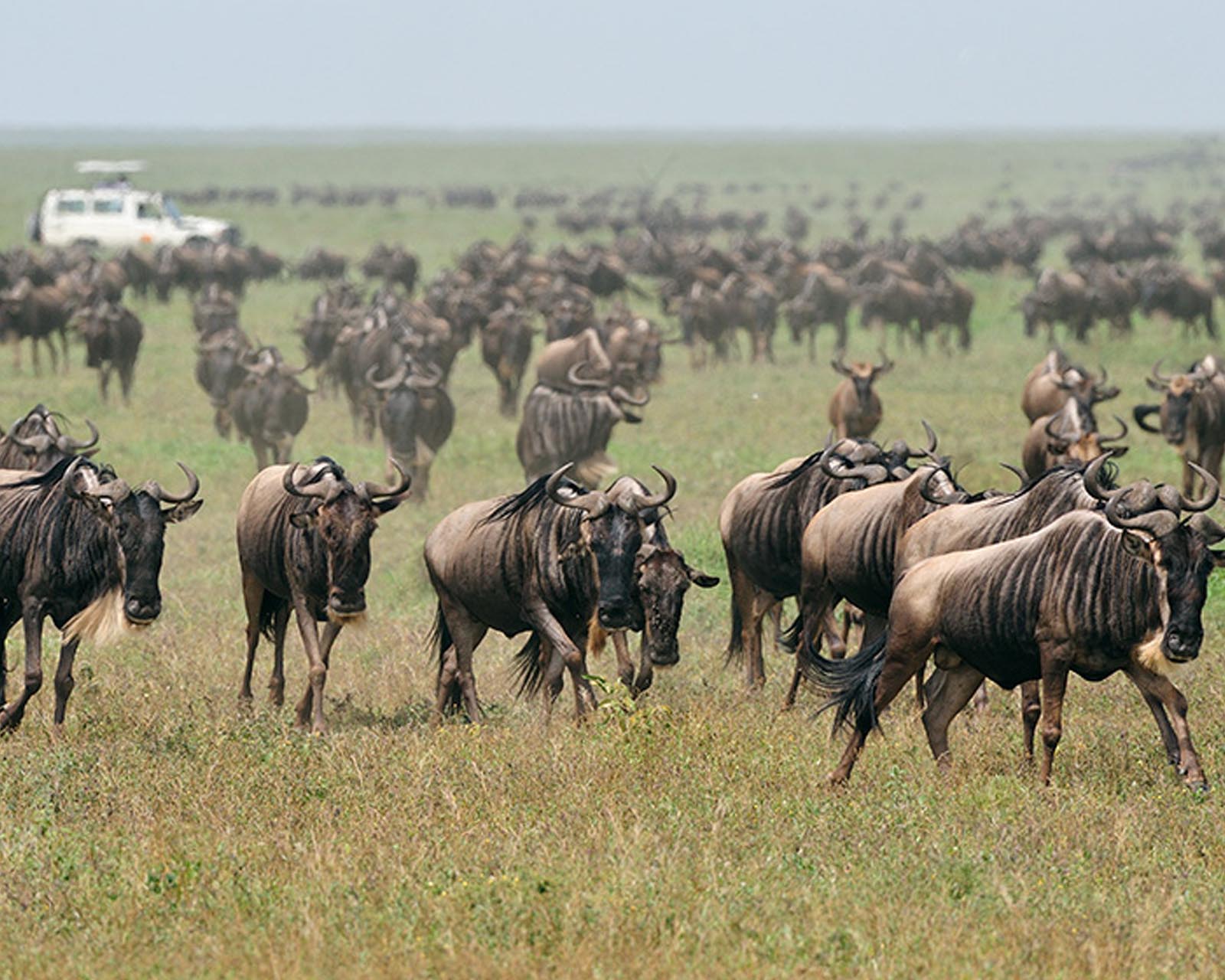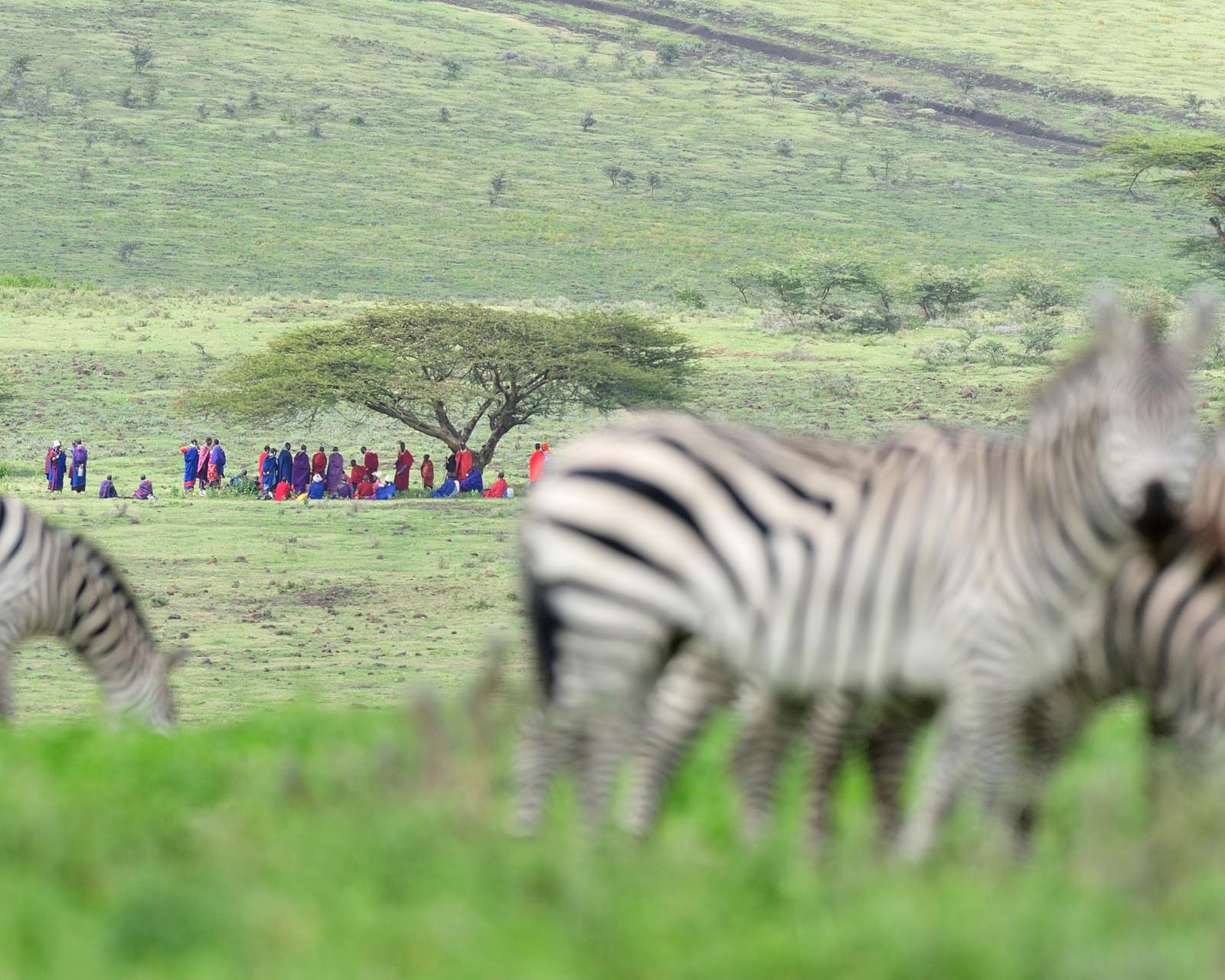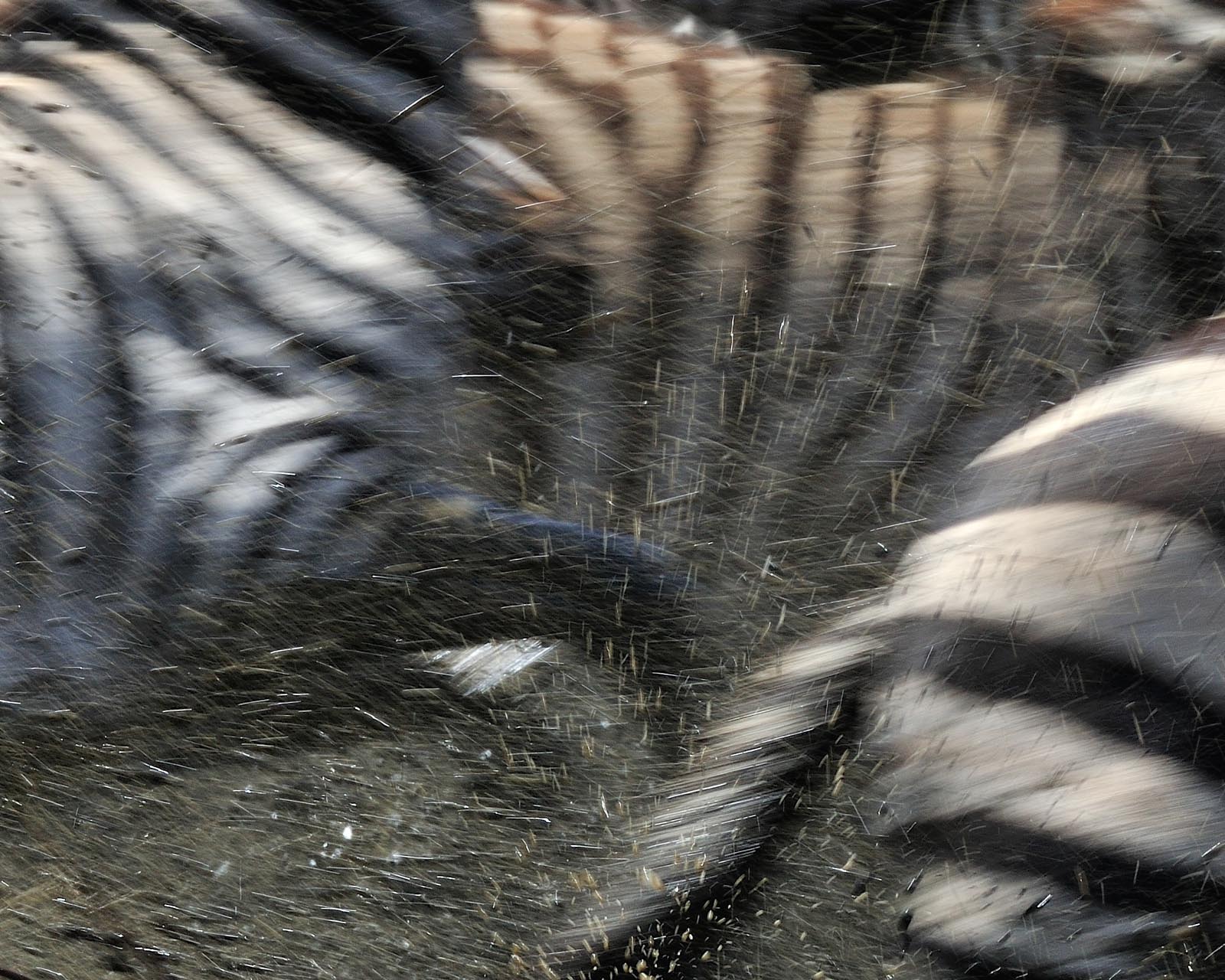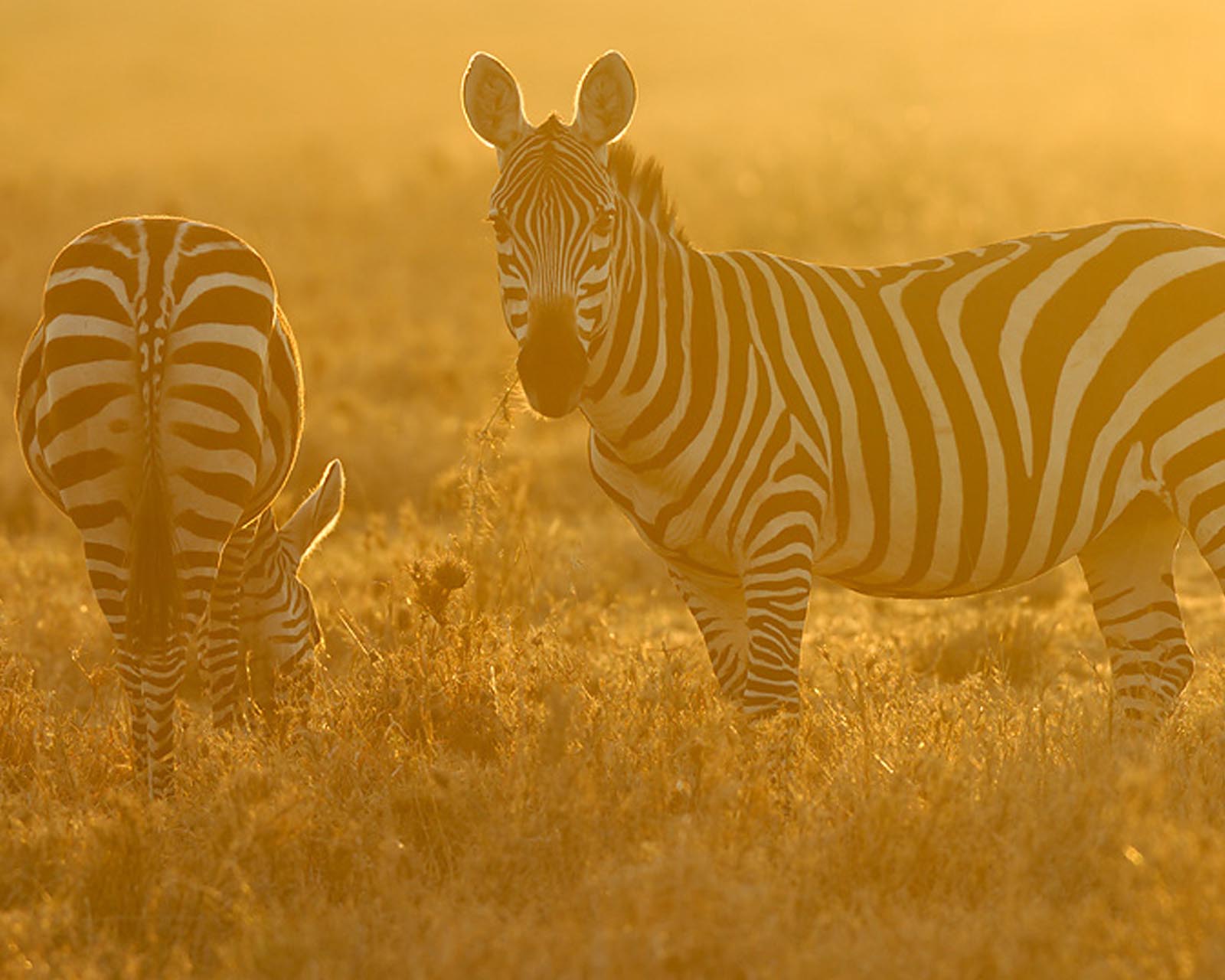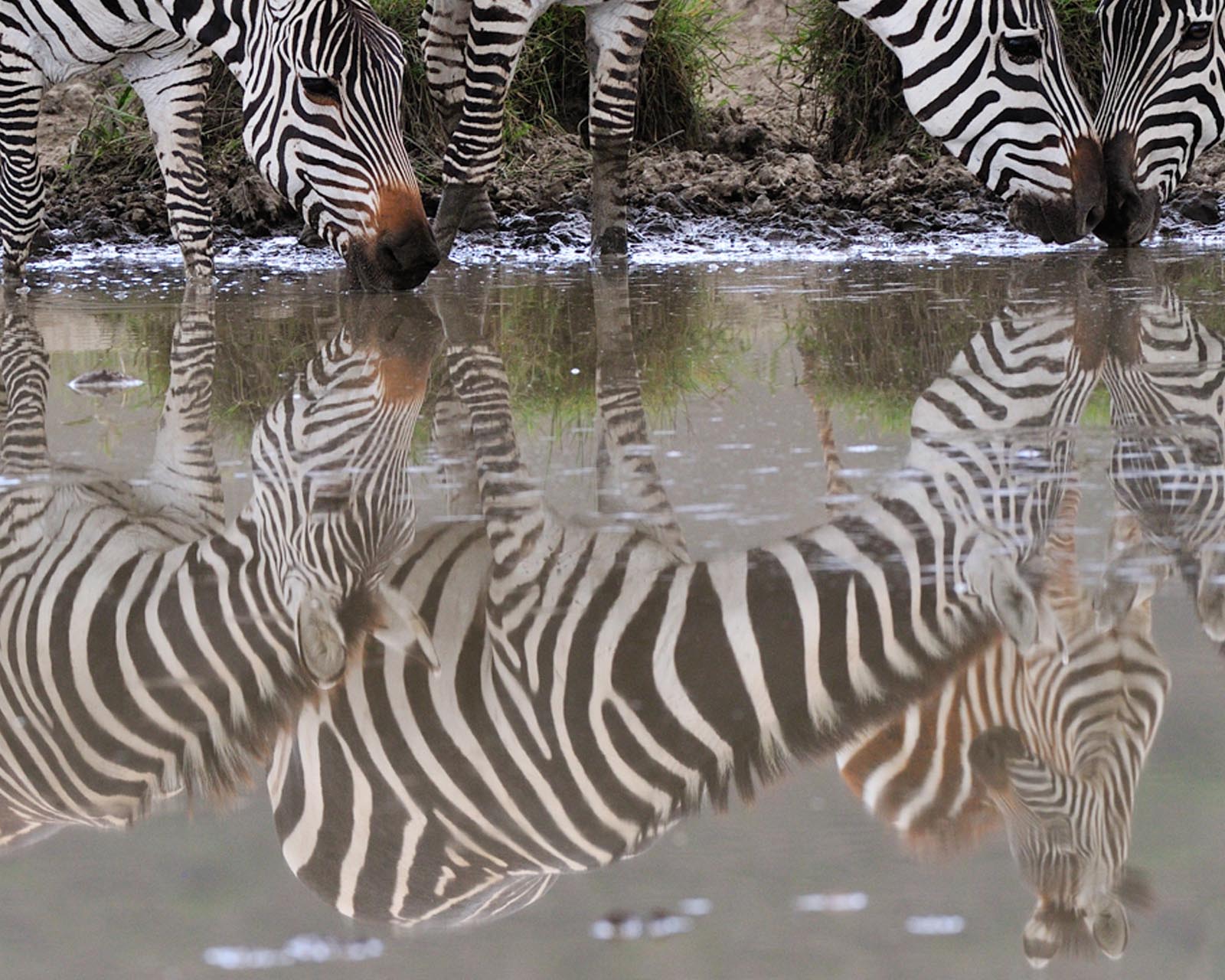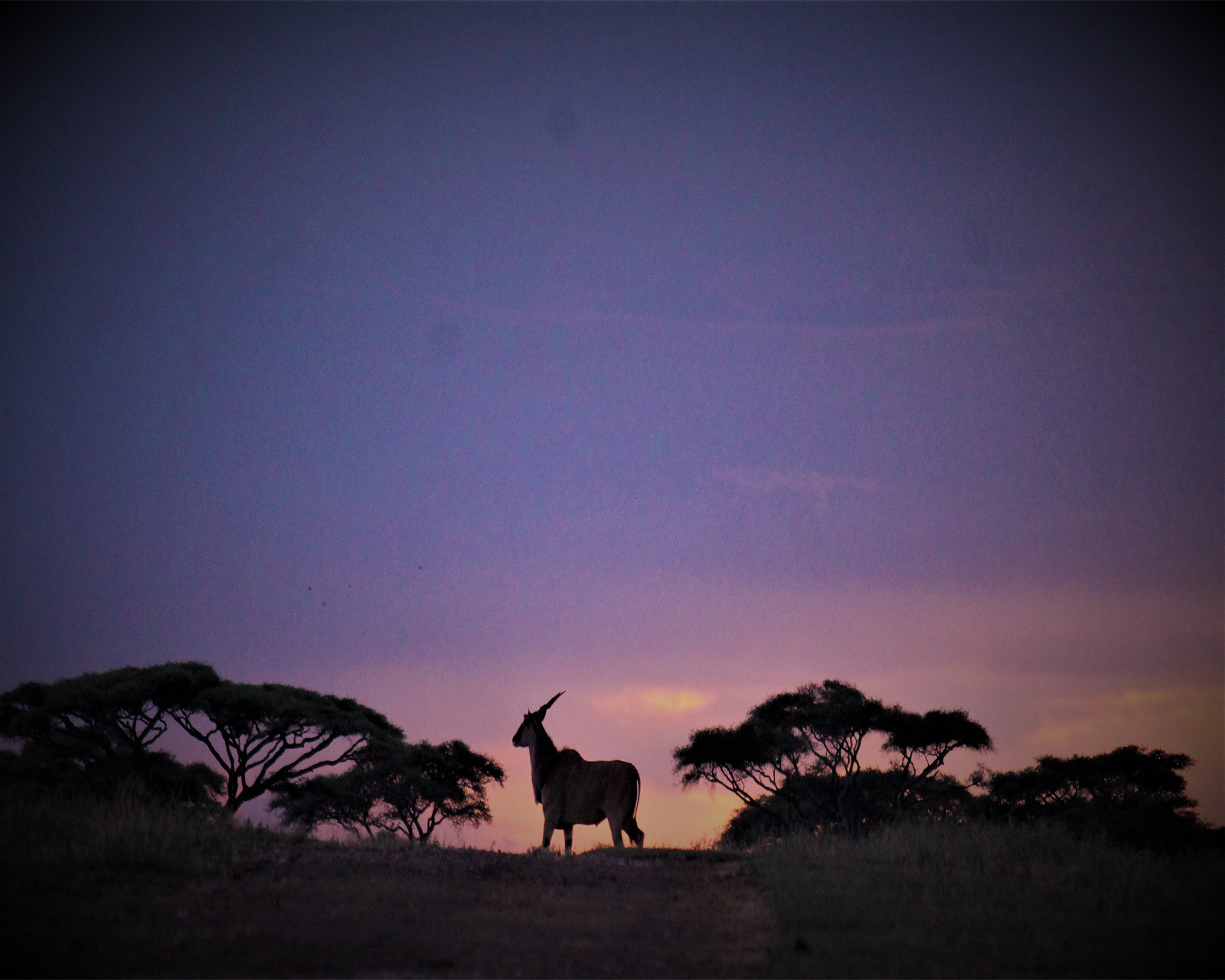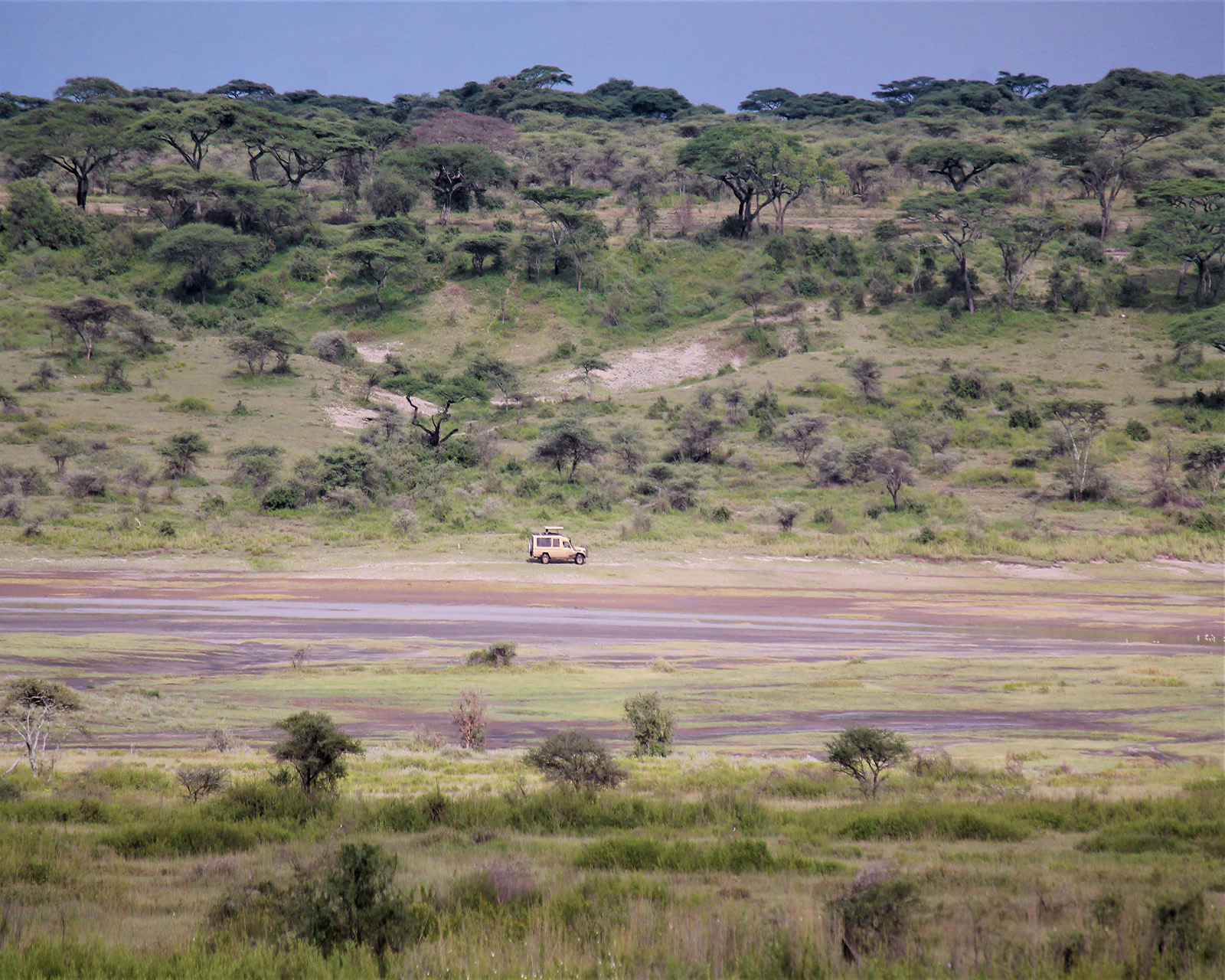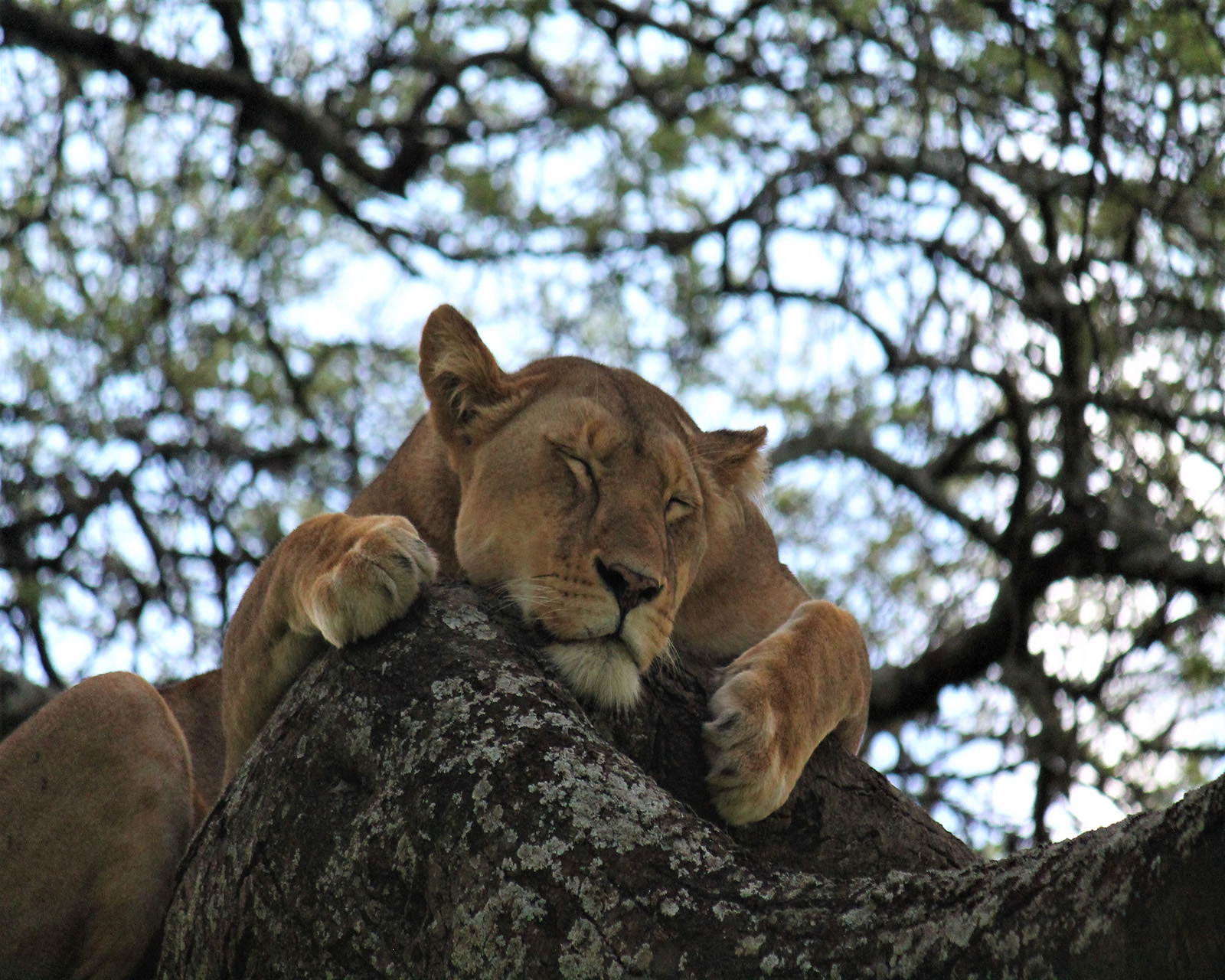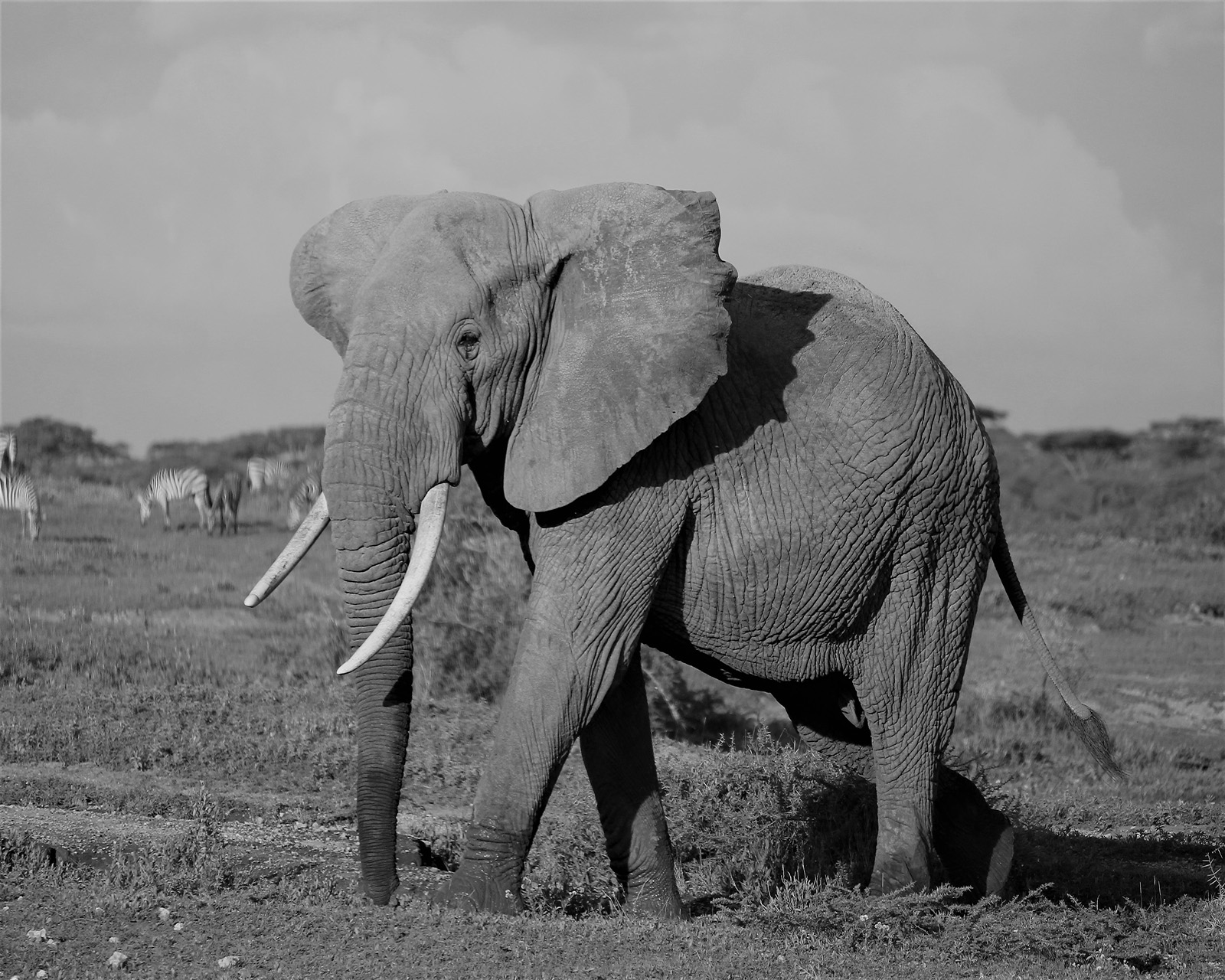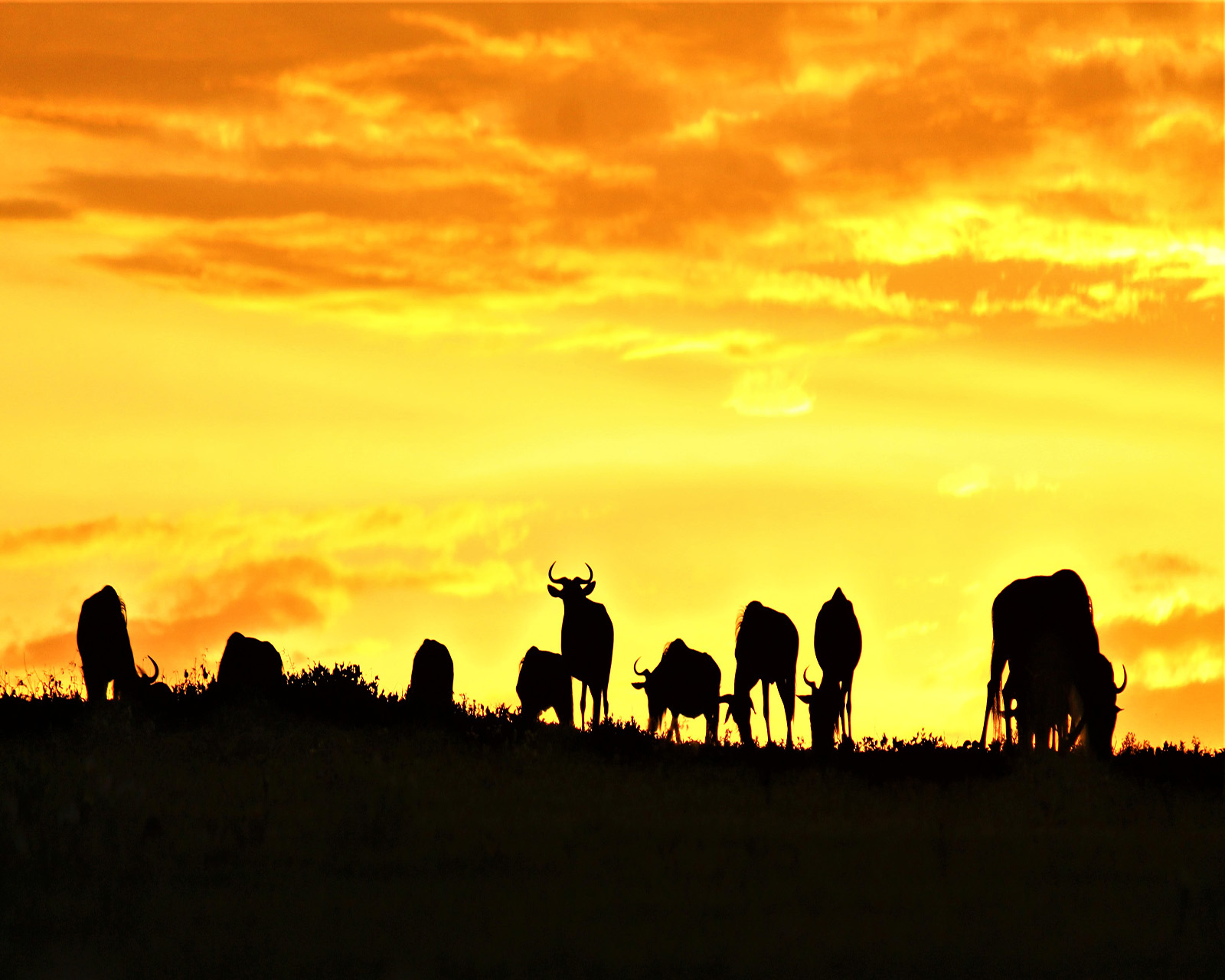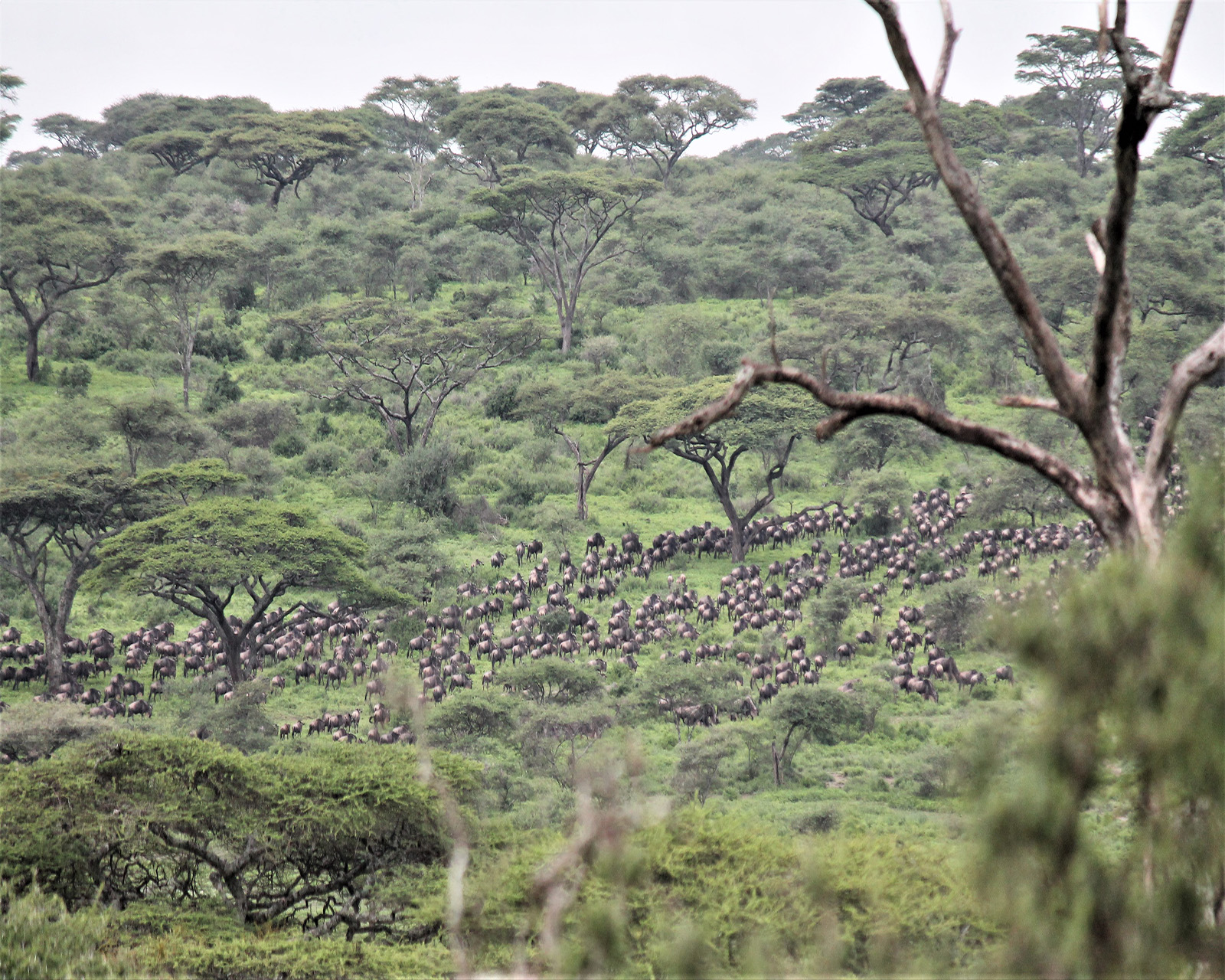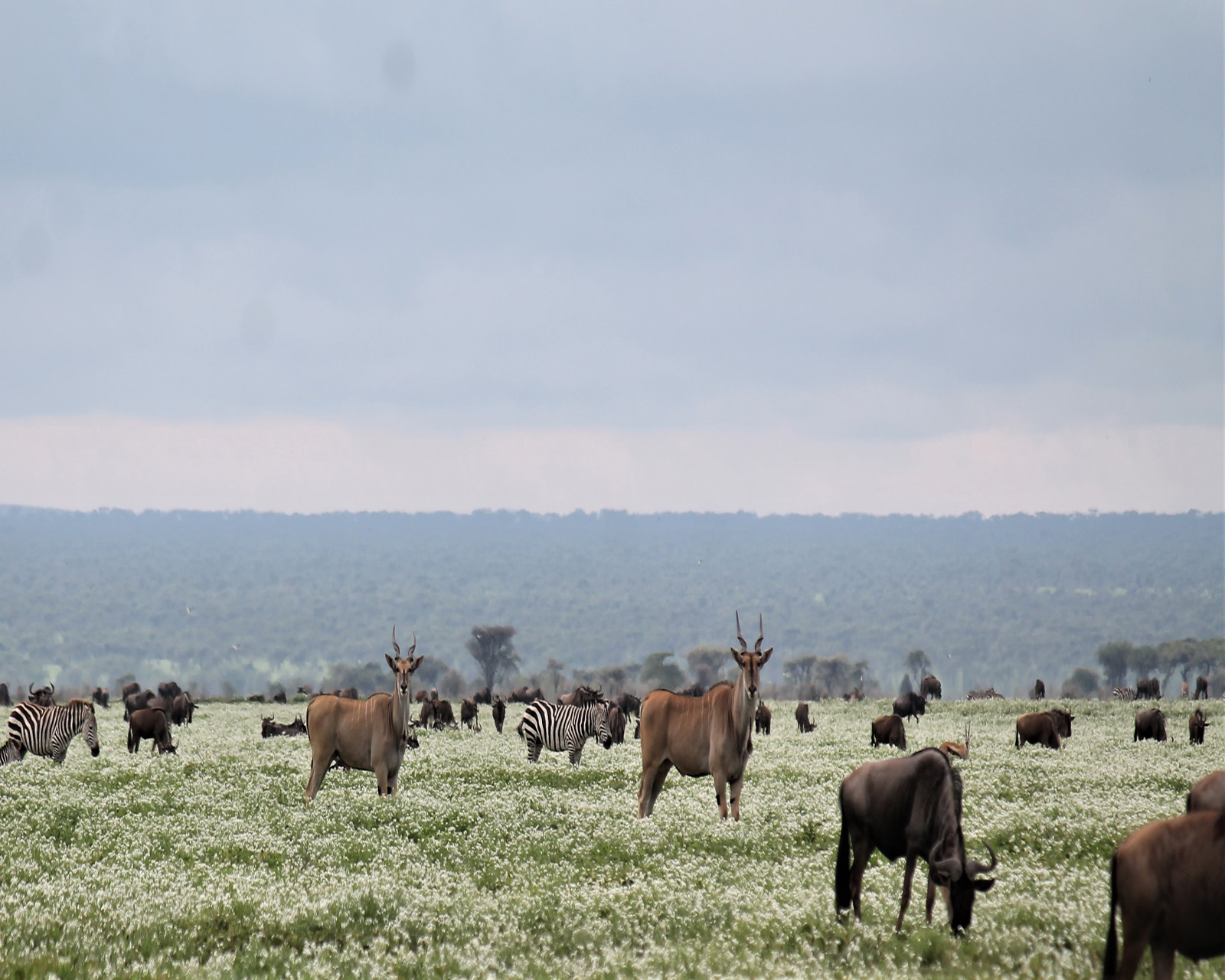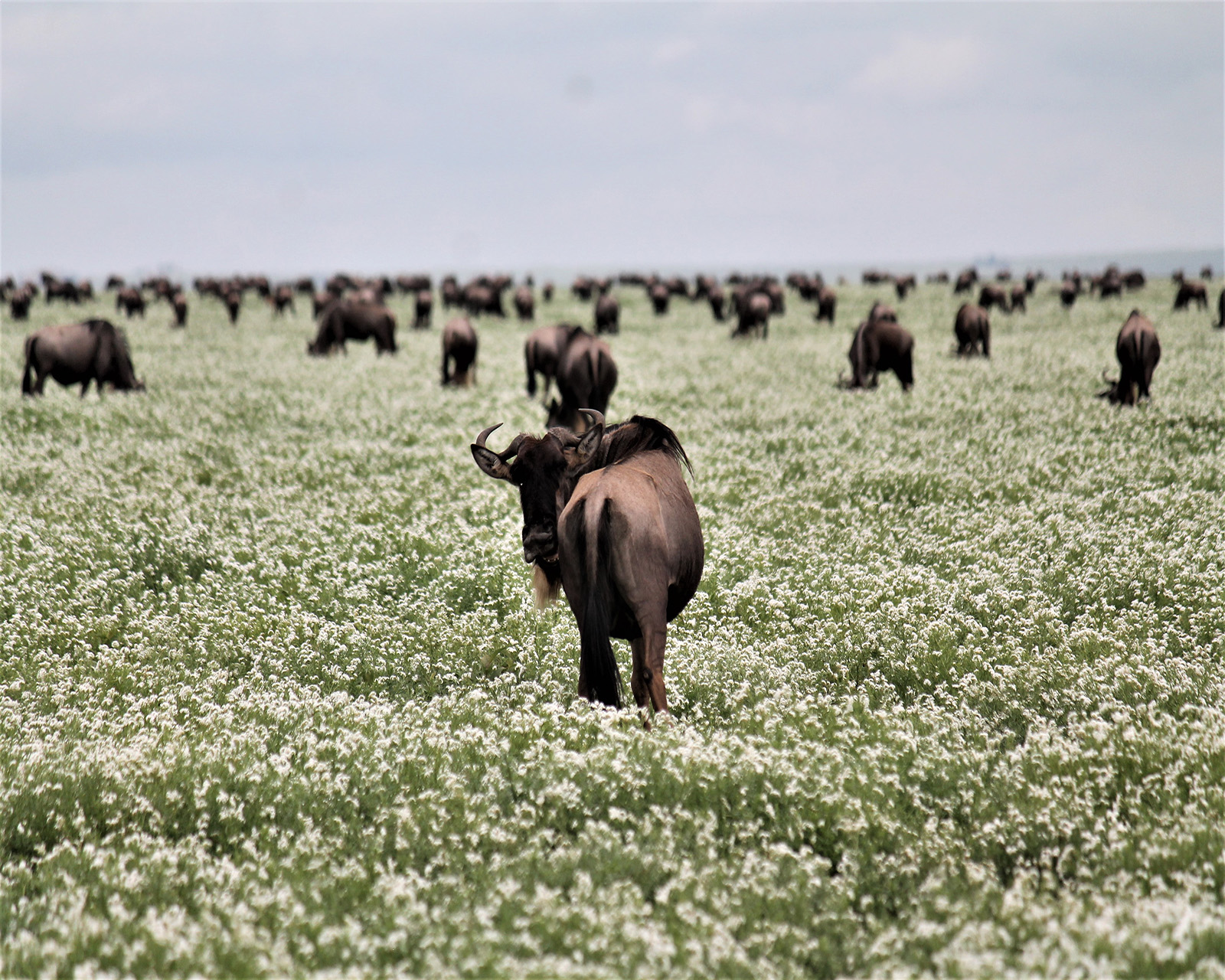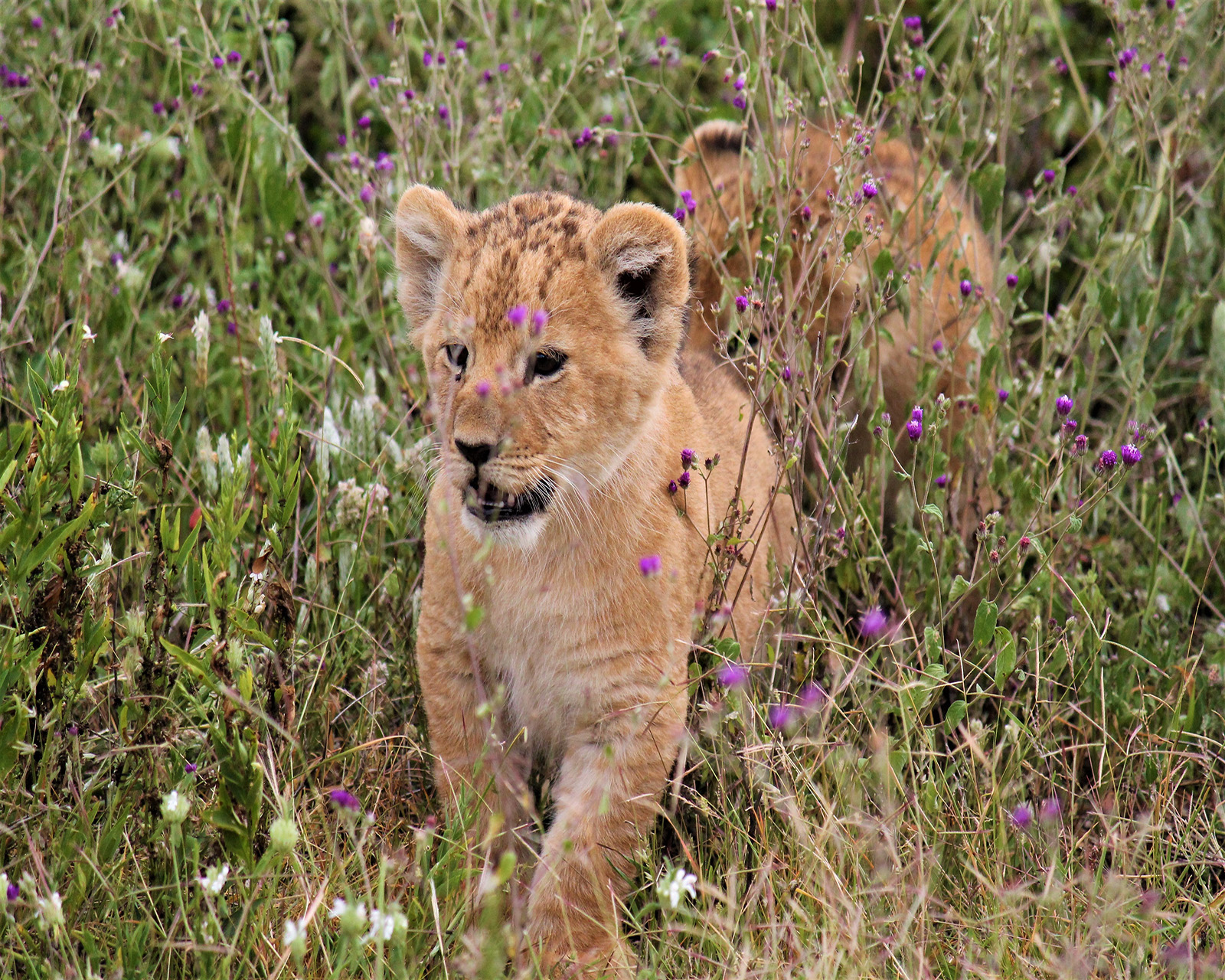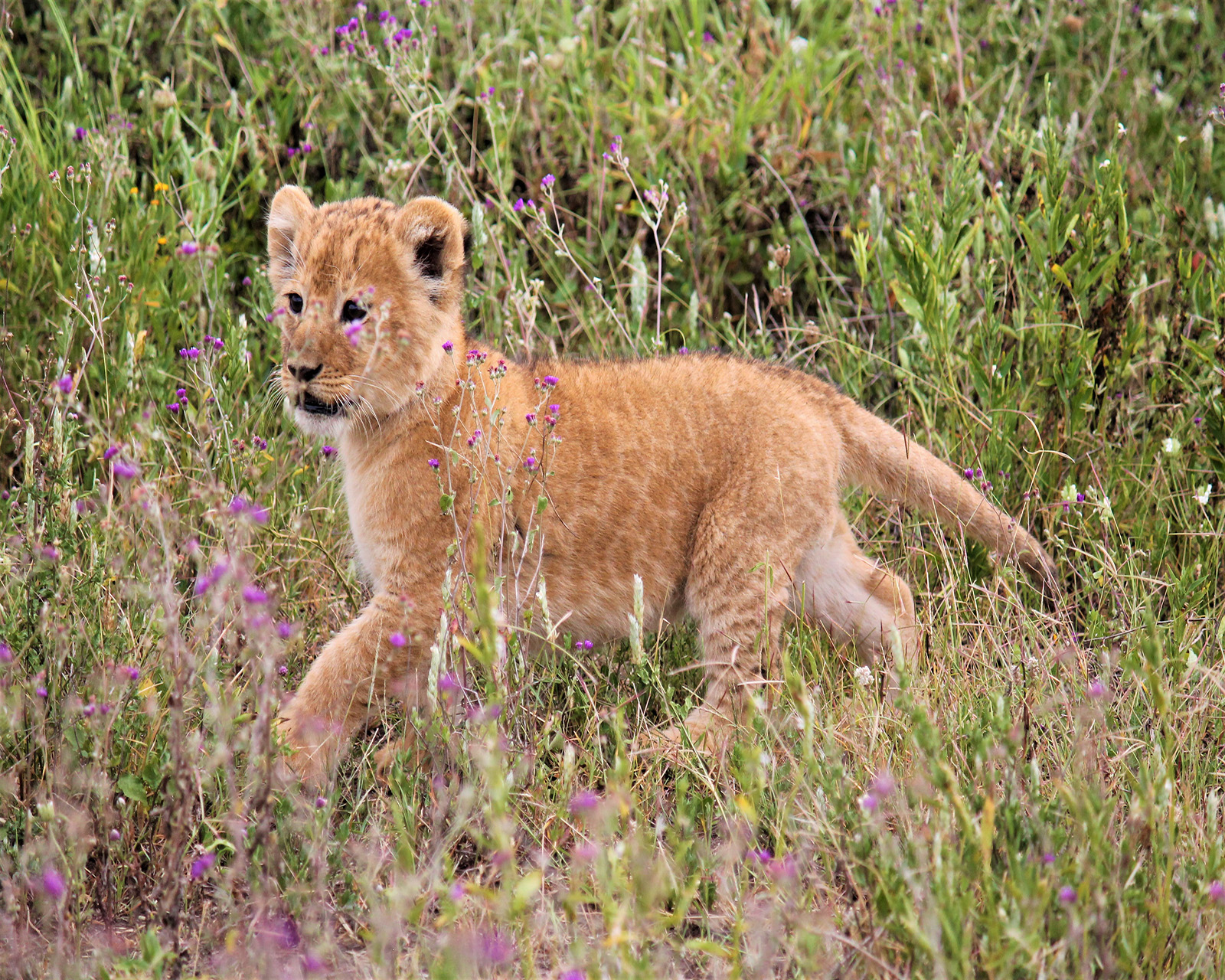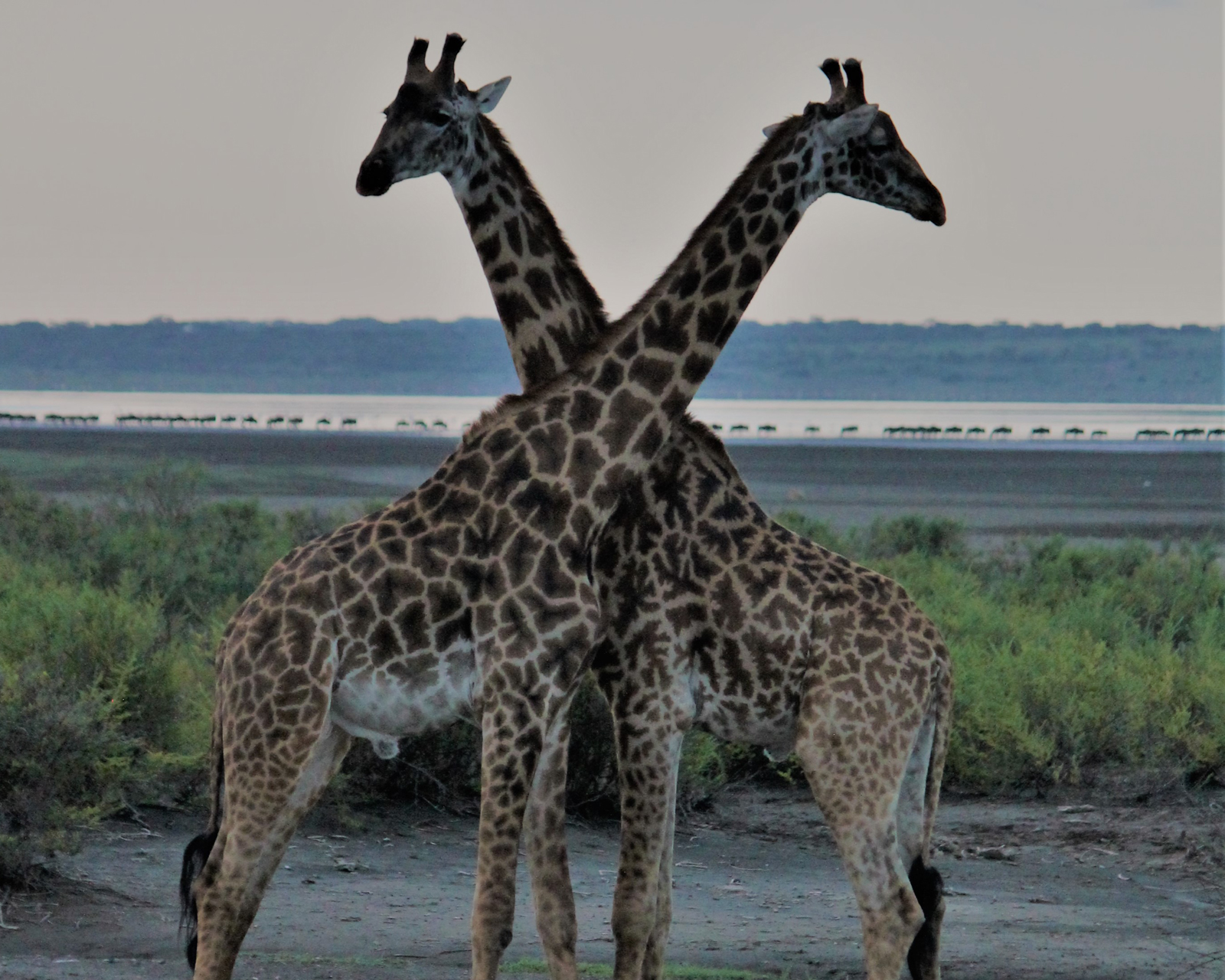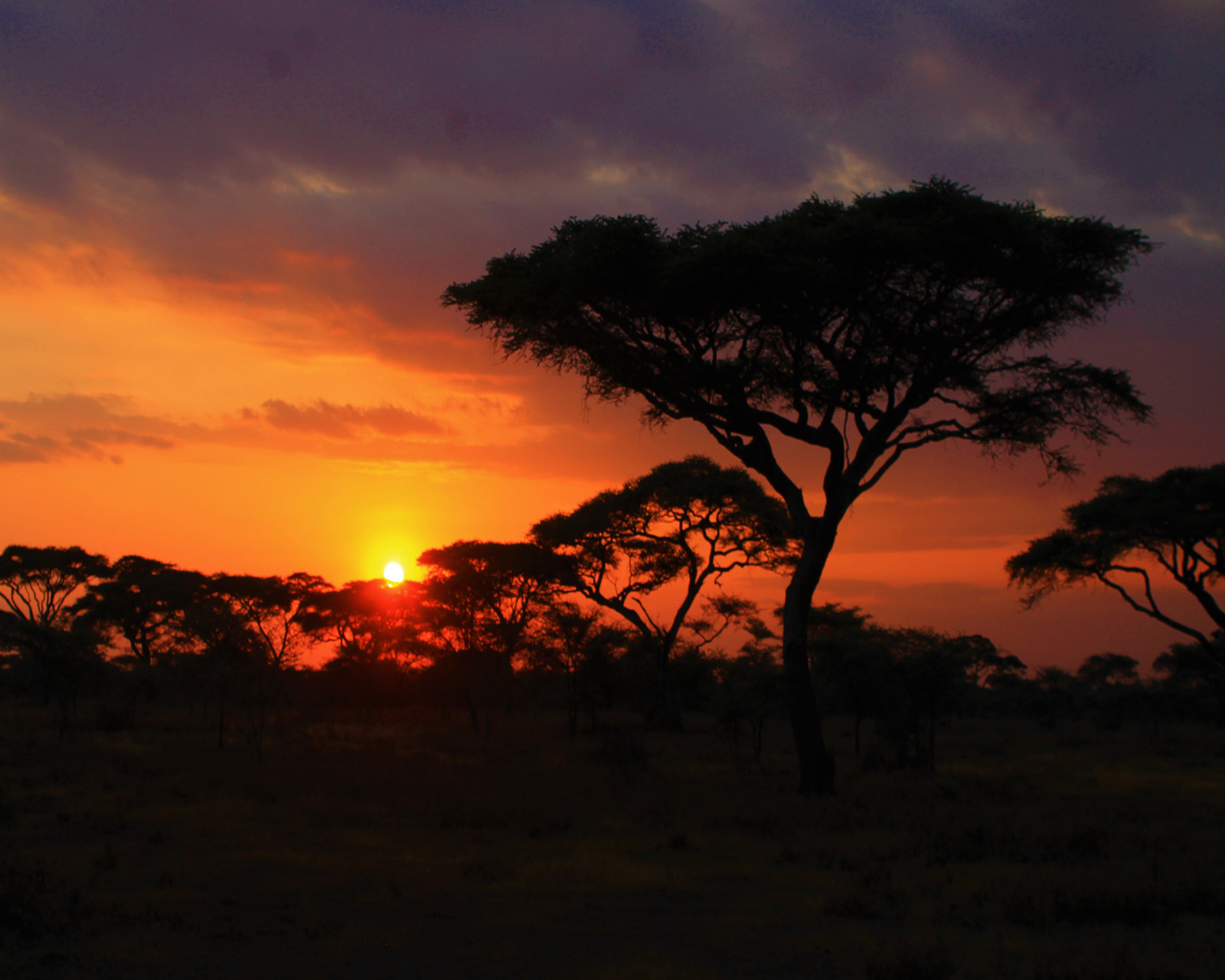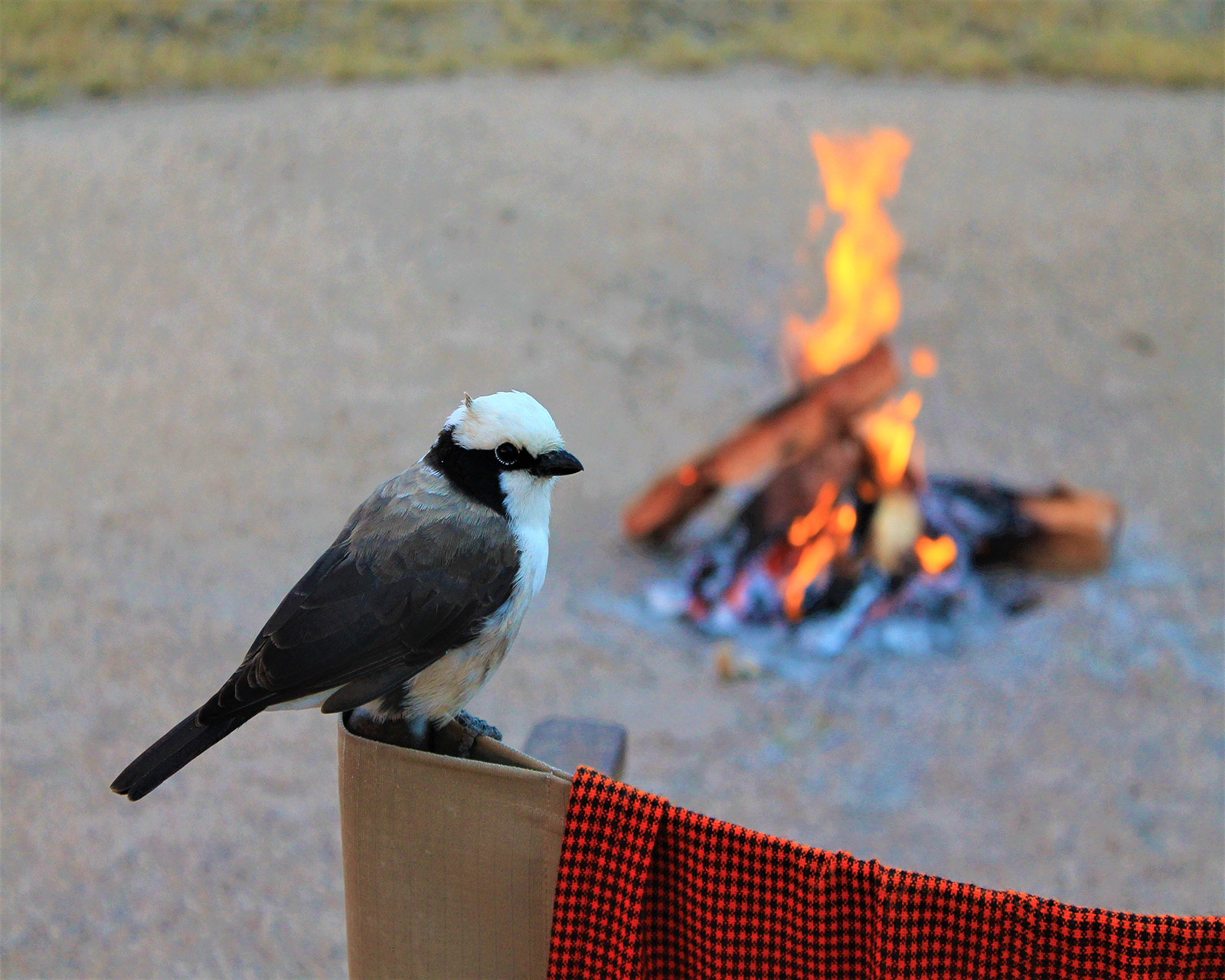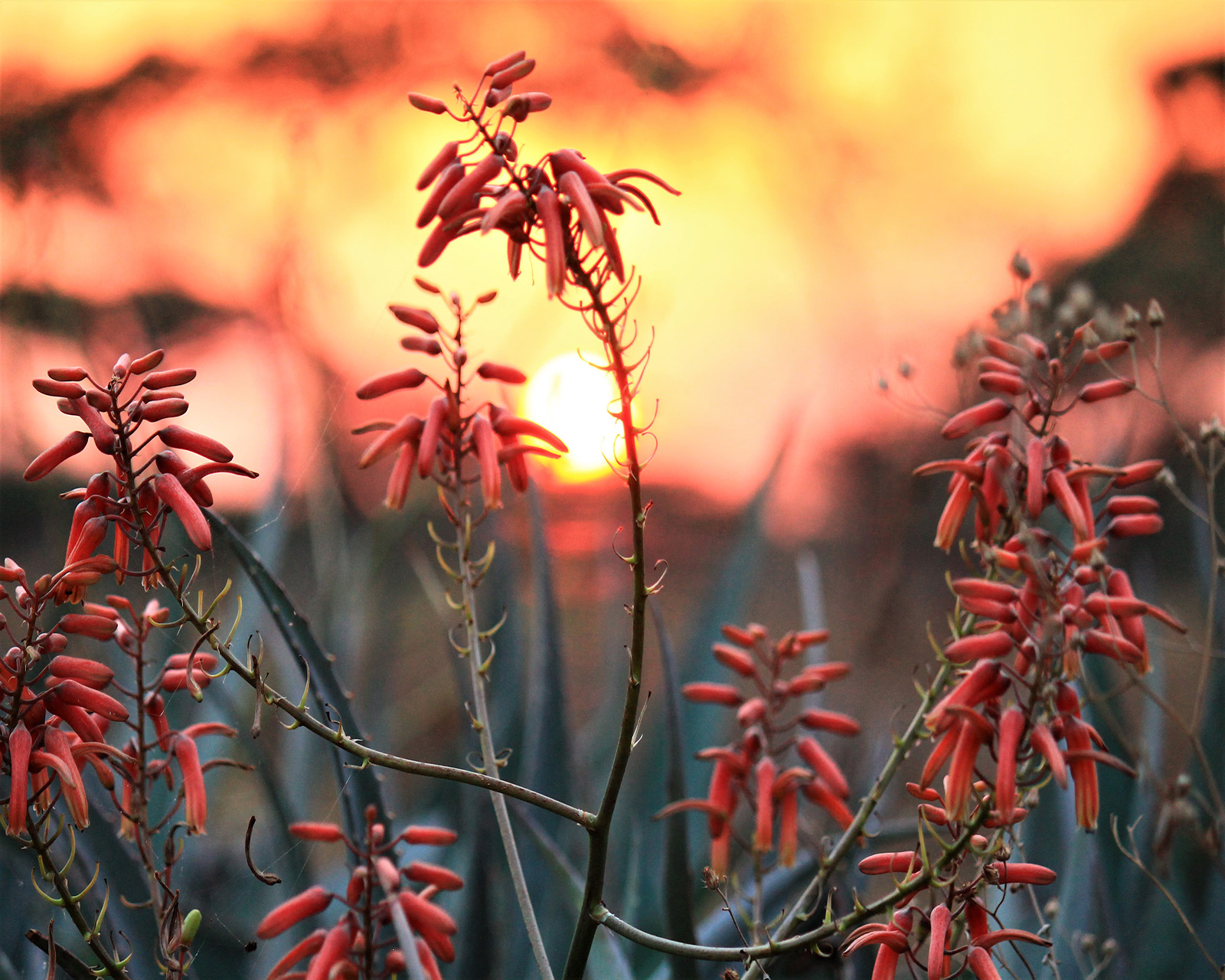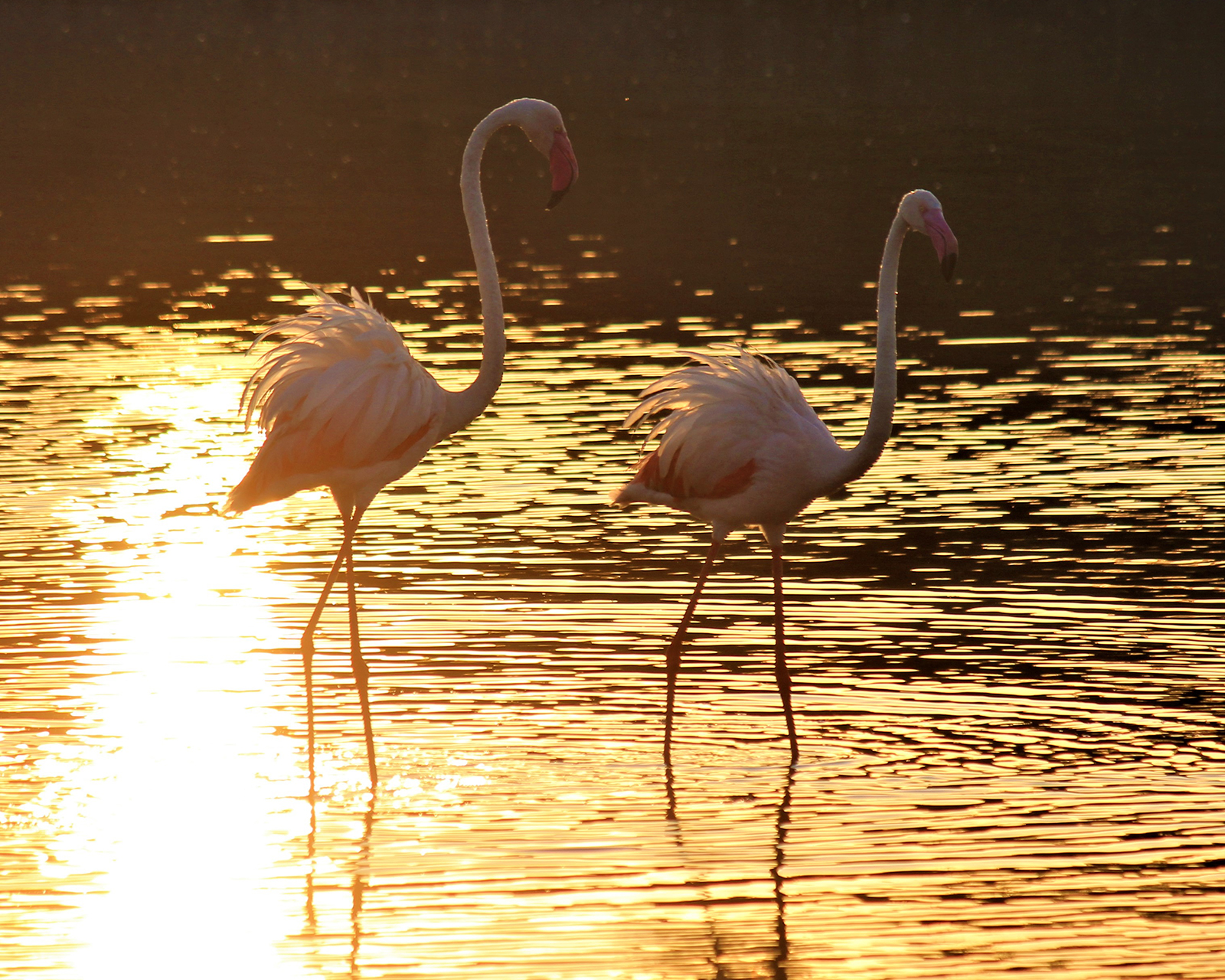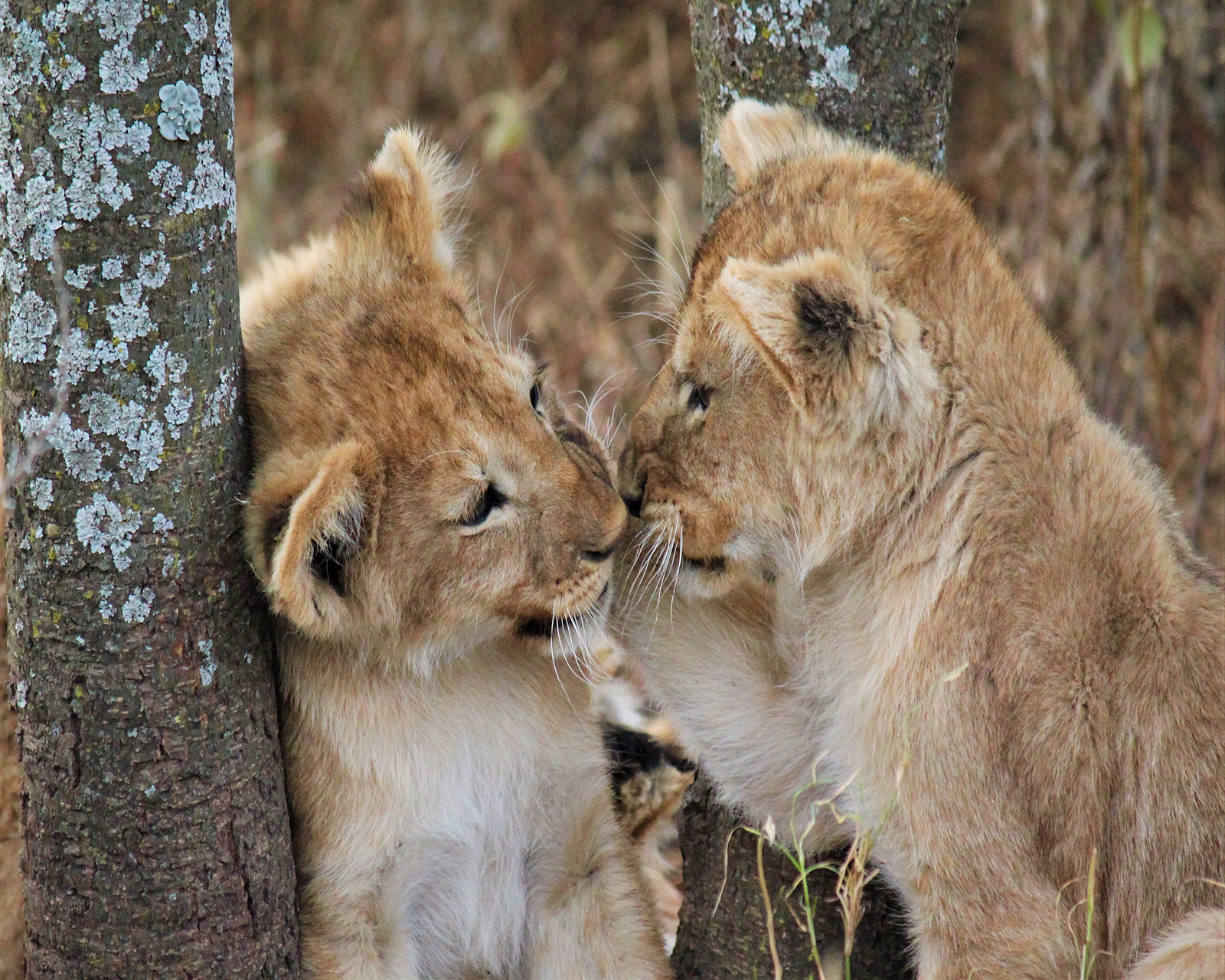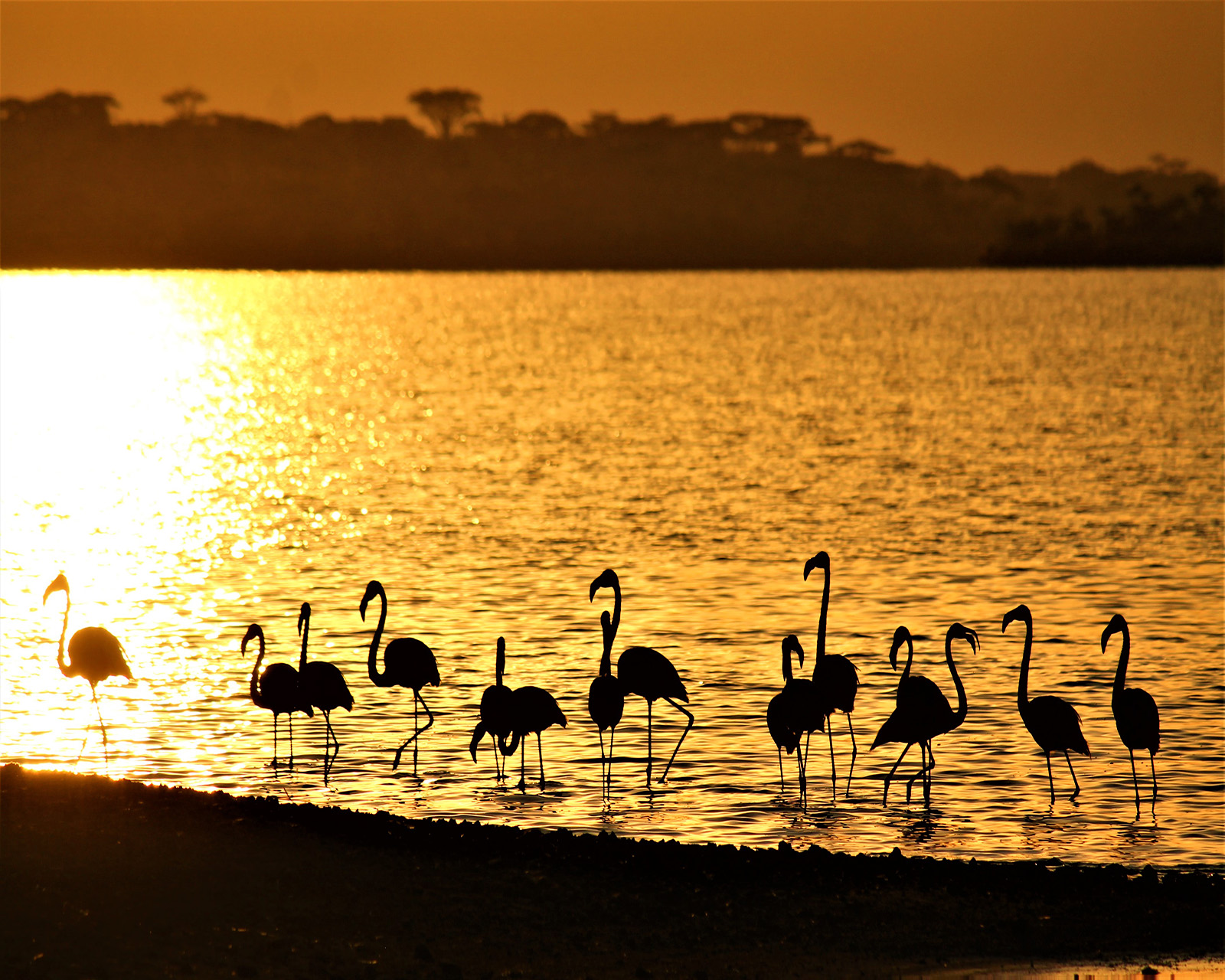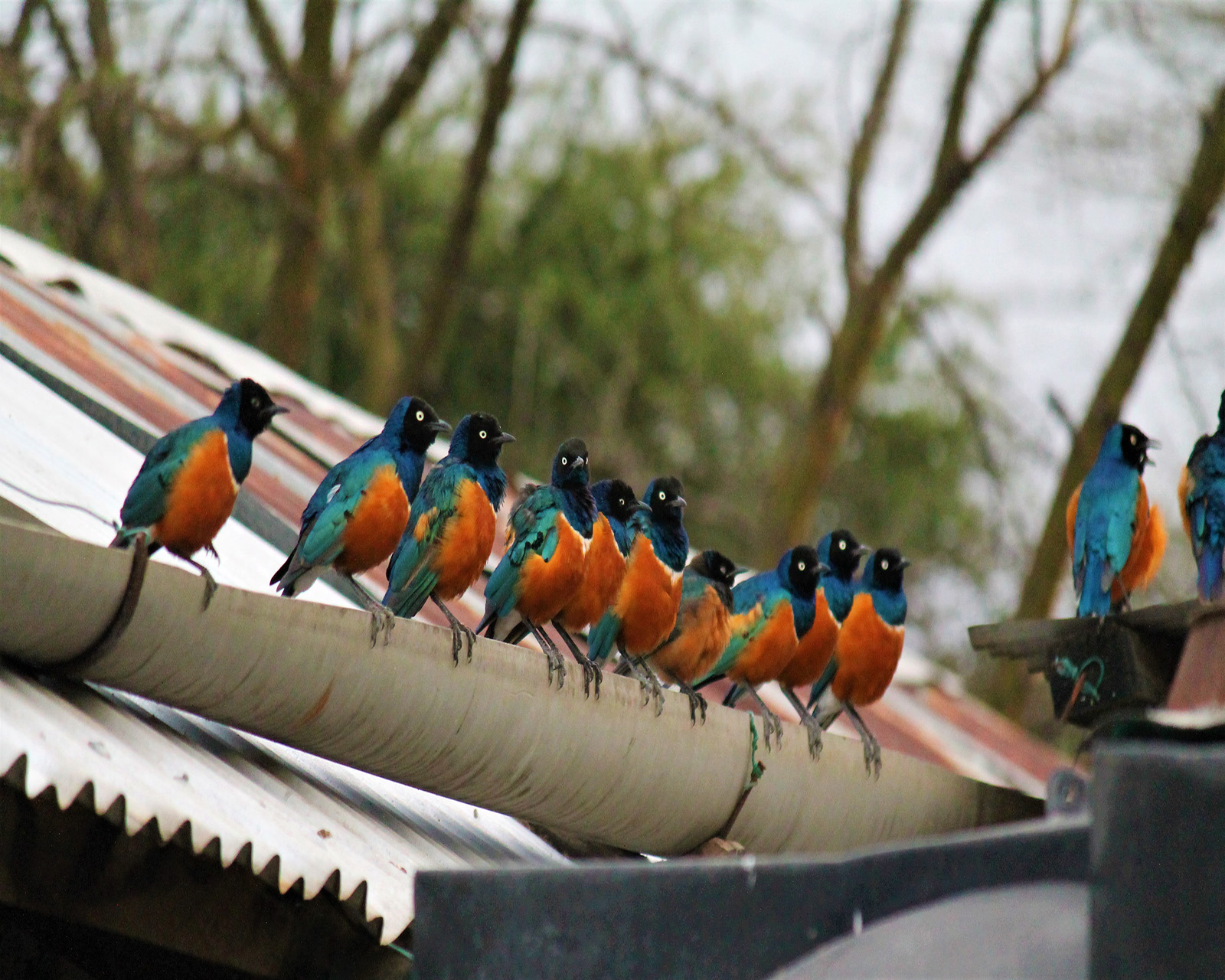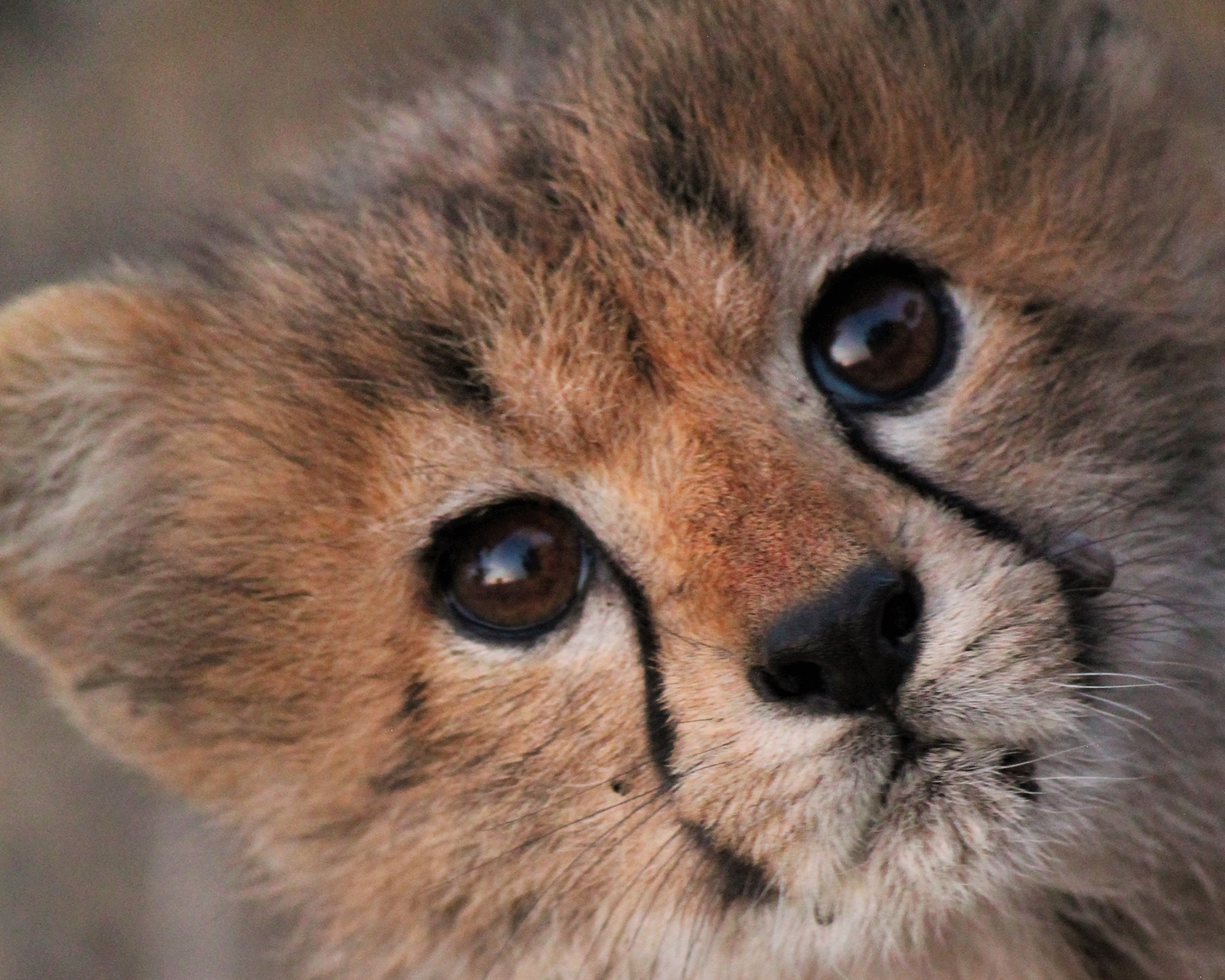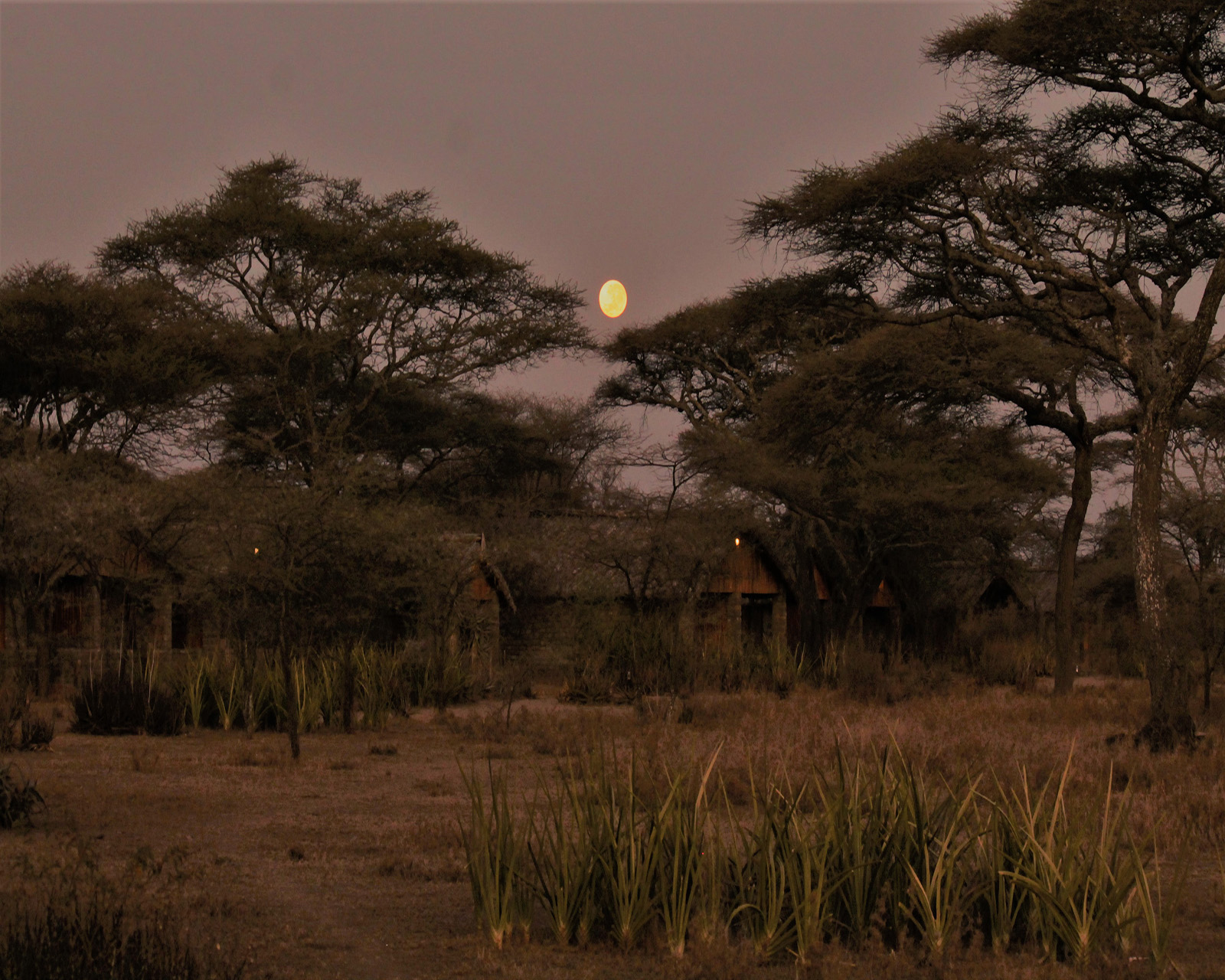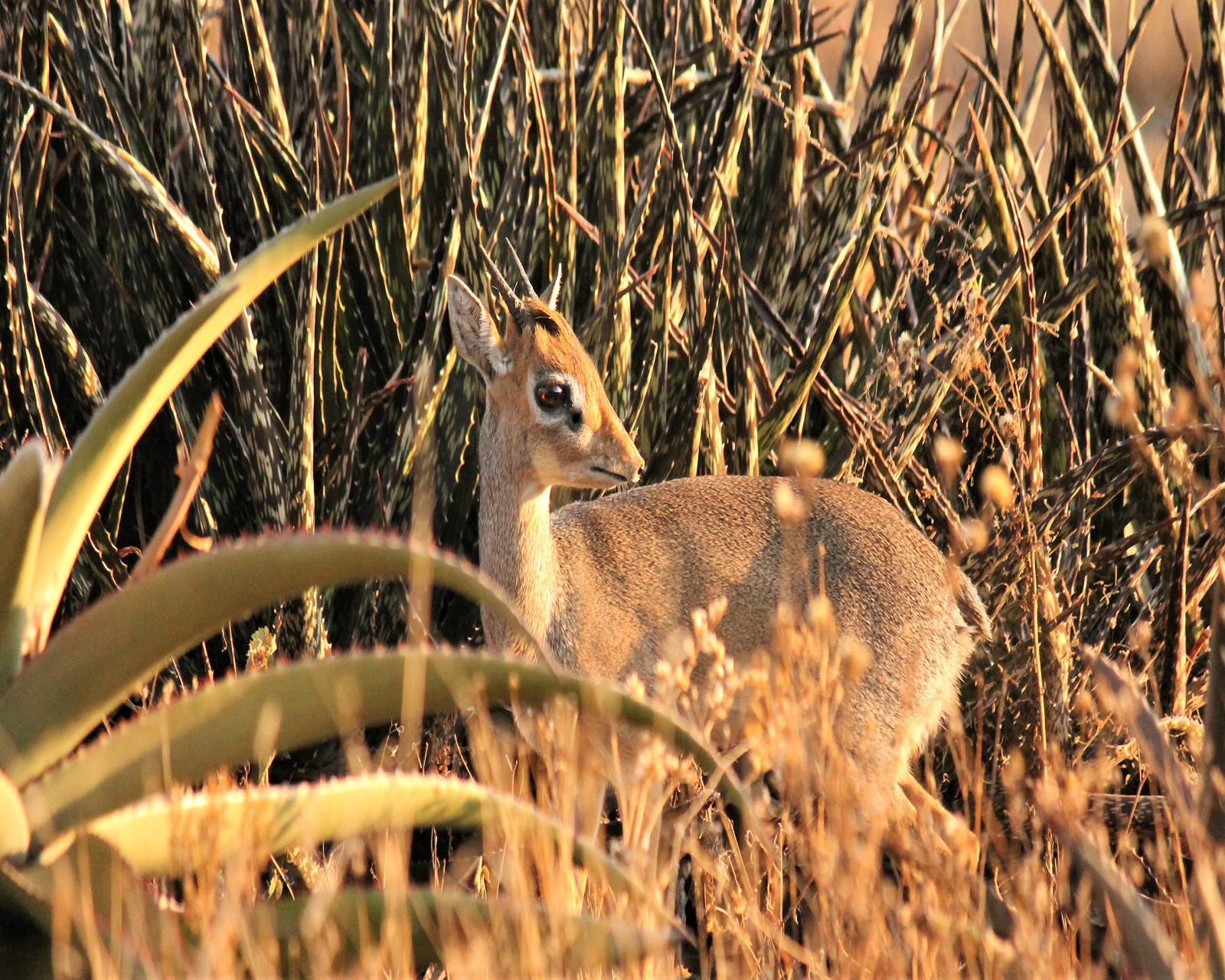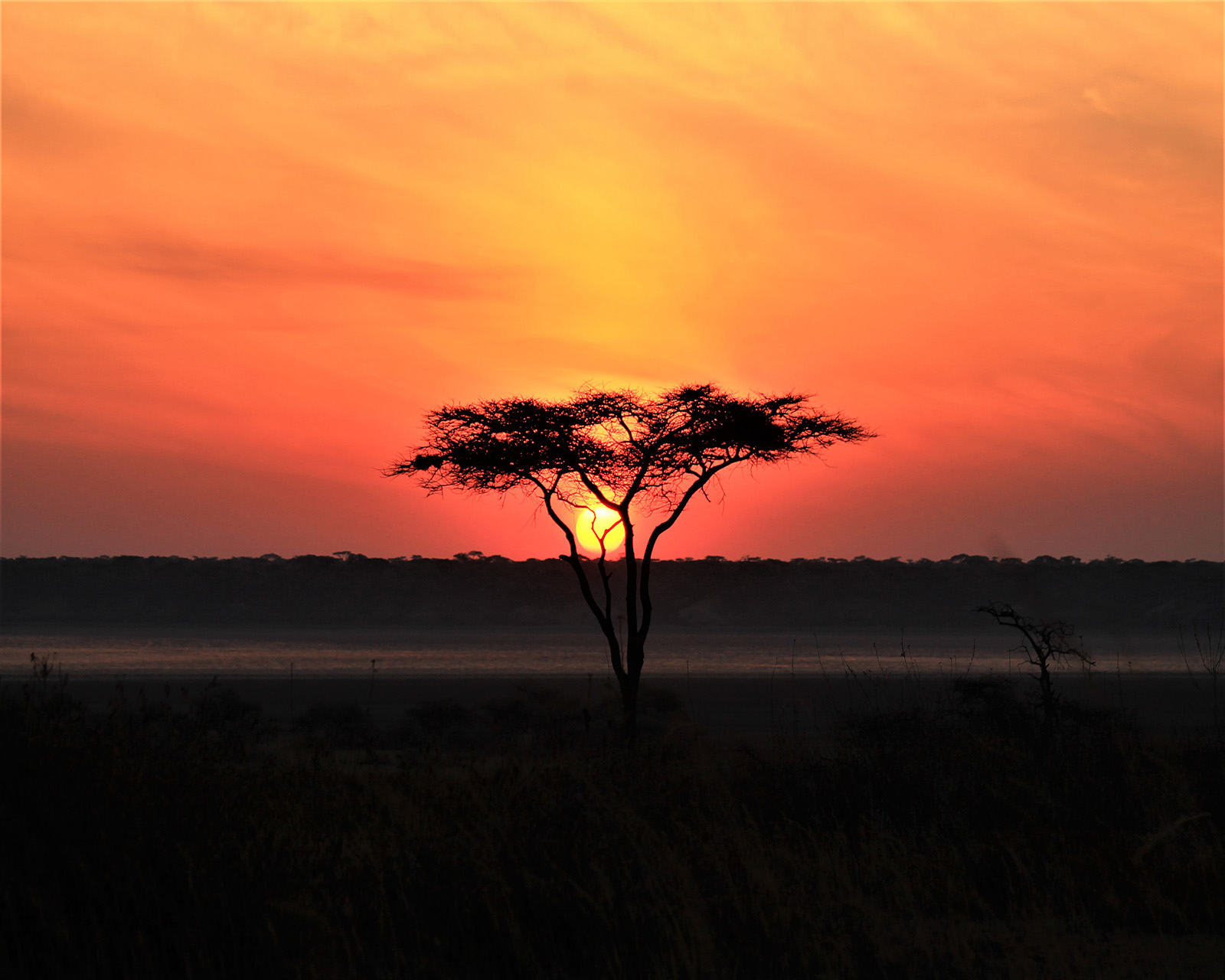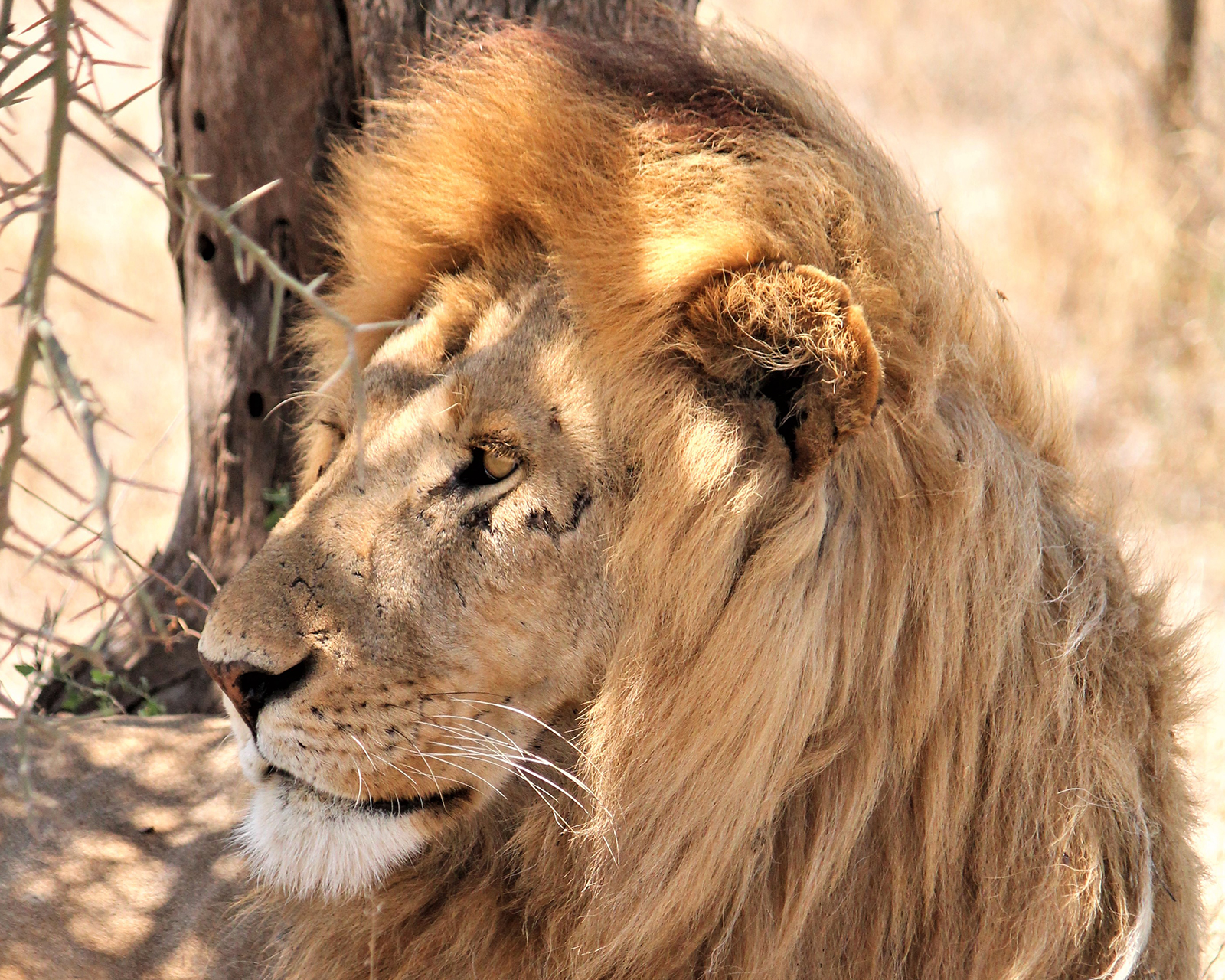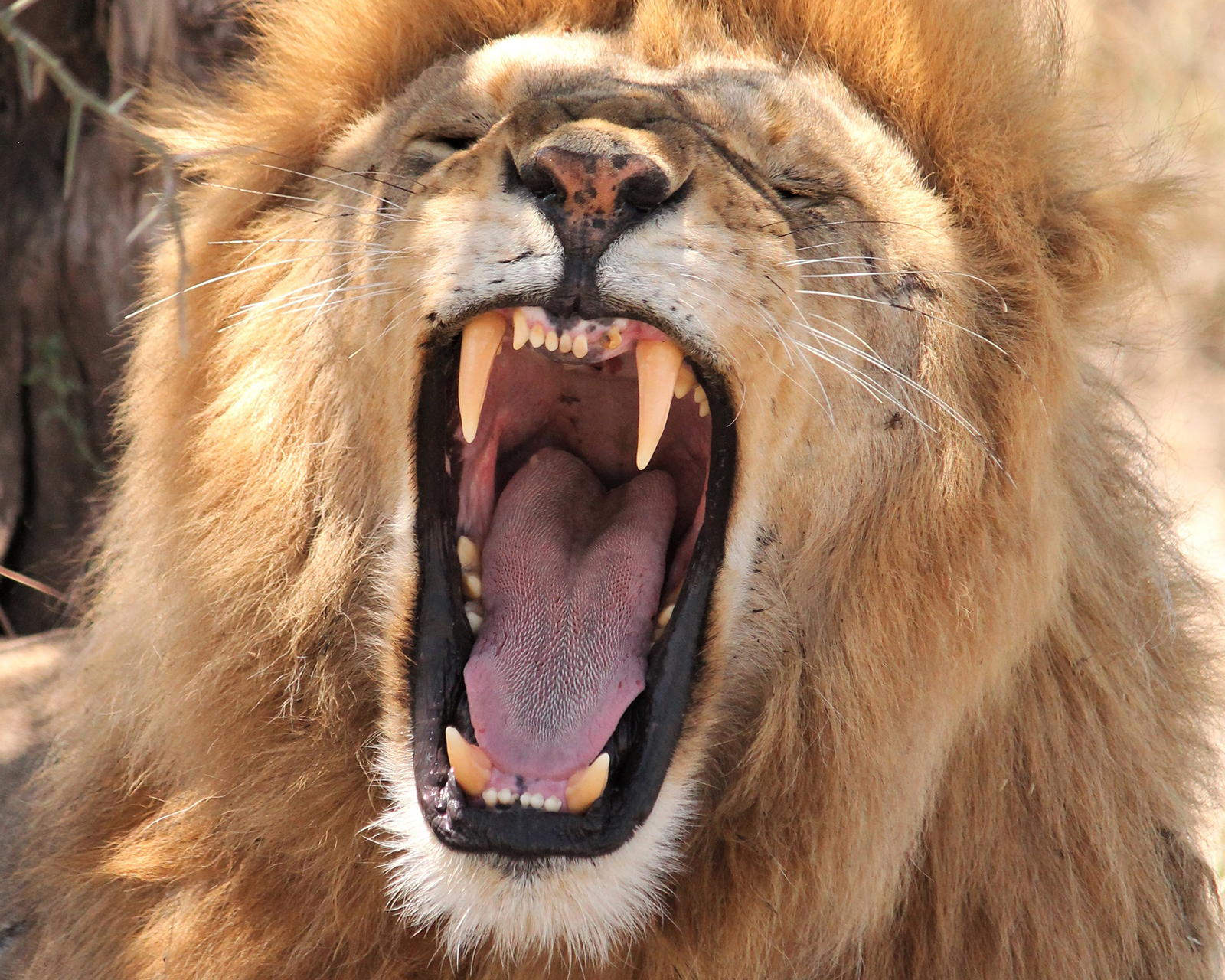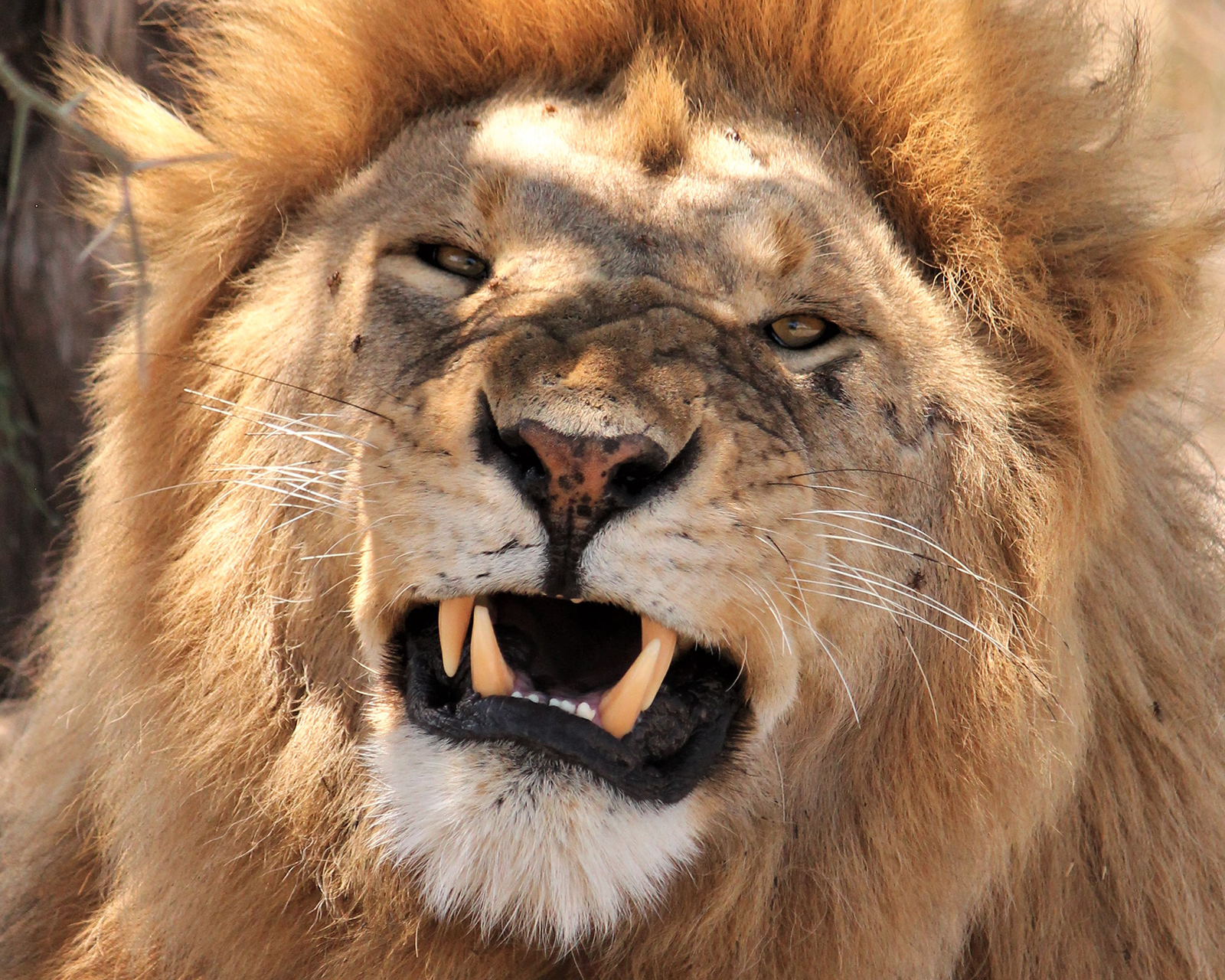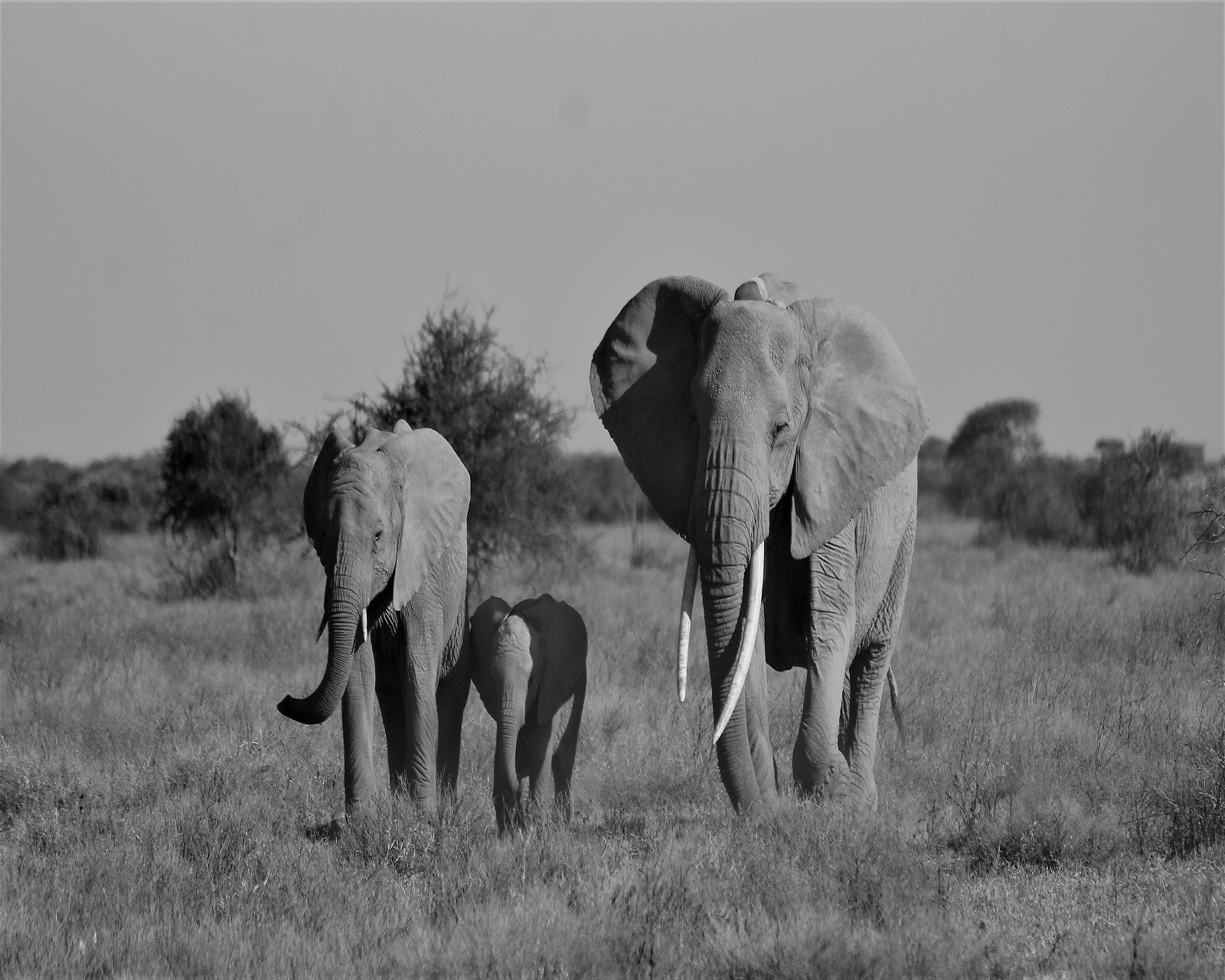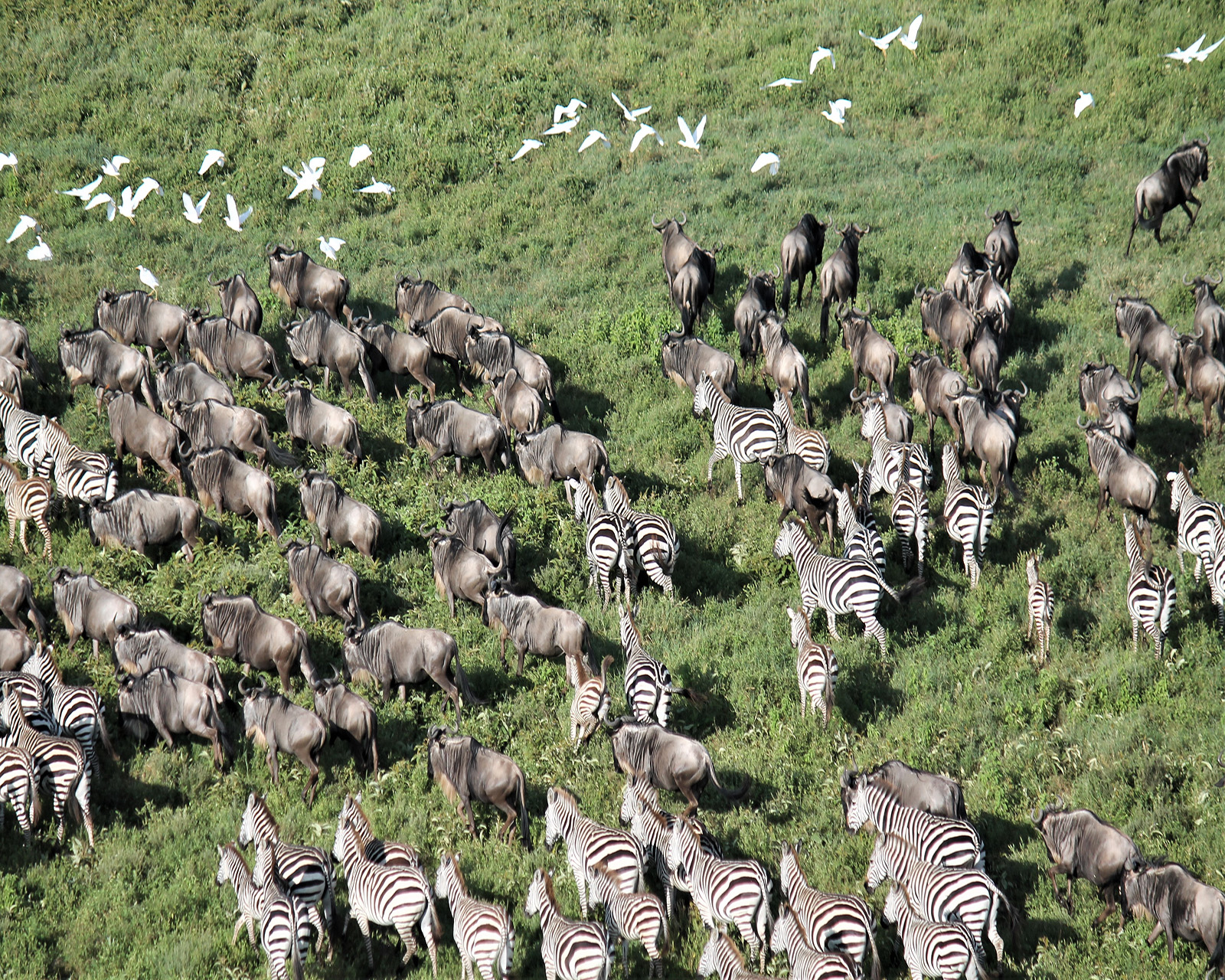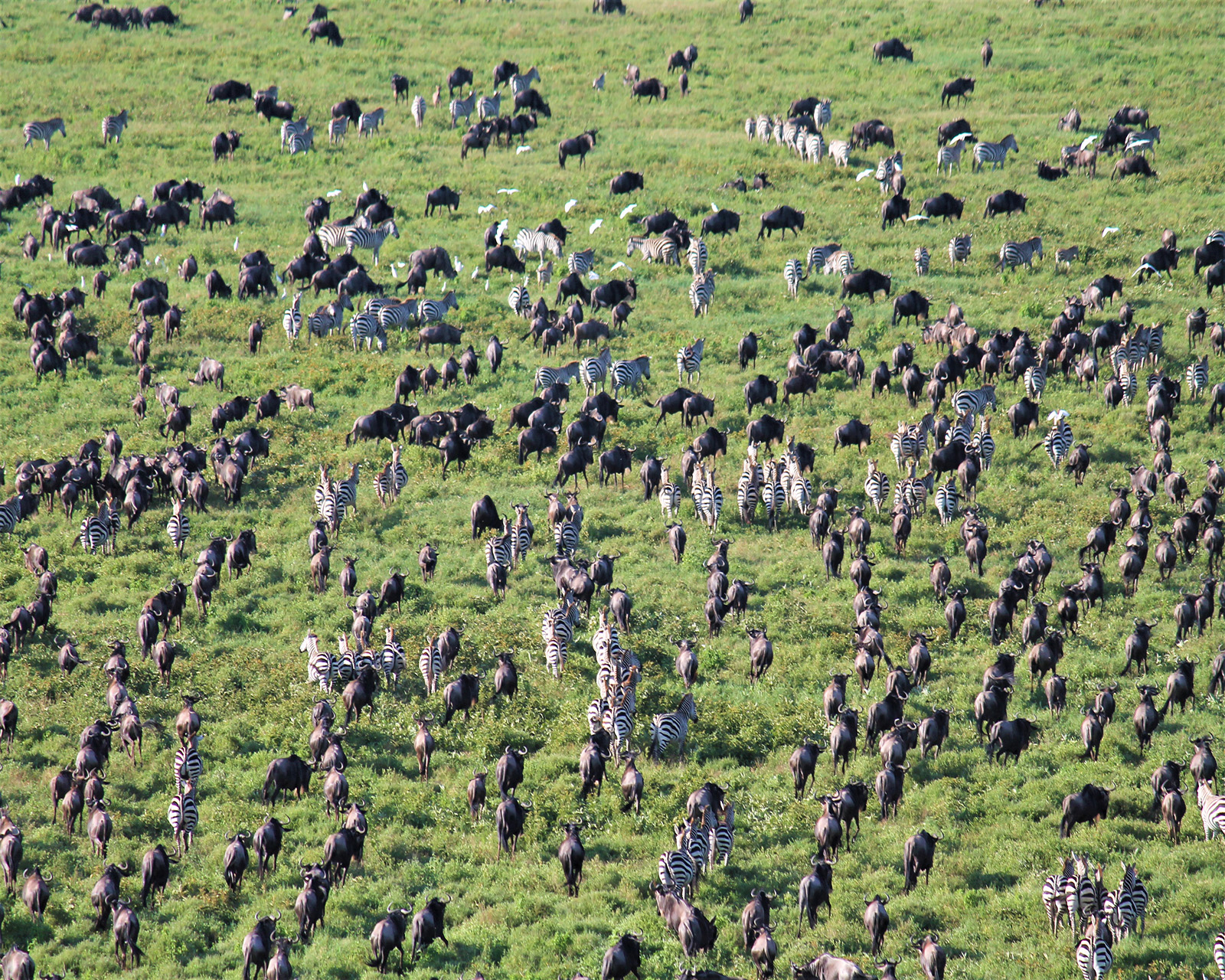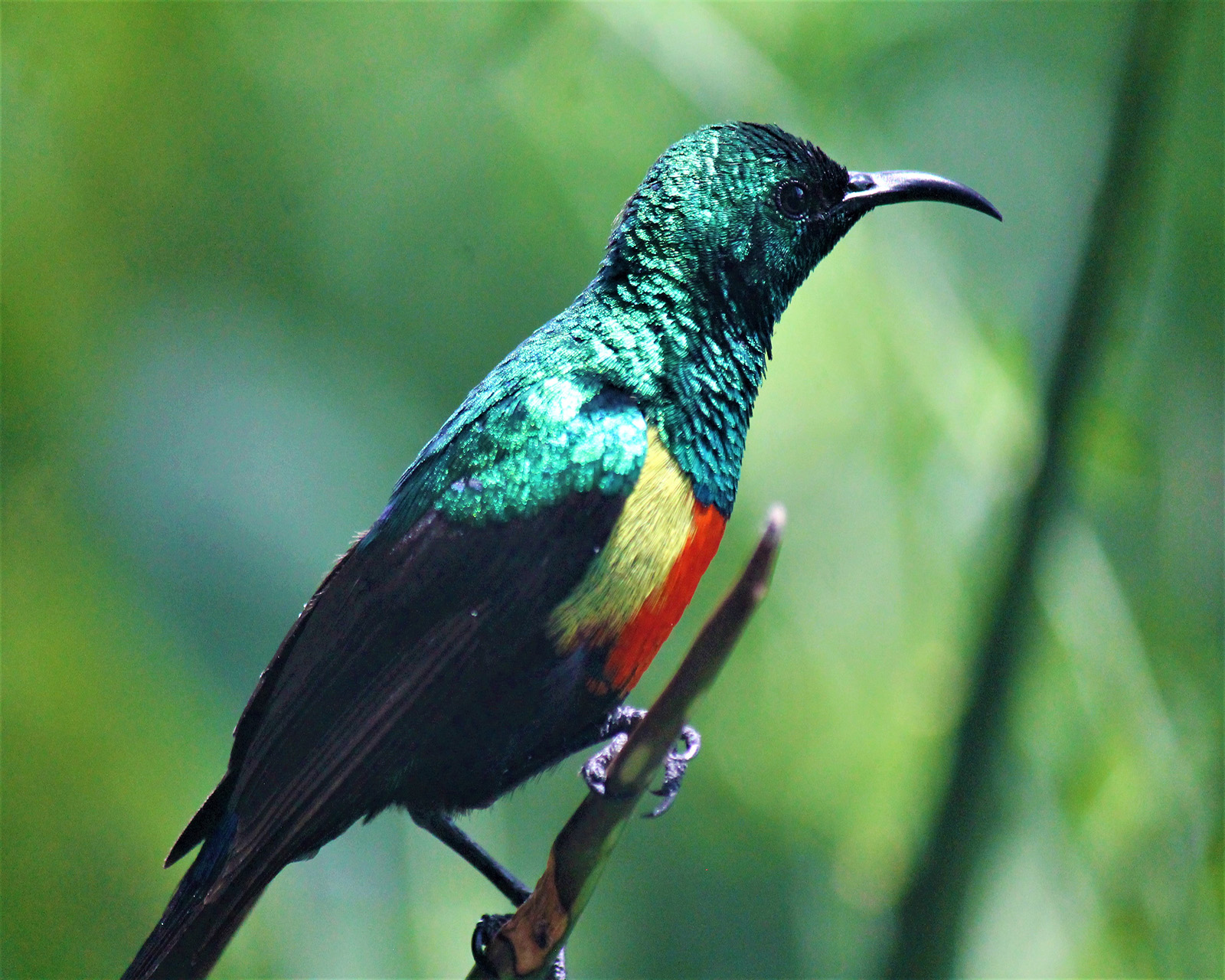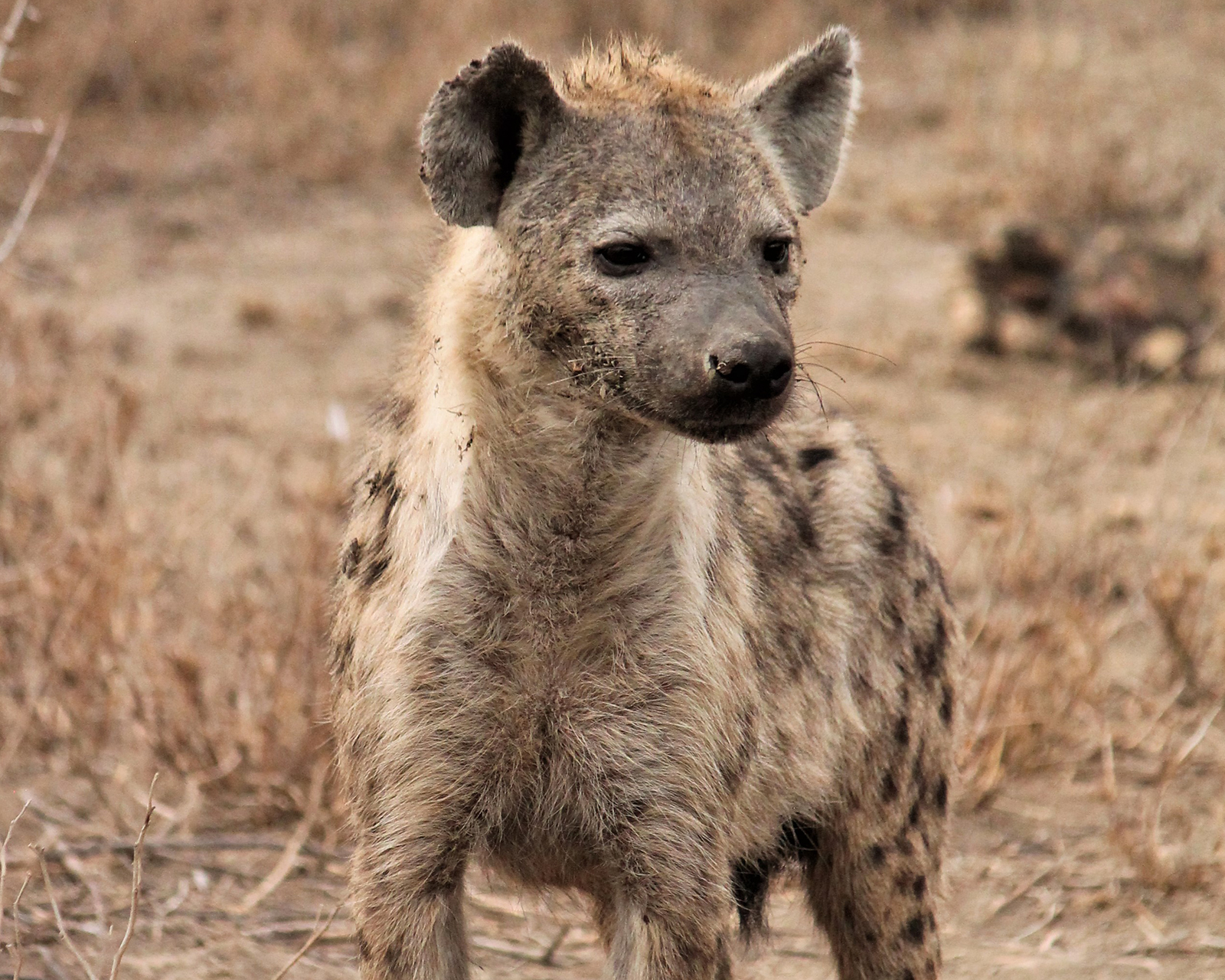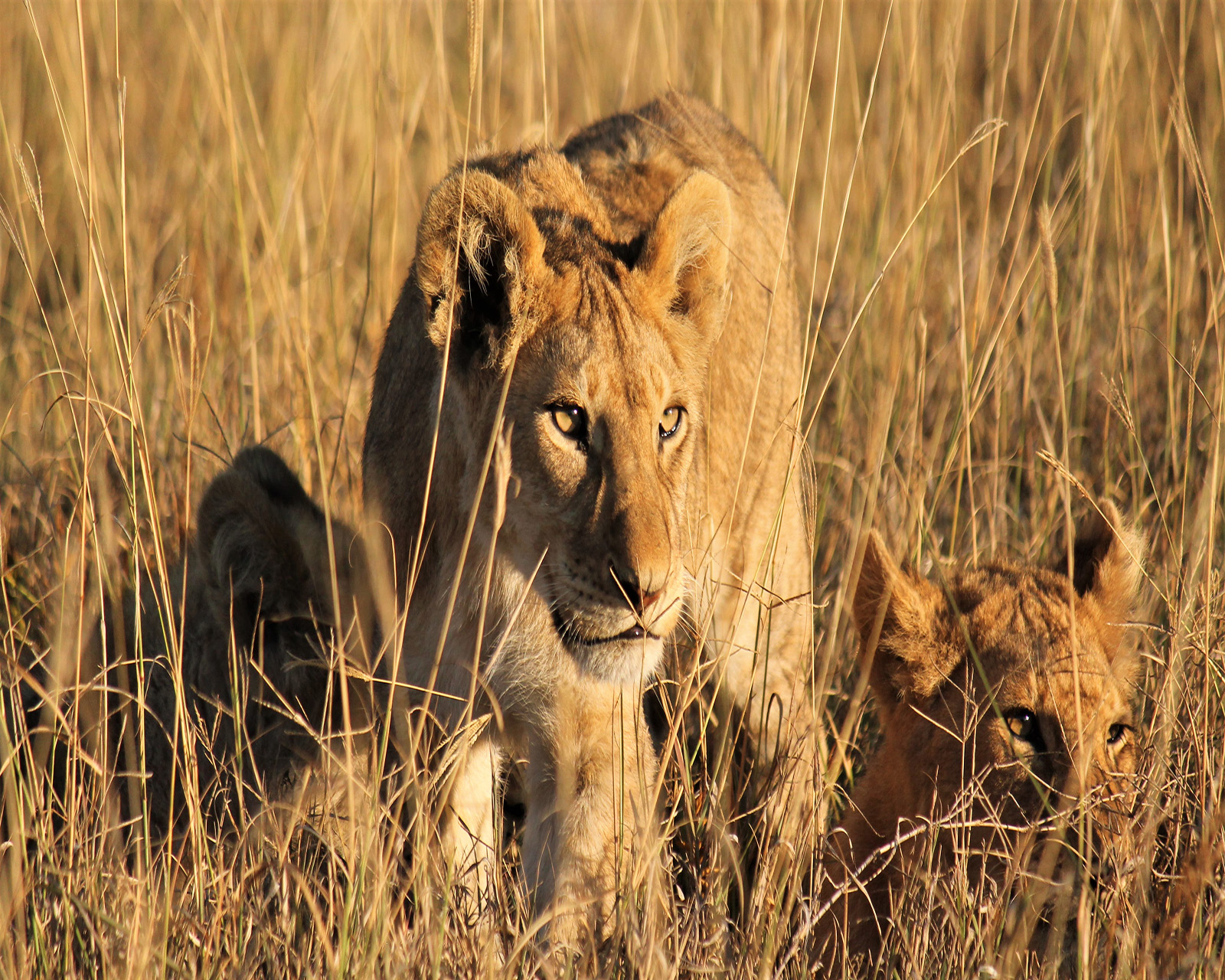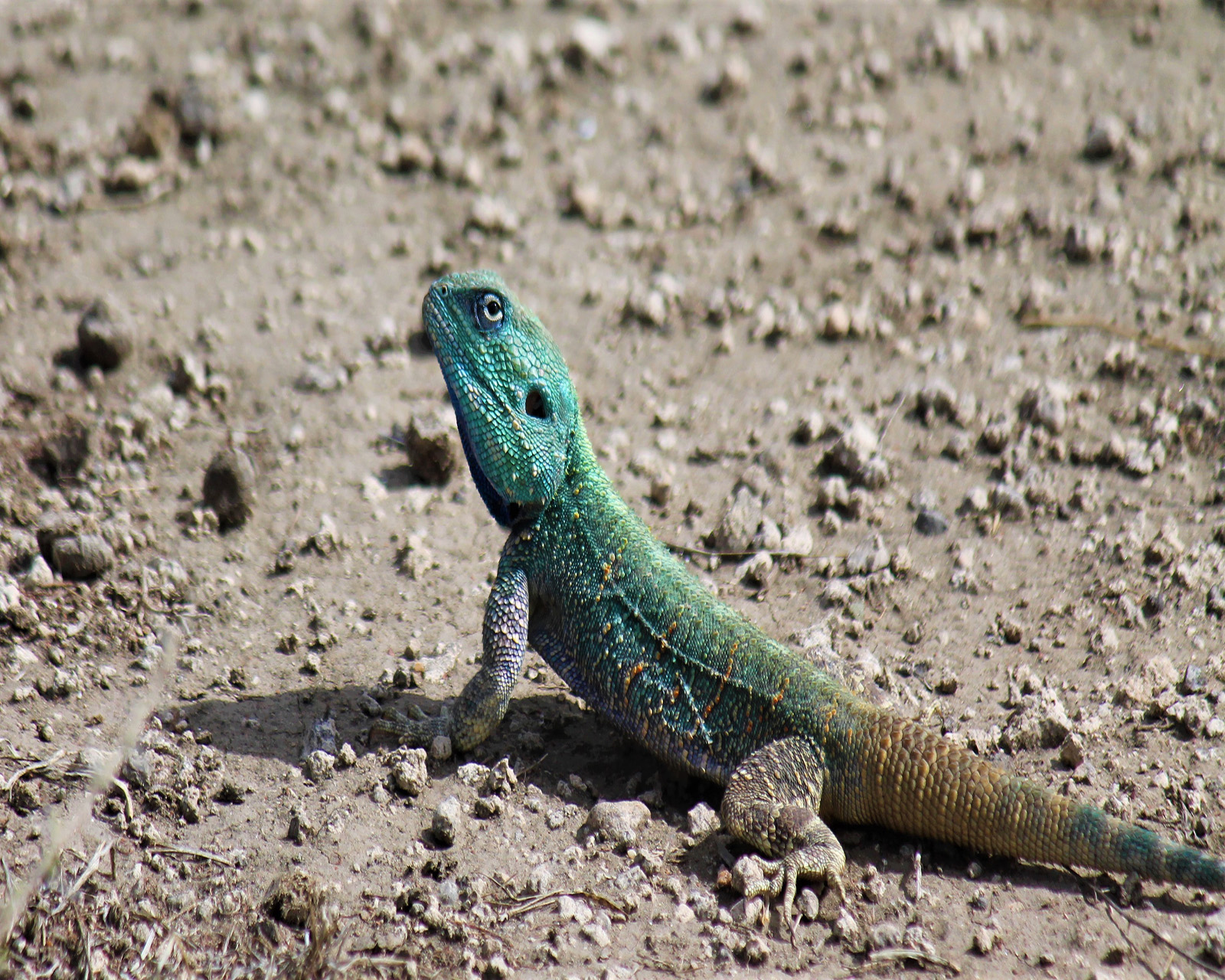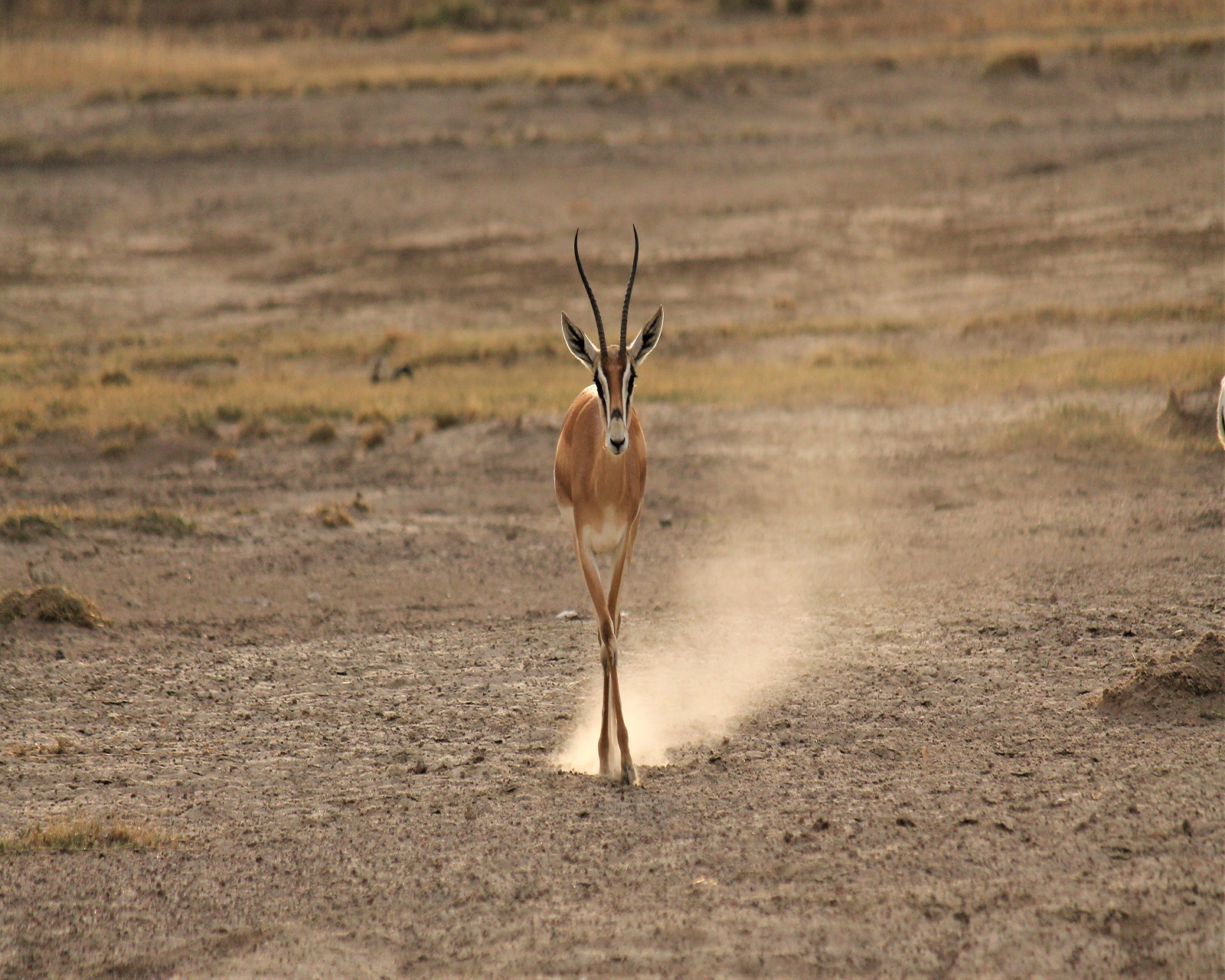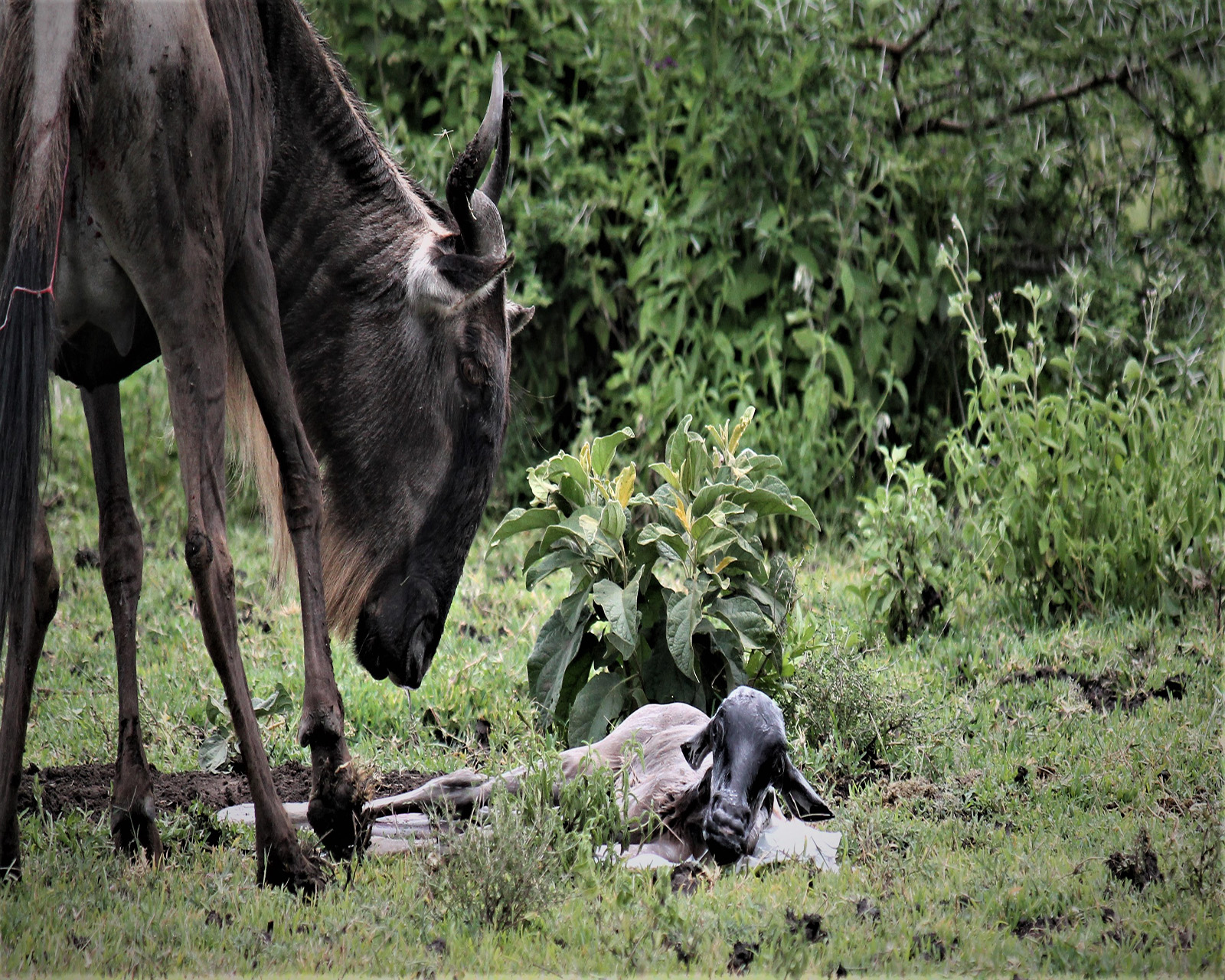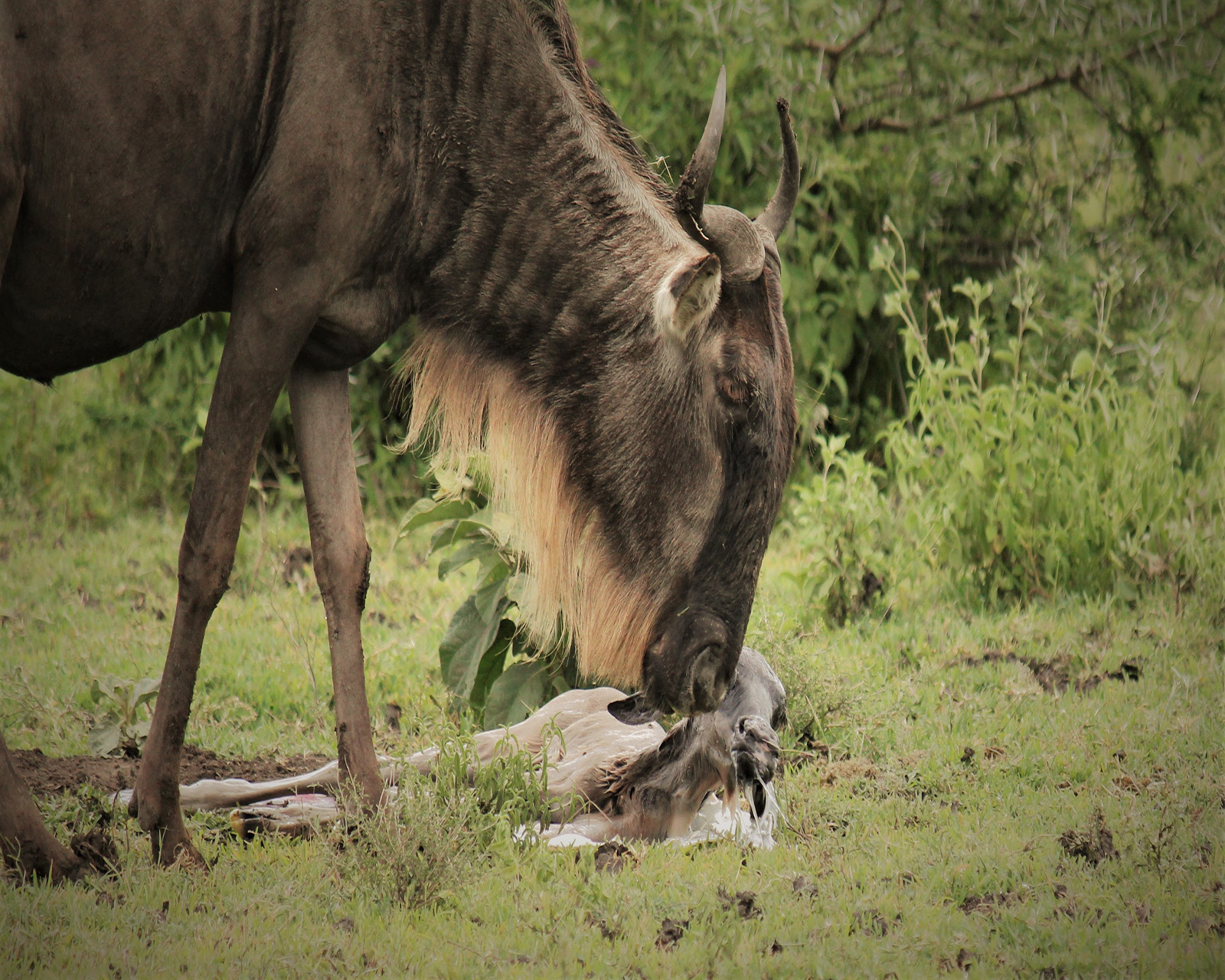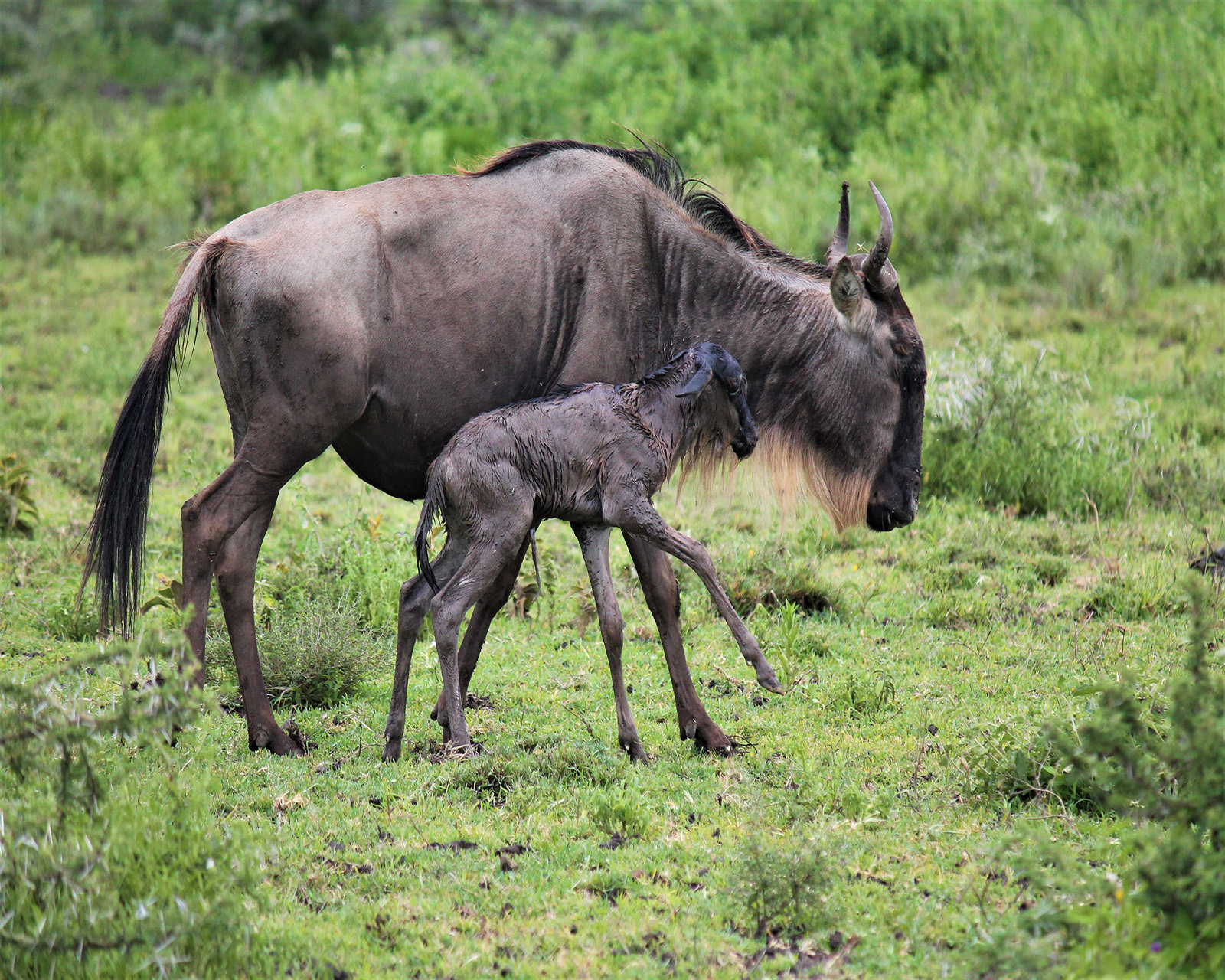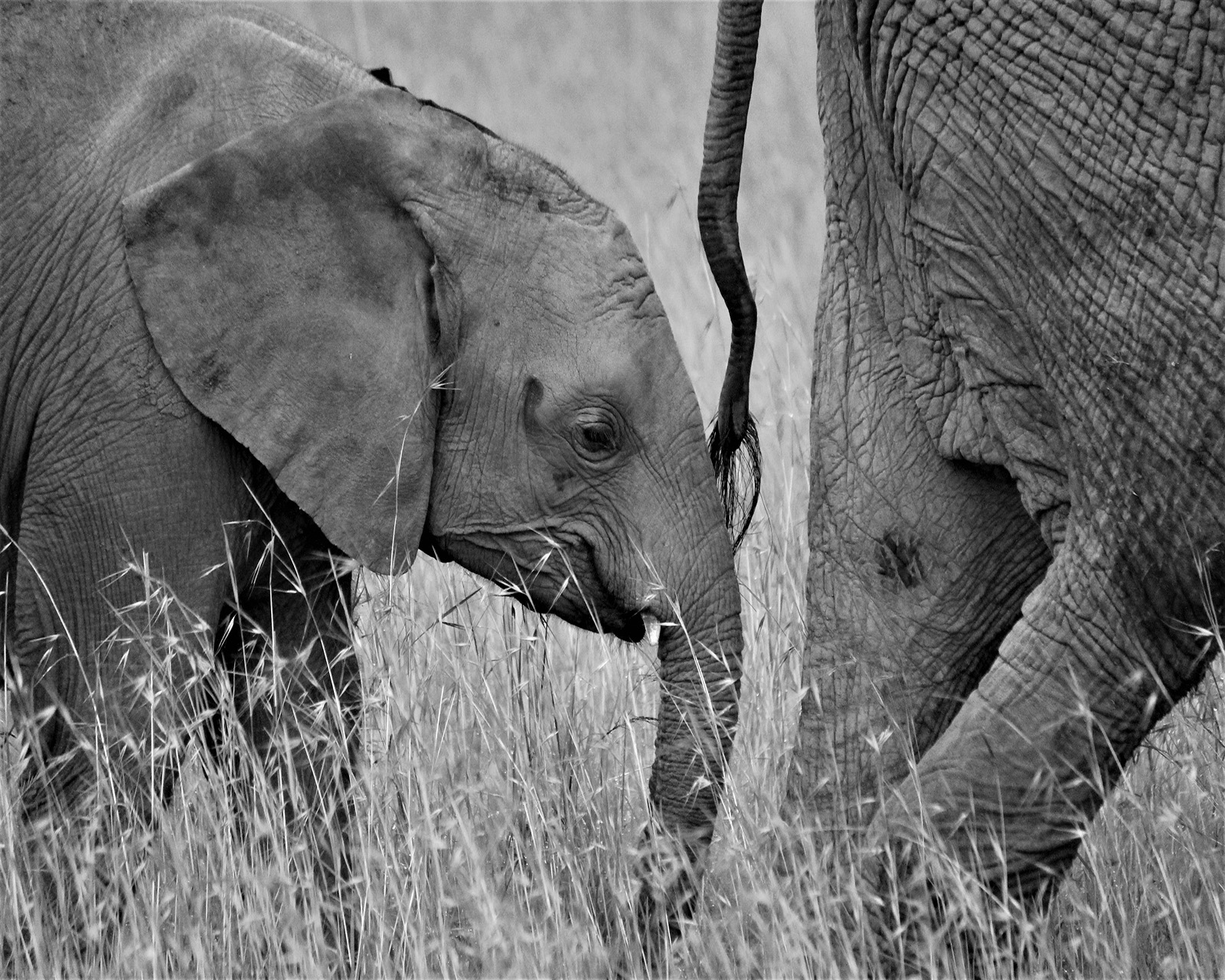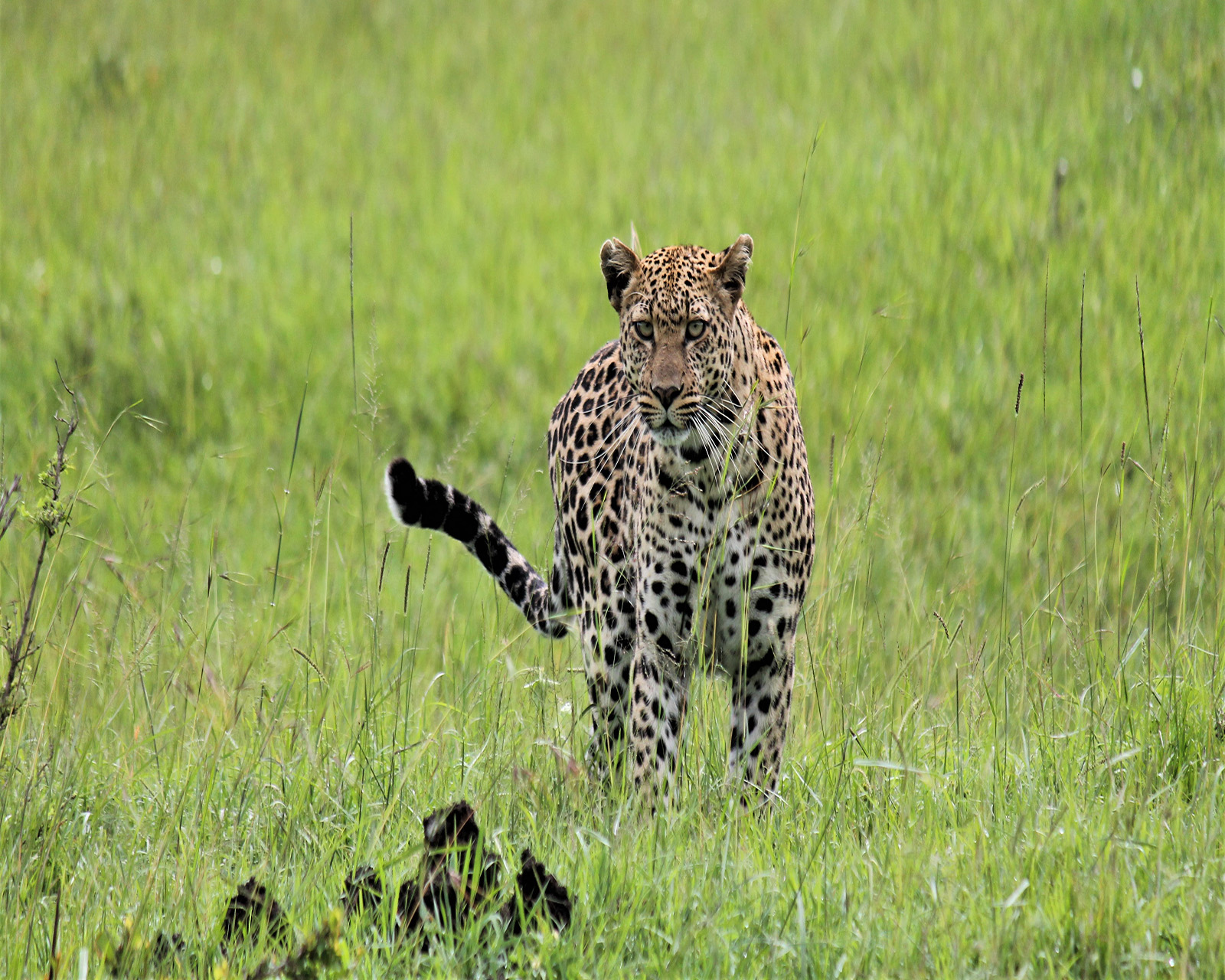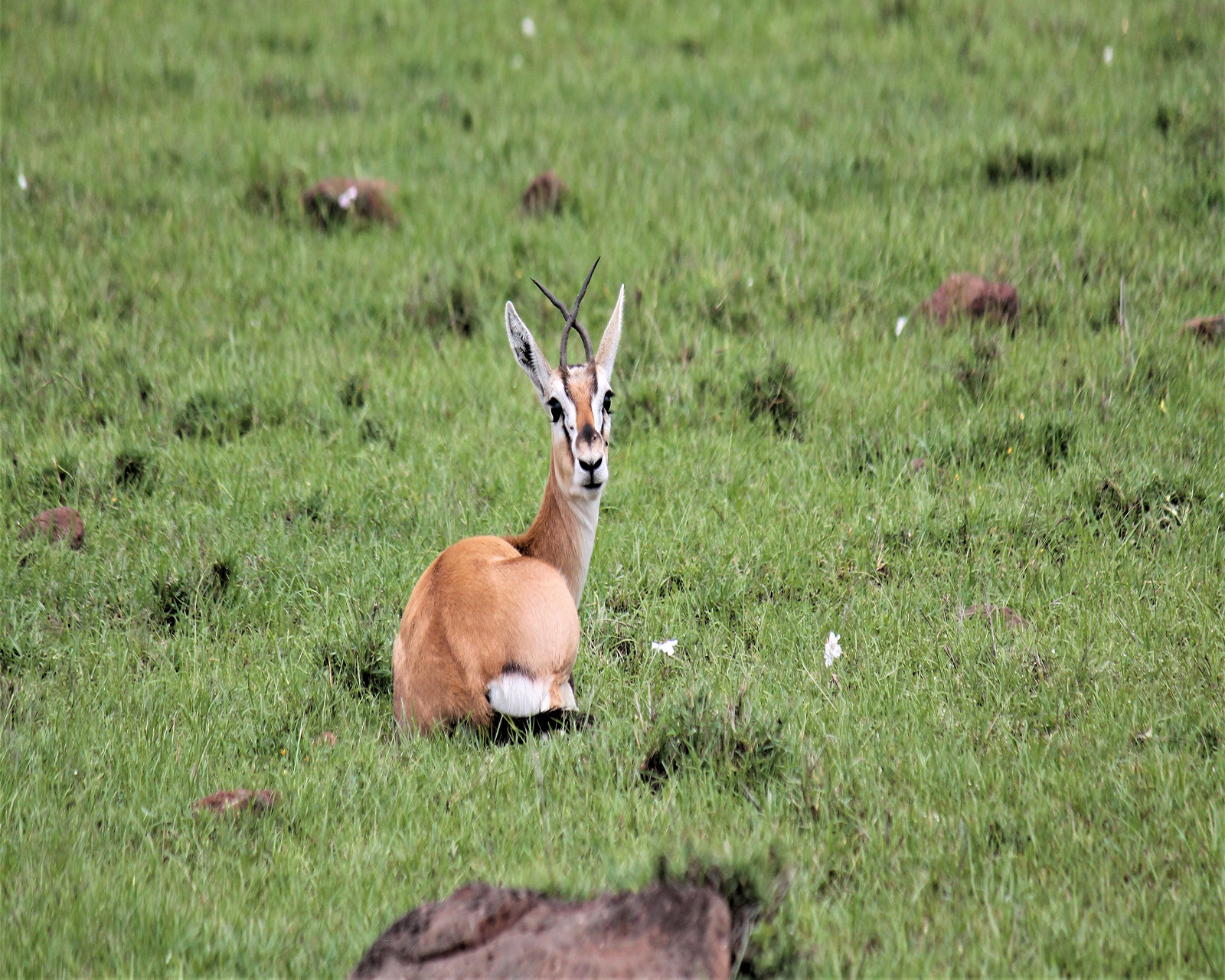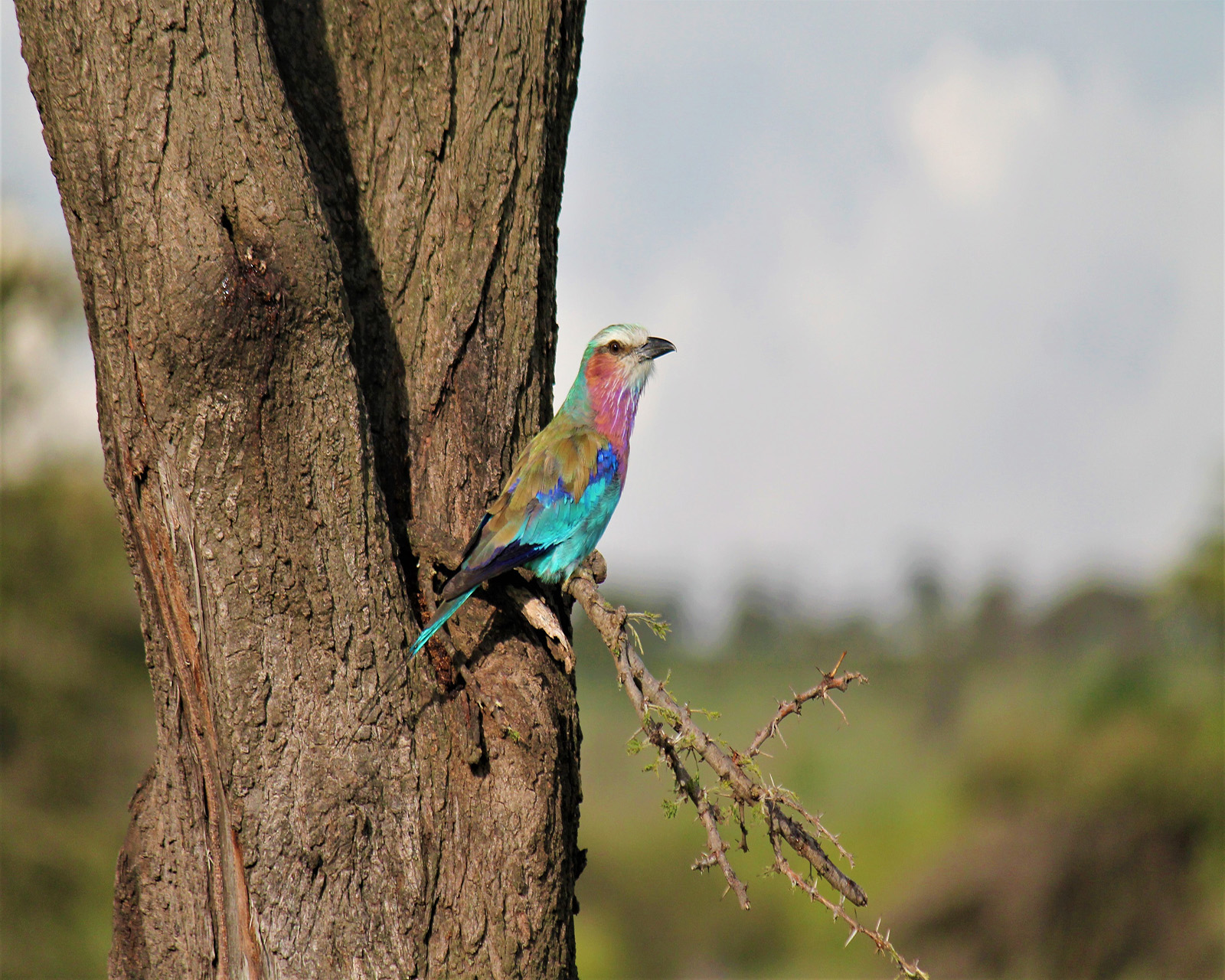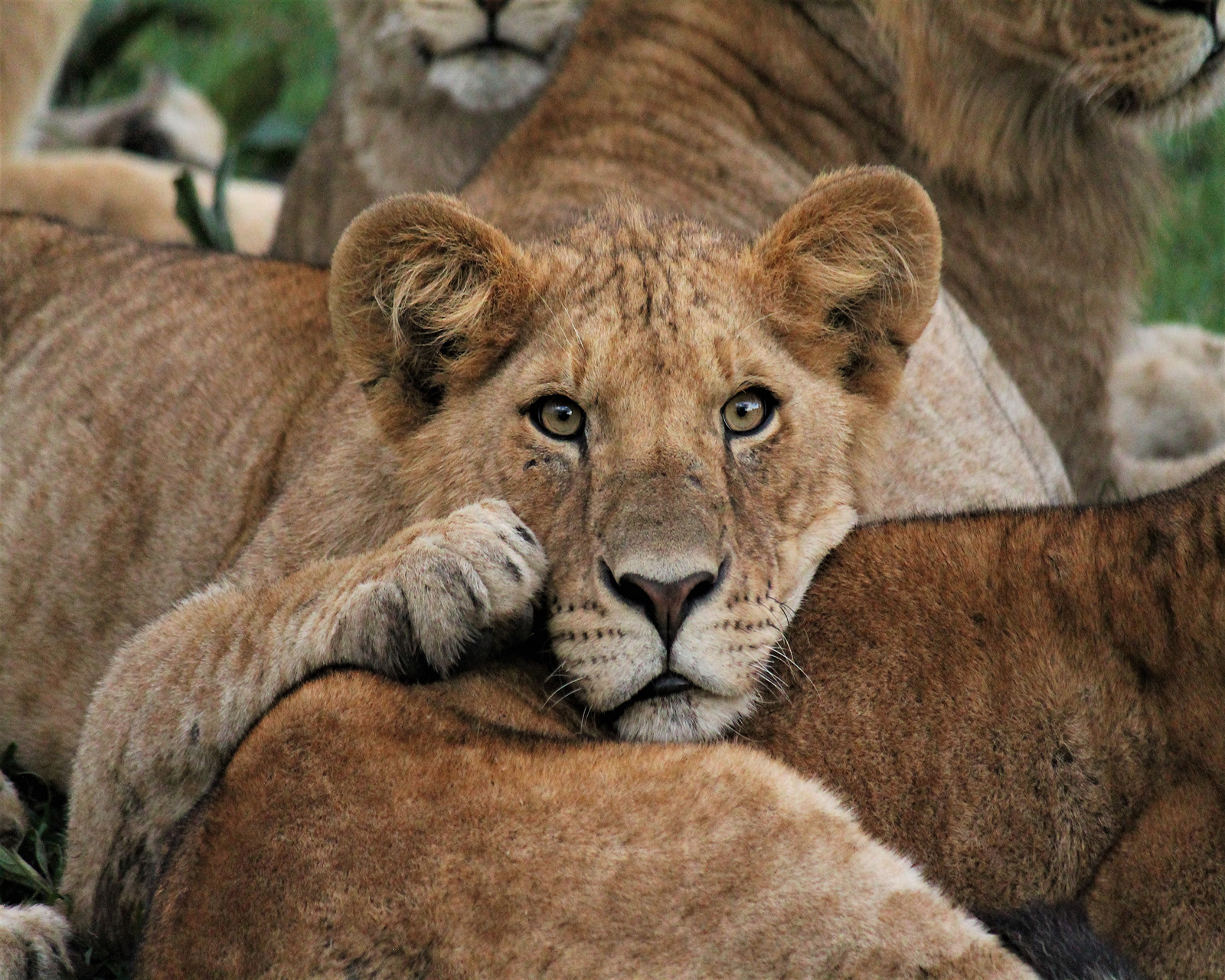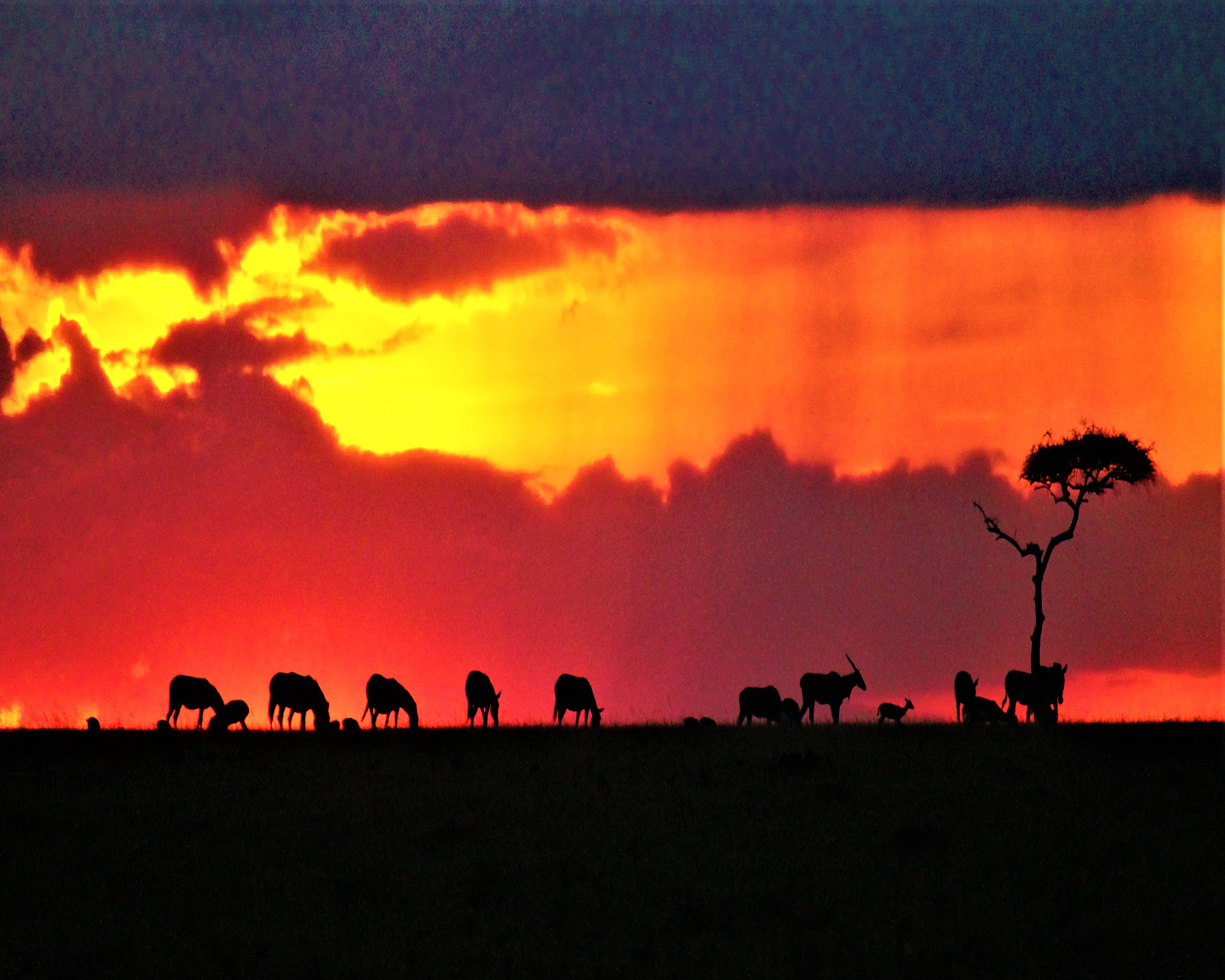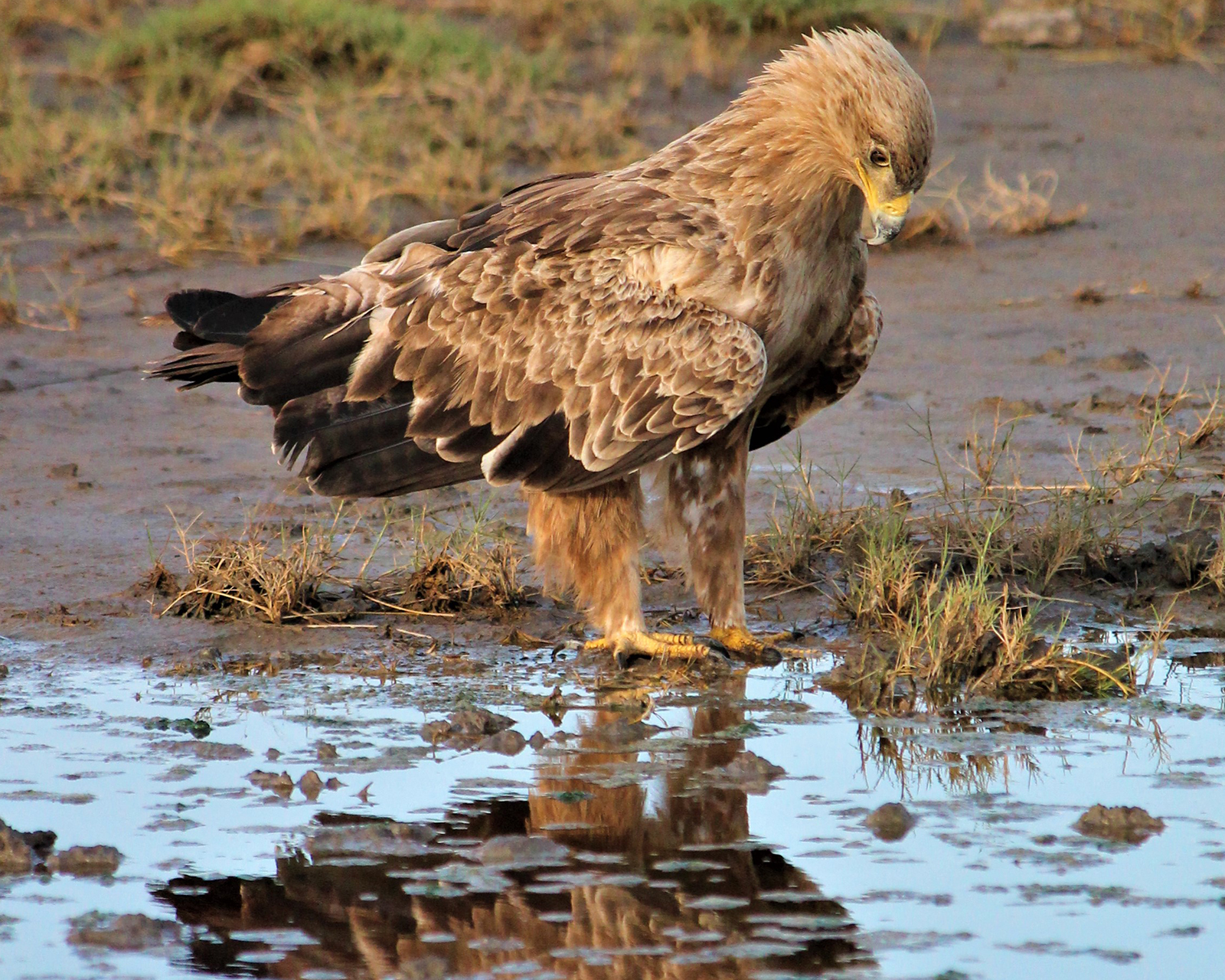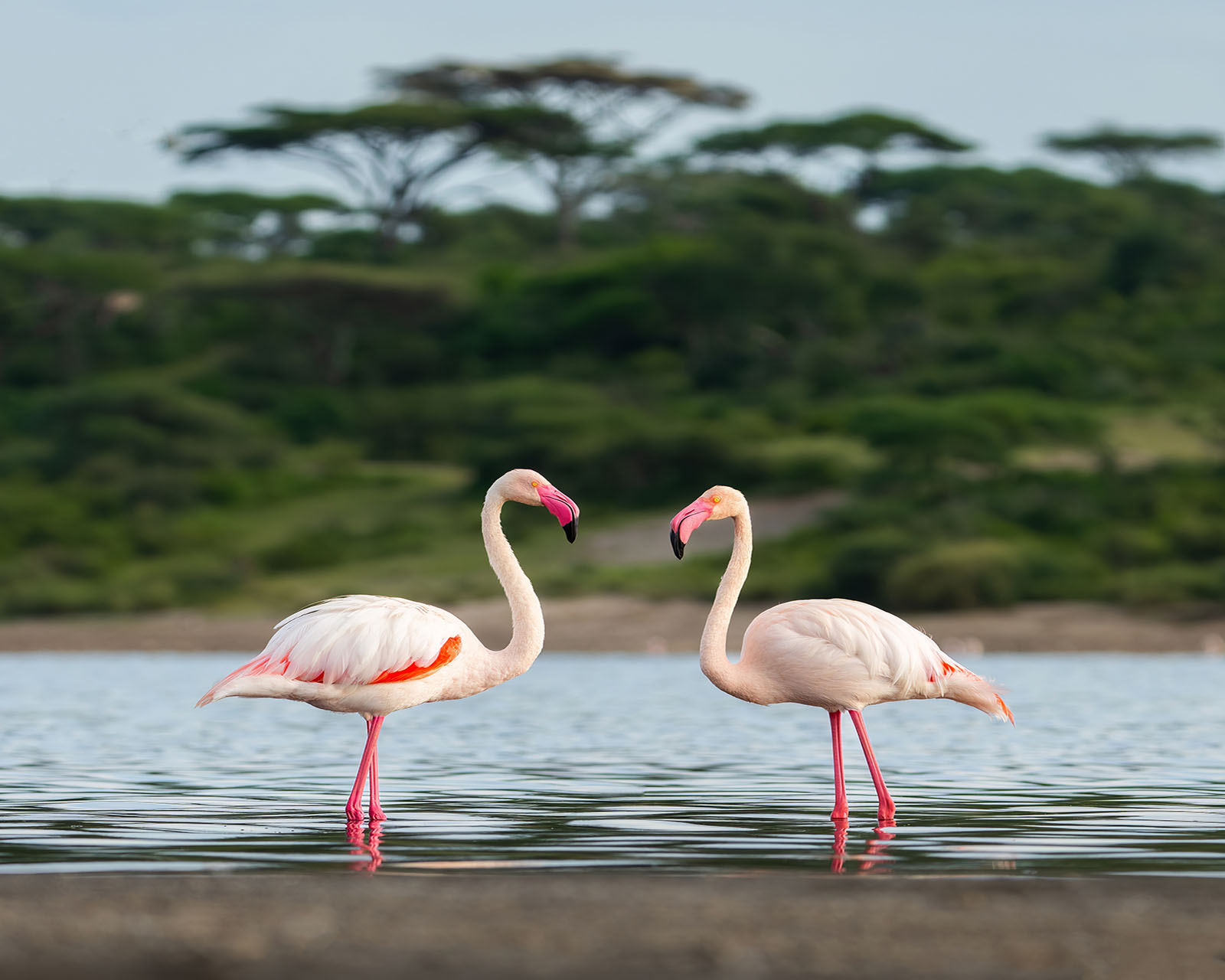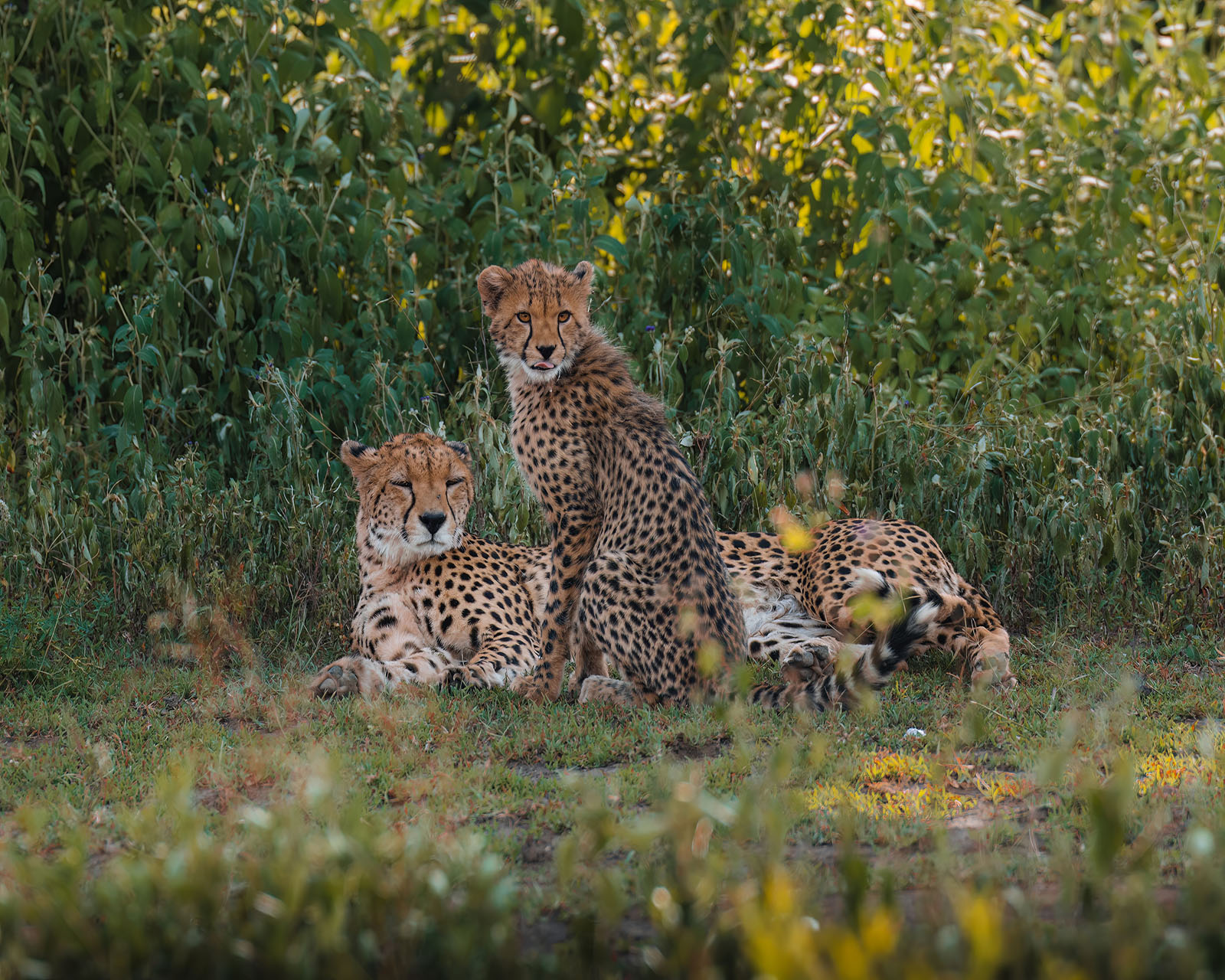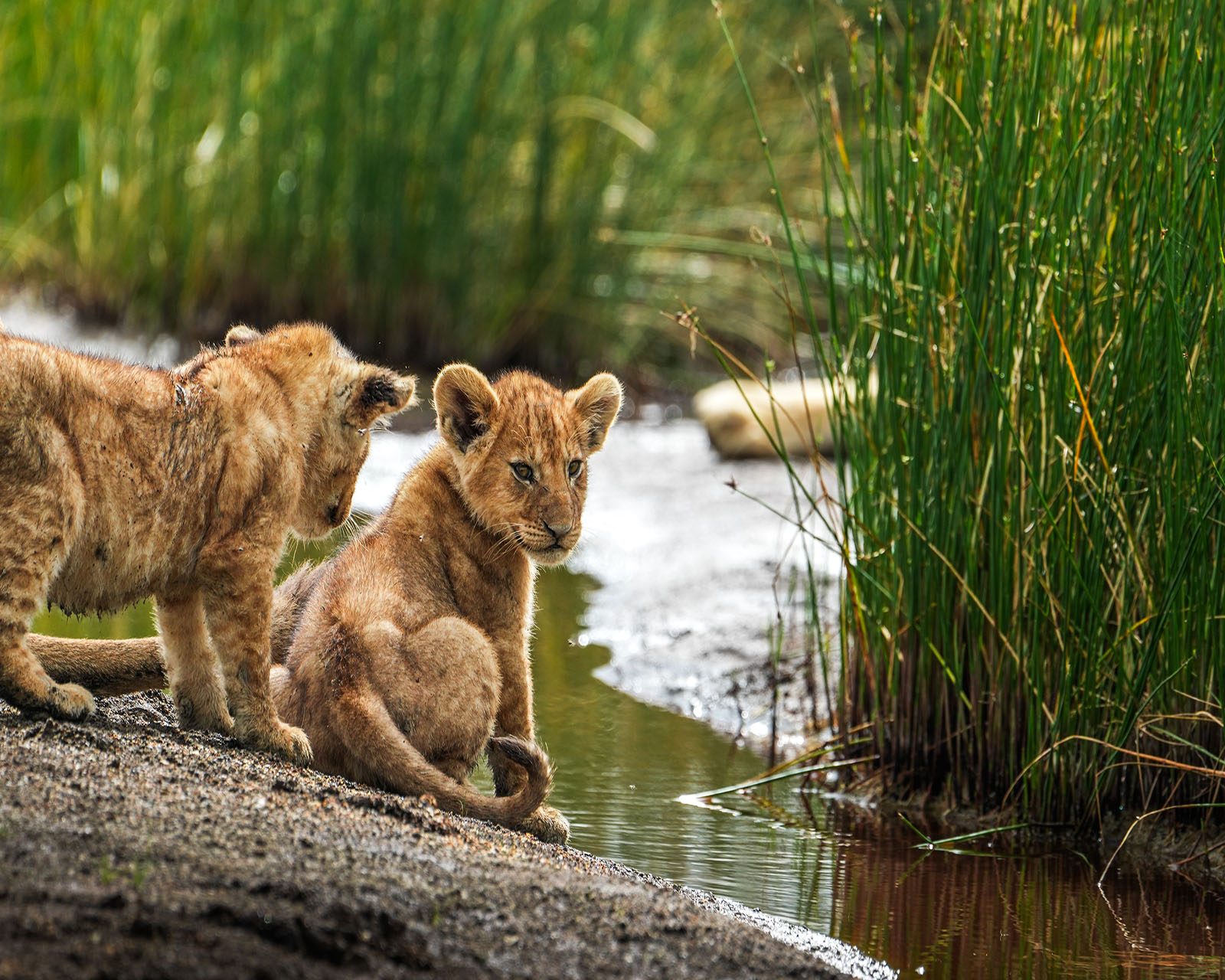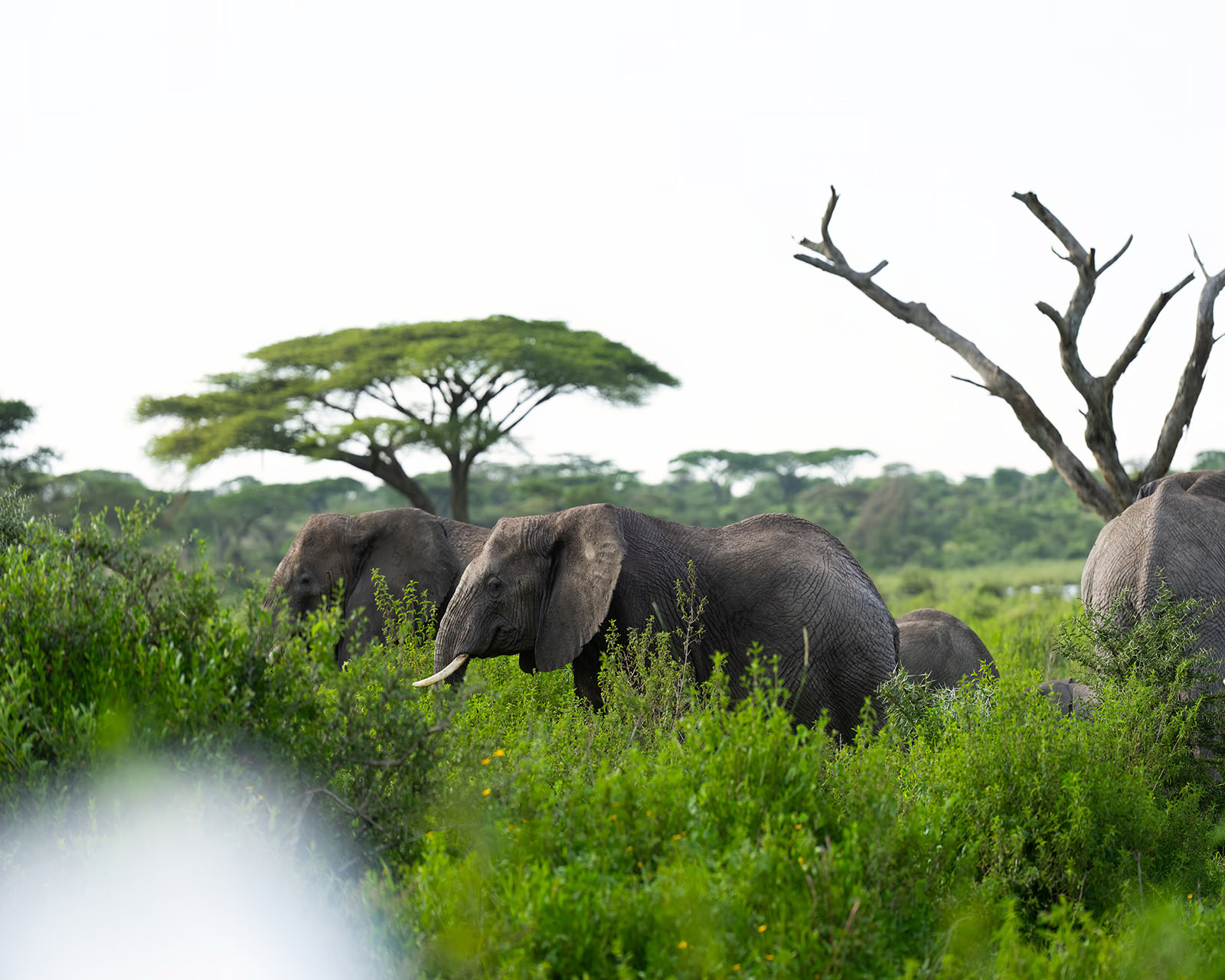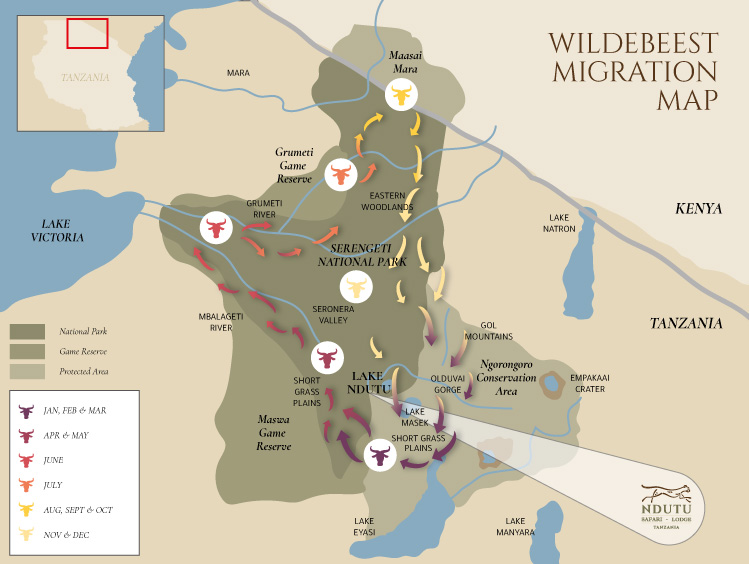

Travelling down from Kenya every year the Ngorongoro Conservation Area (NCAA) plays host to one of the world’s greats natural spectacles – The Great Migration.
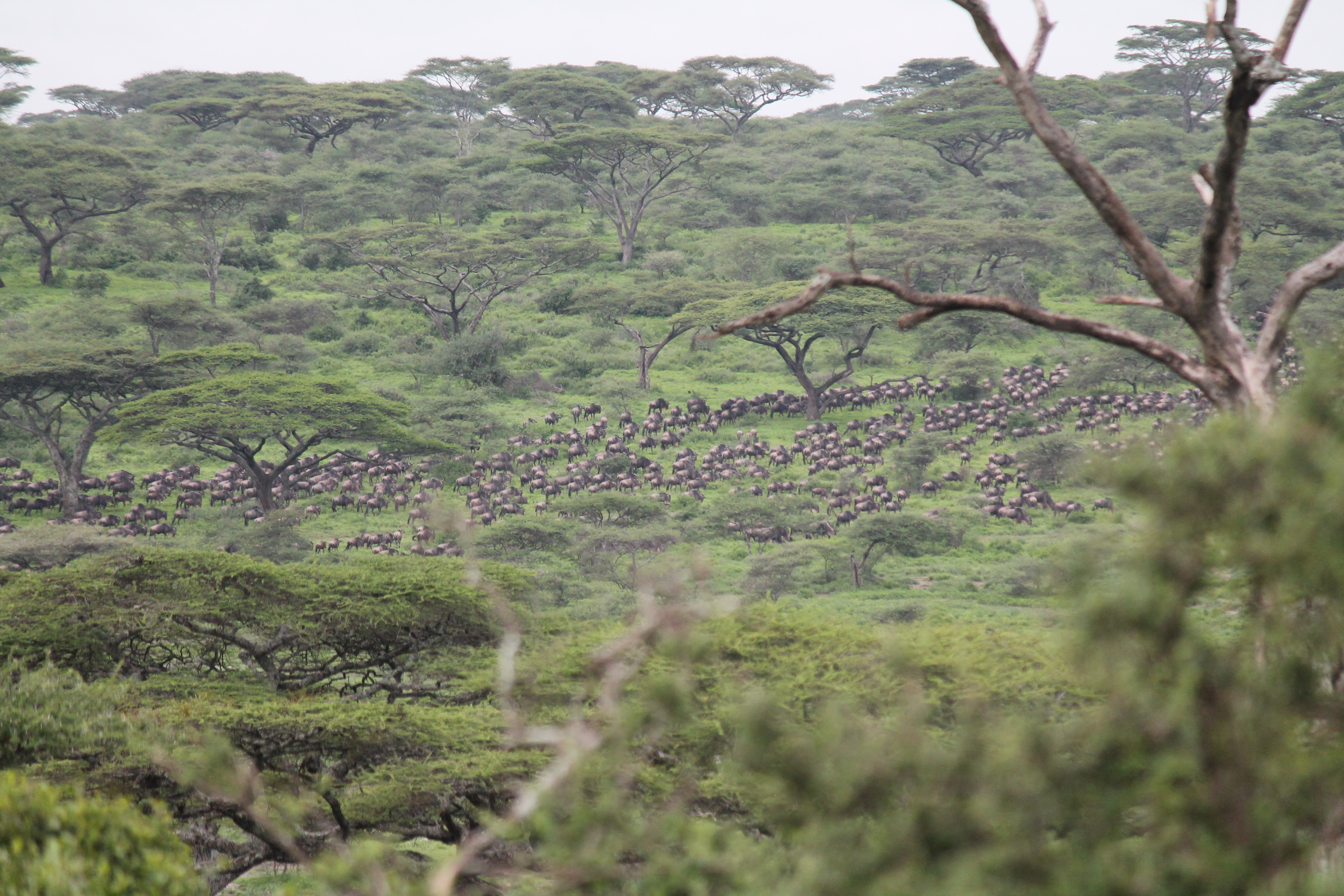
Over two million migratory animals made up of several species wildebeest, zebra, eland and Thompson gazelle move clockwise from Ngorongoro and the Southern Serengeti to the Northern Serengeti into Kenya and back.
This migration route happens because they follow the rains and therefore the new grasses which grow up rapidly. The Ndutu area is famed for its short grass plains which grow grass which is particularly rich in nutrients and sustains the migratory animals whilst they have their babies. Traditionally the wildebeest and zebra tend to calve on these plains with a peak around February which makes for a beautiful natural spectacle and some exciting predator hunting behaviours.
The Wildebeest continue to mature on the short grass plains well into March and April gaining strength for the long migration to the North following the rains and the new pastures.
To follow the migration visit Herd Tracker
CHEETAH AND CUB AT NDUTU SAFARI LODGE - COPYRIGHT MARTIN VAN LOKVEN
BIRDLIFE AT NDUTU SAFARI LODGE - COPYRIGHT MARTIN VAN LOKVEN
CHAMELEON AT NDUTU SAFARI LODGE - COPYRIGHT MARTIN VAN LOKVEN
CLOSE UP CHAMELEON NDUTU SAFARI LODGE - COPYRIGHT MARTIN VAN LOKVEN
CHEETAH CUB FOXES AT NDUTU SAFARI LODGE - COPYRIGHT MARTIN VAN LOKVEN
CRESTED CRANE AT NDUTU SAFARI LODGE - COPYRIGHT MARTIN VAN LOKVEN
BAT EARED FOXES AT NDUTU SAFARI LODGE - COPYRIGHT MARTIN VAN LOKVEN
CLOSE UP ELEPHANT AT NDUTU SAFARI LODGE - COPYRIGHT MARTIN VAN LOKVEN
ELEPHANTS ON THE PLAINS AT NDUTU SAFARI LODGE - COPYRIGHT MARTIN VAN LOKVEN
ELEPHANTS ON THE PLAINS AT NDUTU SAFARI LODGE - COPYRIGHT MARTIN VAN LOKVEN
GIRAFFE AT NDUTU SAFARI LODGE - COPYRIGHT MARTIN VAN LOKVEN
HERD OF ZEBRAS AT NDUTU SAFARI LODGE - COPYRIGHT MARTIN VAN LOKVEN
HUGO VAN LAWICK GRAVE AT NDUTU SAFARI LODGE - COPYRIGHT MARTIN VAN LOKVEN
HUNTING LEOPARD AT NDUTU SAFARI LODGE - COPYRIGHT MARTIN VAN LOKVEN
HUNTING LEOPARD DURING THE NIGHT AT NDUTU SAFARI LODGE - COPYRIGHT MARTIN VAN LOKVEN
LEOPARD IN A TREE AT NDUTU SAFARI LODGE - COPYRIGHT MARTIN VAN LOKVEN
YAWNING LION AT NDUTU SAFARI LODGE - COPYRIGHT MARTIN VAN LOKVEN
LION AND HER CUBS AT NDUTU SAFARI LODGE - COPYRIGHT MARTIN VAN LOKVEN
LION AND HER CUBS AT NDUTU SAFARI LODGE - COPYRIGHT MARTIN VAN LOKVEN
LION HUNT AT NDUTU SAFARI LODGE - COPYRIGHT MARTIN VAN LOKVEN
LOVEBIRDS AT NDUTU SAFARI LODGE - COPYRIGHT MARTIN VAN LOKVEN
MAGNIFICENT SEVEN AT NDUTU SAFARI LODGE - COPYRIGHT MARTIN VAN LOKVEN
MAGNIFICENT LION AT NDUTU SAFARI LODGE - COPYRIGHT MARTIN VAN LOKVEN
MAJESTIC ACACIA AT NDUTU SAFARI LODGE - COPYRIGHT MARTIN VAN LOKVEN
MAJESTIC MALE LION AT NDUTU SAFARI LODGE - COPYRIGHT MARTIN VAN LOKVEN
MALE LION AT NDUTU SAFARI LODGE - COPYRIGHT MARTIN VAN LOKVEN
PATIENT BUFFALO AT NDUTU SAFARI LODGE - COPYRIGHT MARTIN VAN LOKVEN
CHEETAH AND CUB AT NDUTU SAFARI LODGE - COPYRIGHT MARTIN VAN LOKVEN
CHEETAH AND CUB AT NDUTU SAFARI LODGE - COPYRIGHT MARTIN VAN LOKVEN
CHEETAH AND CUBS AT NDUTU SAFARI LODGE - COPYRIGHT MARTIN VAN LOKVEN
GENET IN THE NDUTU DINING ROOM AT NDUTU SAFARI LODGE - COPYRIGHT MARTIN VAN LOKVEN
GENET IN THE NDUTU DINING ROOM AT NDUTU SAFARI LODGE - COPYRIGHT MARTIN VAN LOKVEN
LEOPARD AT NDUTU SAFARI LODGE - COPYRIGHT MARTIN VAN LOKVEN
LION HUNT AT NDUTU SAFARI LODGE - COPYRIGHT MARTIN VAN LOKVEN
RESIDENT GENET IN THE NDUTU DINING ROOM AT NDUTU SAFARI LODGE - COPYRIGHT MARTIN VAN LOKVEN
SOUTHERN GROUND HORNBILL AT NDUTU SAFARI LODGE - COPYRIGHT MARTIN VAN LOKVEN
MAGNIFICENT SEVEN IN BLACK AND WHITE AT NDUTU SAFARI LODGE - COPYRIGHT MARTIN VAN LOKVEN
WILDEBEEST BIRTH AT NDUTU SAFARI LODGE - COPYRIGHT MARTIN VAN LOKVEN
WILDEBEEST FIGHTING AT NDUTU SAFARI LODGE - COPYRIGHT MARTIN VAN LOKVEN
WILDEBEEST AND CHEETAH PURSUIT AT NDUTU SAFARI LODGE - COPYRIGHT MARTIN VAN LOKVEN
WILDEBEEST MIGRATION AT NDUTU SAFARI LODGE - COPYRIGHT MARTIN VAN LOKVEN
ZEBRA AND MASAI AT NDUTU SAFARI LODGE - COPYRIGHT MARTIN VAN LOKVEN
ZEBRAS AT NDUTU SAFARI LODGE - COPYRIGHT MARTIN VAN LOKVEN
ZEBRAS AT SUNRISE AT NDUTU SAFARI LODGE - COPYRIGHT MARTIN VAN LOKVEN
ZEBRA REFLECTION AT NDUTU SAFARI LODGE - COPYRIGHT MARTIN VAN LOKVEN
CREDIT CHARLEY SWYNERTON
CREDIT CHARLEY SWYNERTON
CREDIT CHARLEY SWYNERTON
CREDIT CHARLEY SWYNERTON
CREDIT CHARLEY SWYNERTON
CREDIT CHARLEY SWYNERTON
CREDIT CHARLEY SWYNERTON
CREDIT CHARLEY SWYNERTON
CREDIT CHARLEY SWYNERTON
CREDIT CHARLEY SWYNERTON
CREDIT CHARLEY SWYNERTON
CREDIT CHARLEY SWYNERTON
CREDIT CHARLEY SWYNERTON
CREDIT CHARLEY SWYNERTON
CREDIT CHARLEY SWYNERTON
CREDIT CHARLEY SWYNERTON
CREDIT CHARLEY SWYNERTON
CREDIT CHARLEY SWYNERTON
CREDIT CHARLEY SWYNERTON
CREDIT CHARLEY SWYNERTON
CREDIT CHARLEY SWYNERTON
CREDIT CHARLEY SWYNERTON
CREDIT CHARLEY SWYNERTON
CREDIT CHARLEY SWYNERTON
CREDIT CHARLEY SWYNERTON
CREDIT CHARLEY SWYNERTON
CREDIT CHARLEY SWYNERTON
CREDIT CHARLEY SWYNERTON
CREDIT CHARLEY SWYNERTON
CREDIT CHARLEY SWYNERTON
CREDIT CHARLEY SWYNERTON
CREDIT CHARLEY SWYNERTON
CREDIT CHARLEY SWYNERTON
CREDIT CHARLEY SWYNERTON
CREDIT CHARLEY SWYNERTON
CREDIT CHARLEY SWYNERTON
CREDIT CHARLEY SWYNERTON
CREDIT CHARLEY SWYNERTON
CREDIT CHARLEY SWYNERTON
CREDIT CHARLEY SWYNERTON
CREDIT CHARLEY SWYNERTON
CREDIT CHARLEY SWYNERTON
CREDIT CHARLEY SWYNERTON
CREDIT CHARLEY SWYNERTON
CREDIT CHARLEY SWYNERTON
CREDIT CHARLEY SWYNERTON
CREDIT CHARLEY SWYNERTON
CREDIT CHARLEY SWYNERTON
CREDIT CHARLEY SWYNERTON
CREDIT CHARLEY SWYNERTON
FLAMINGOES NDUTU LAKE
NDUTU CHEETAH
NDUTU CUBS
NDUTU ELEPHANT
